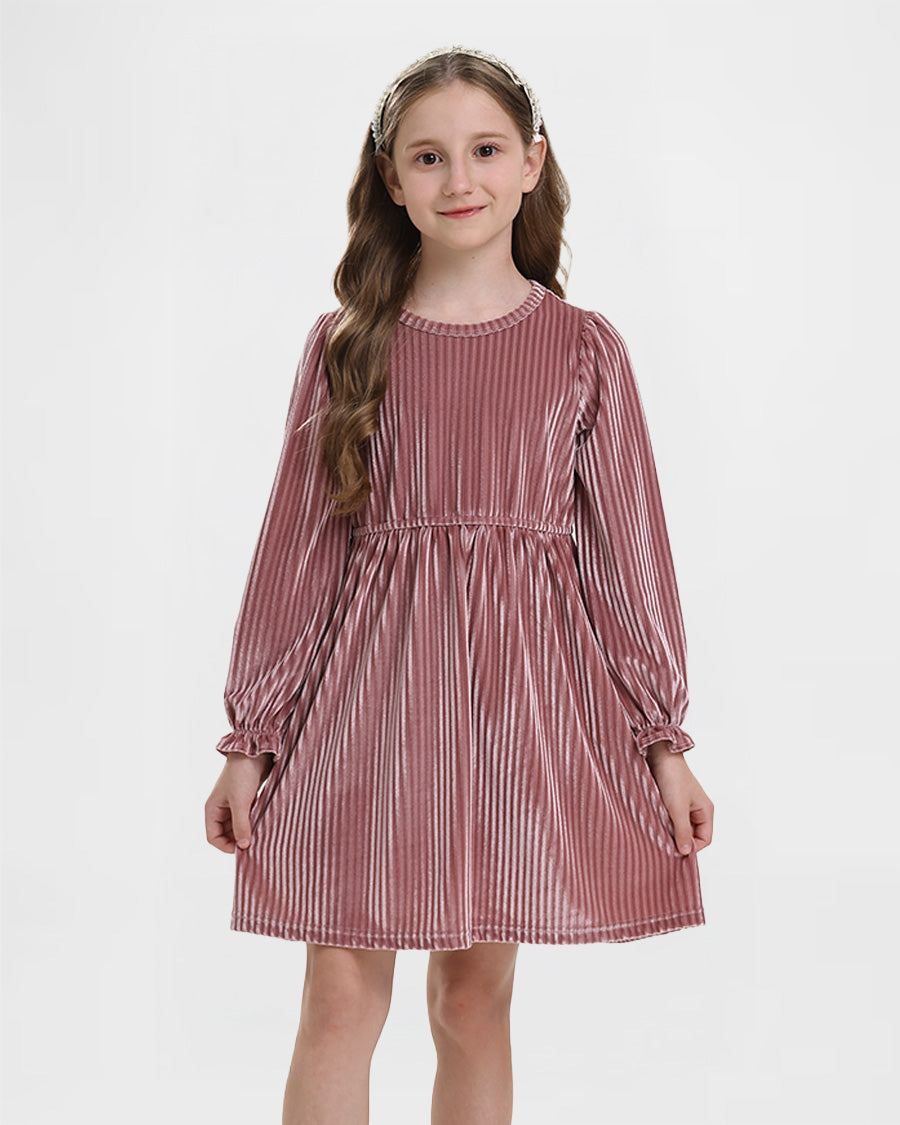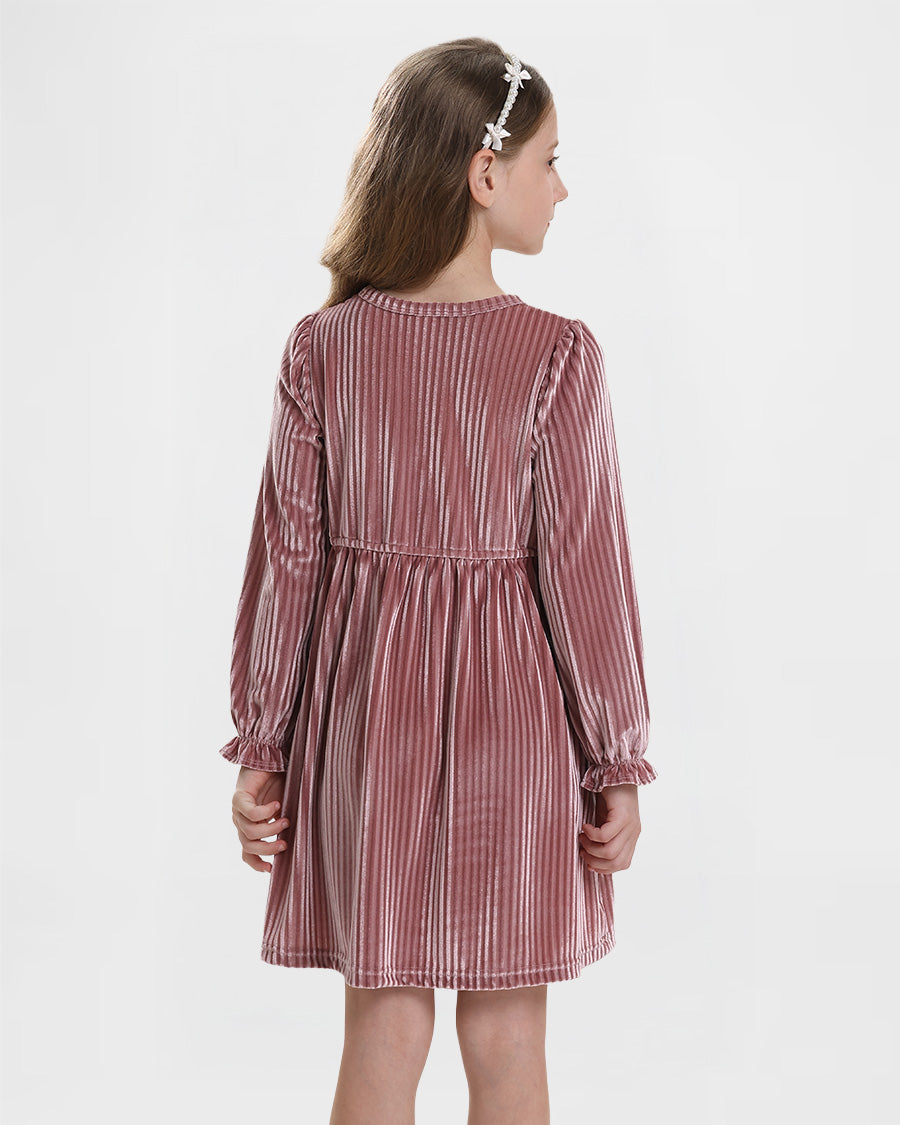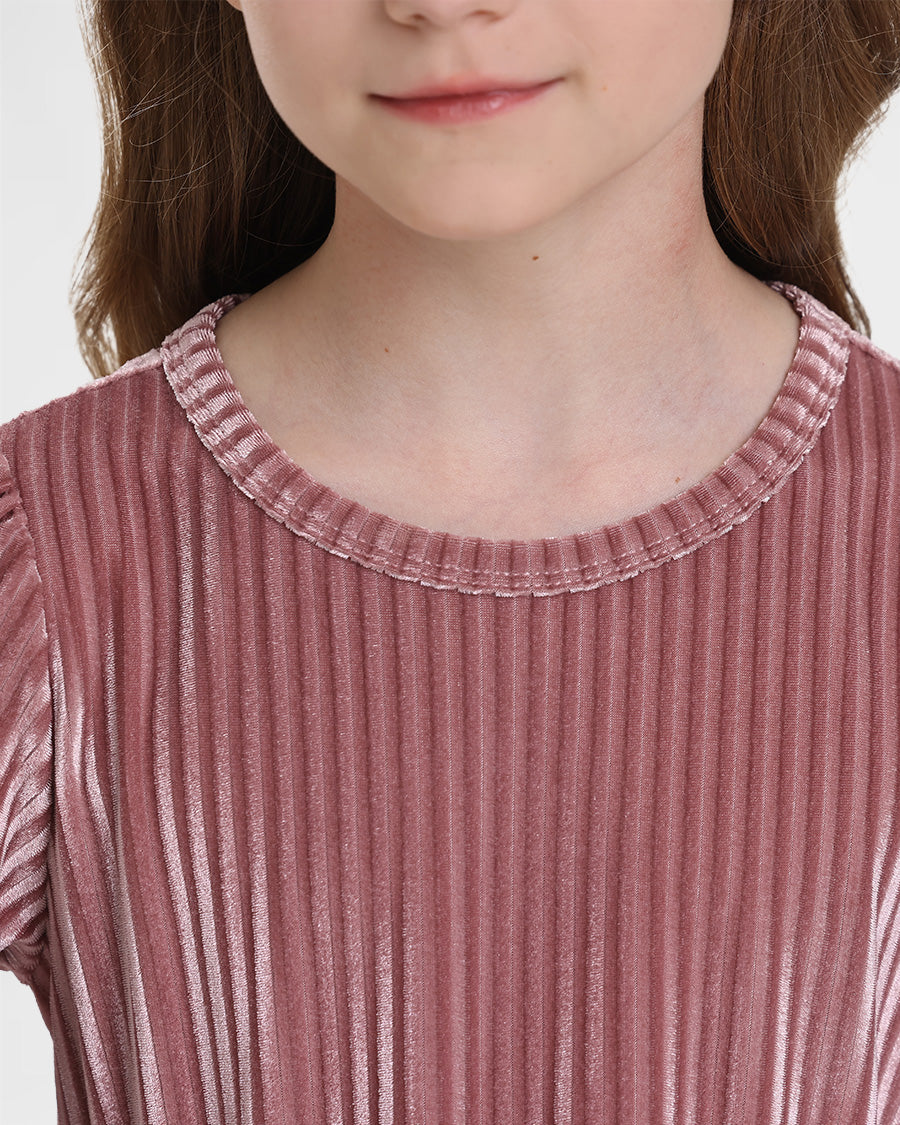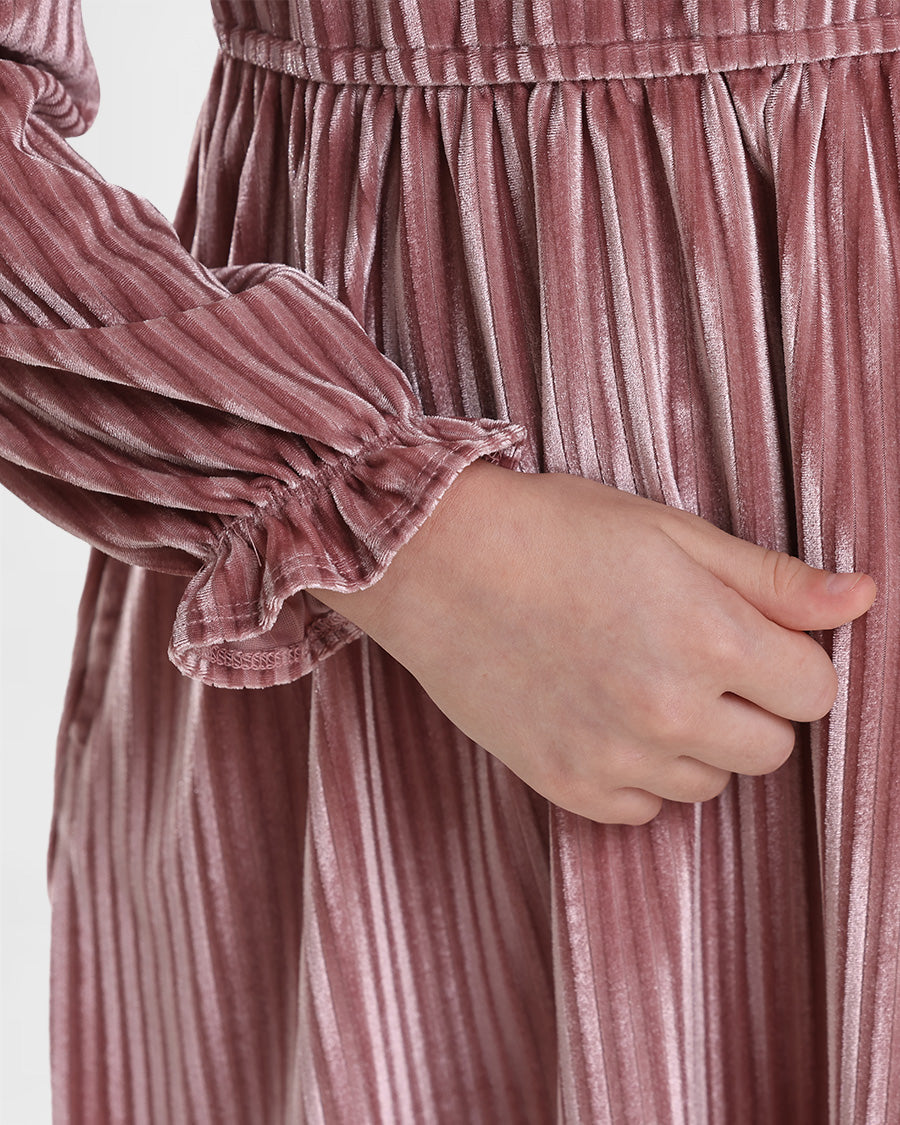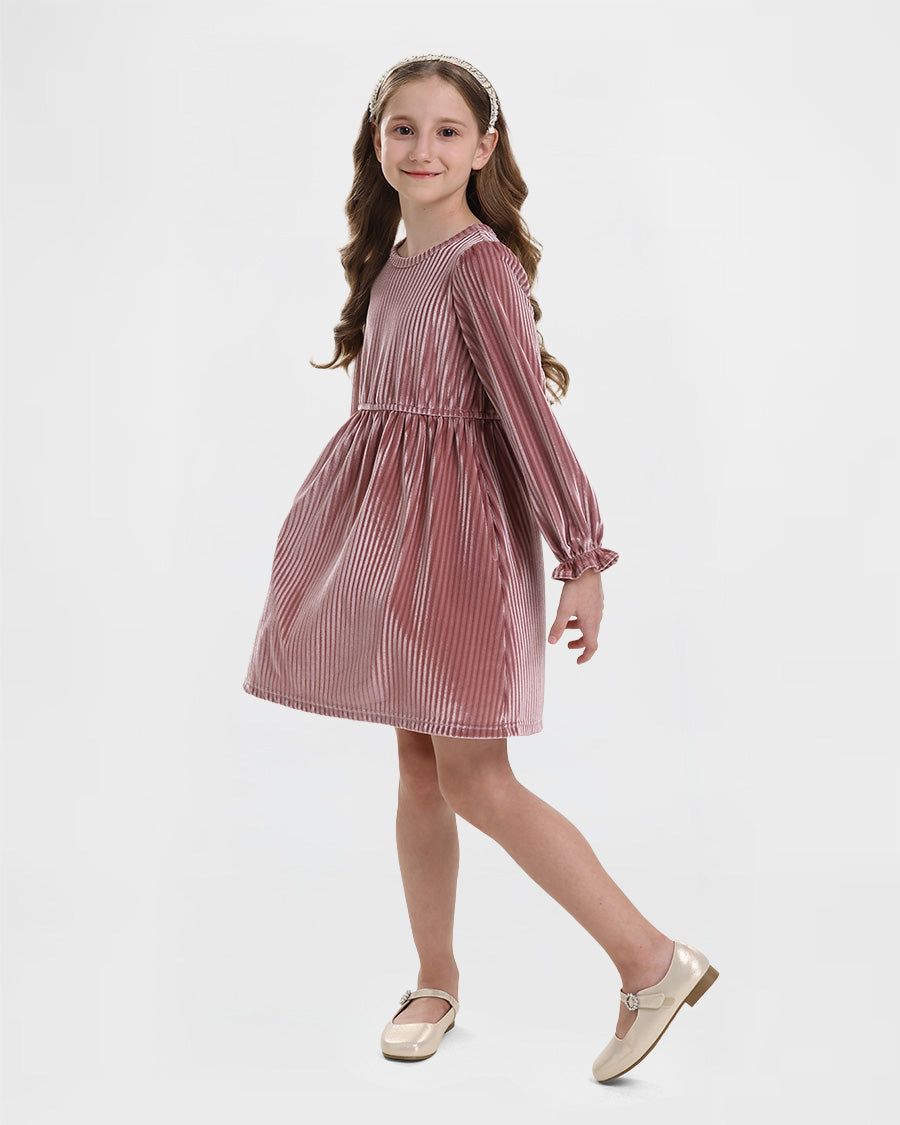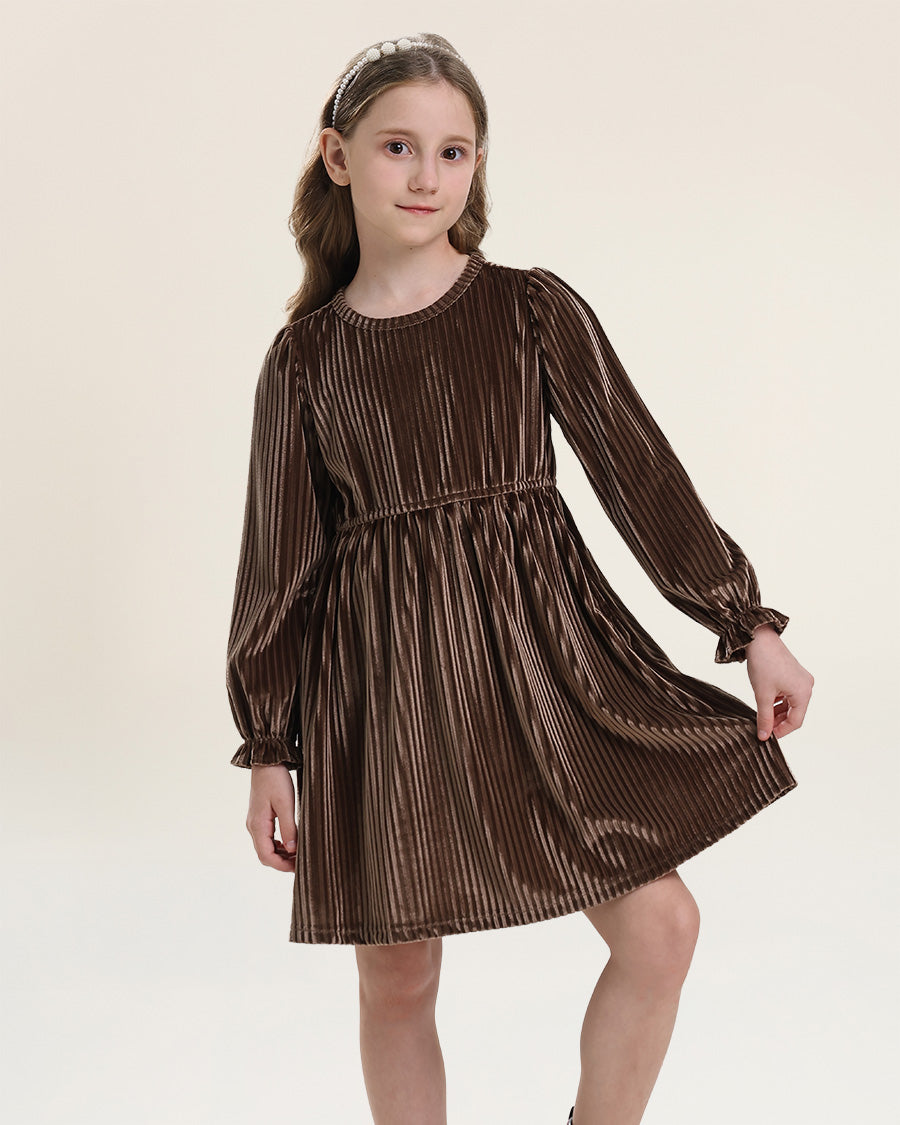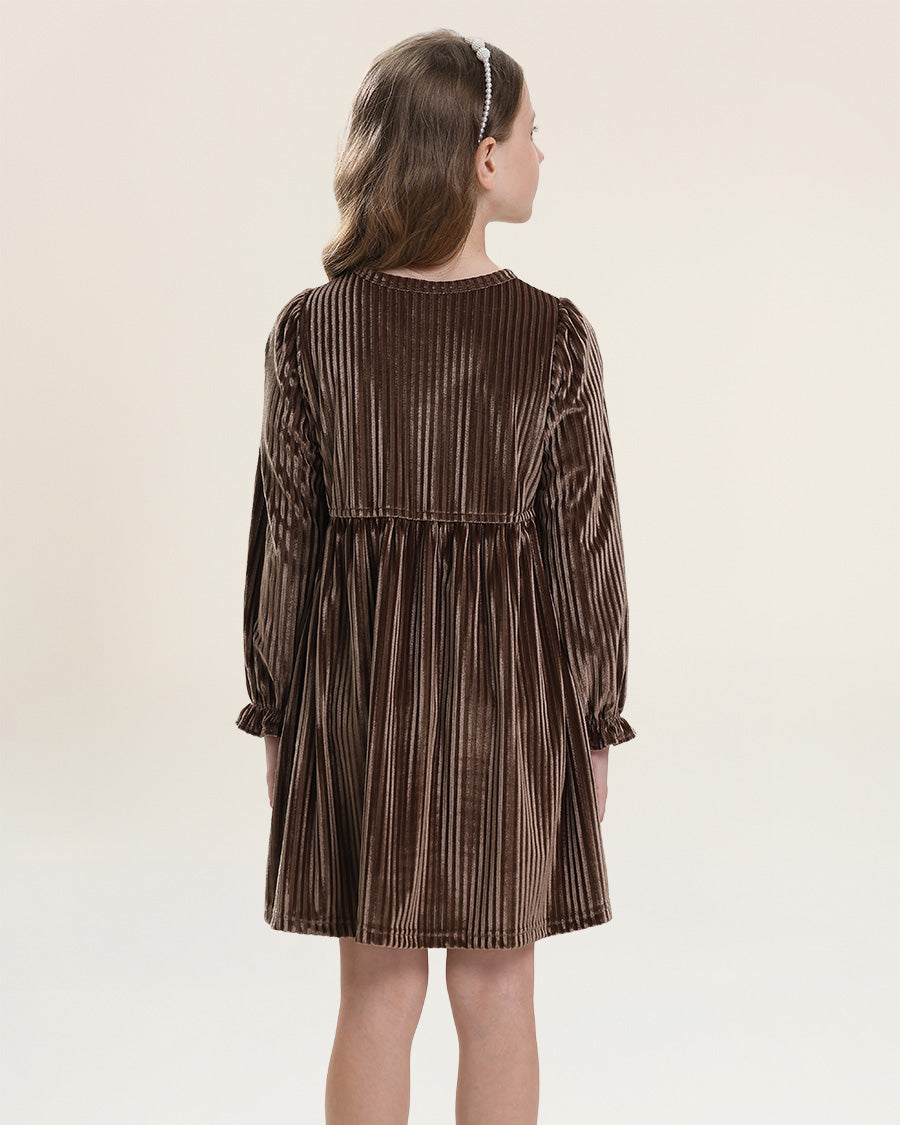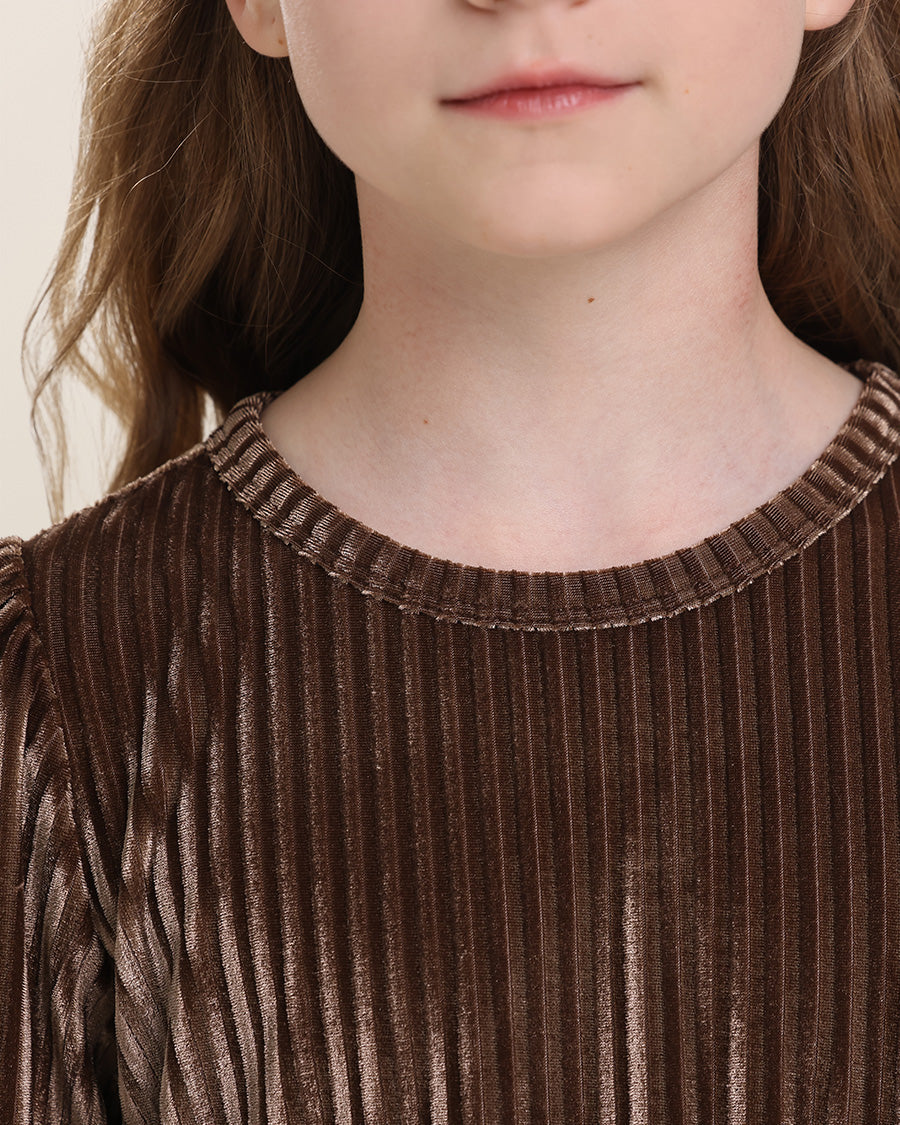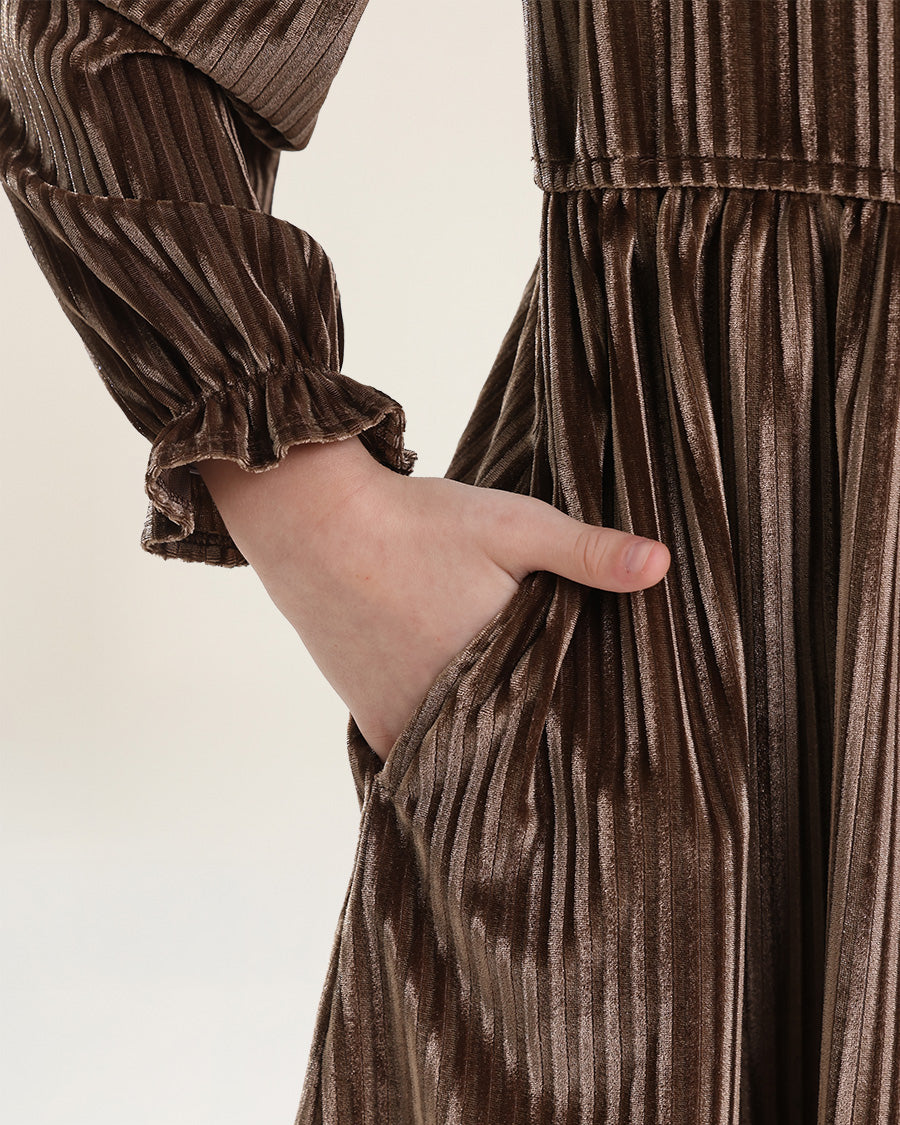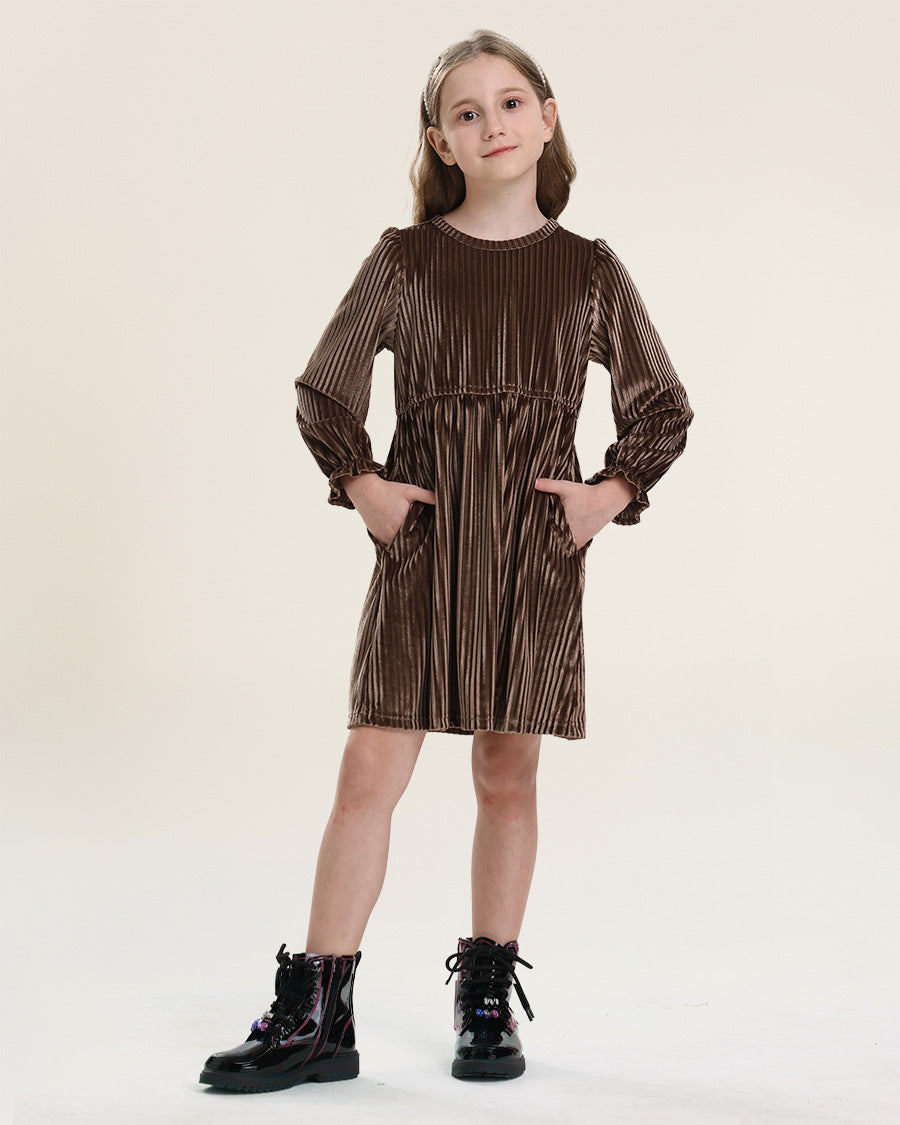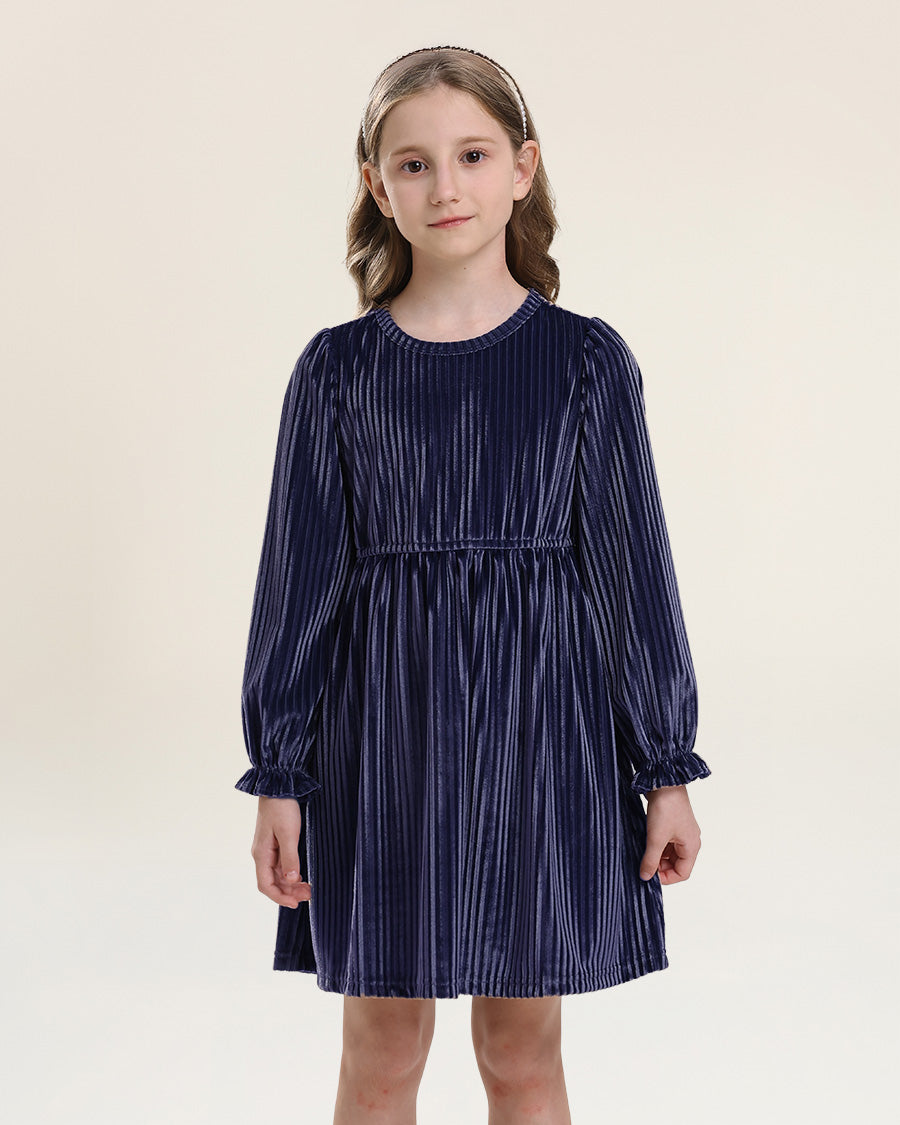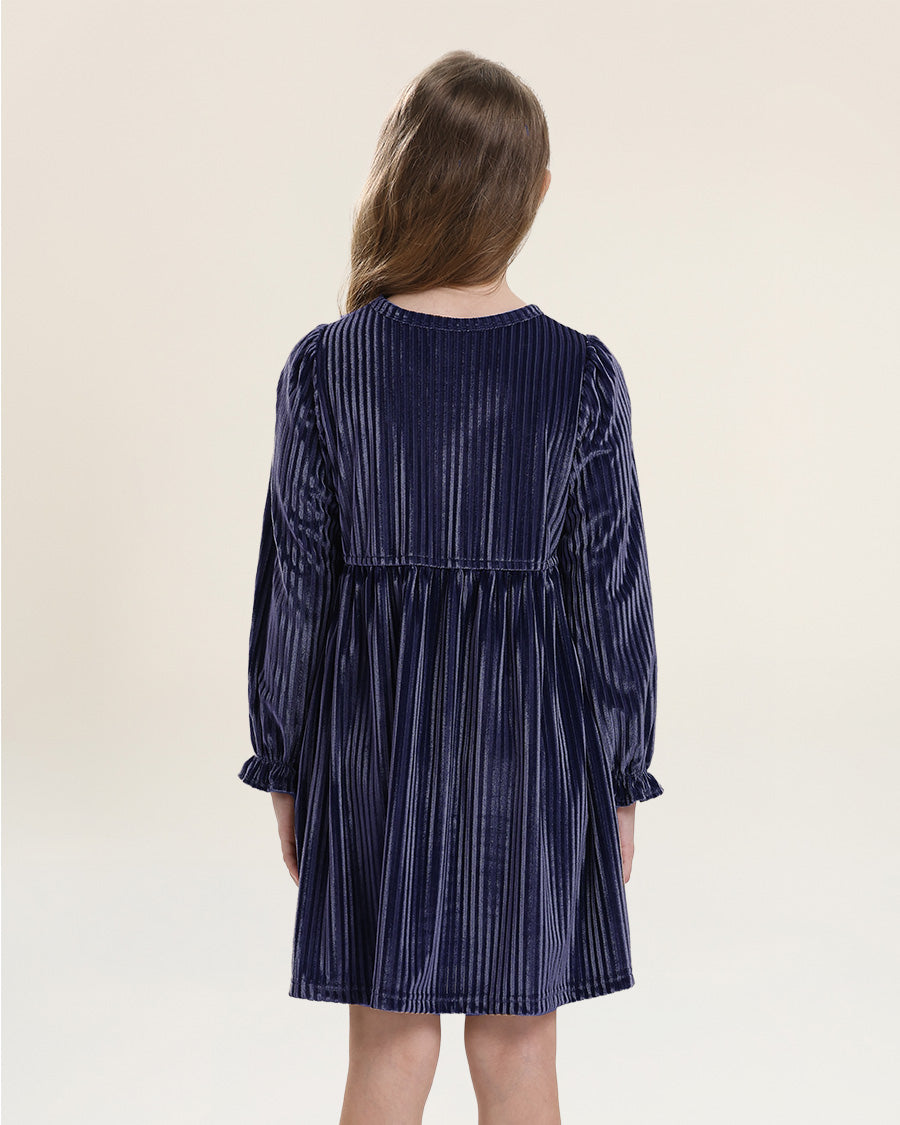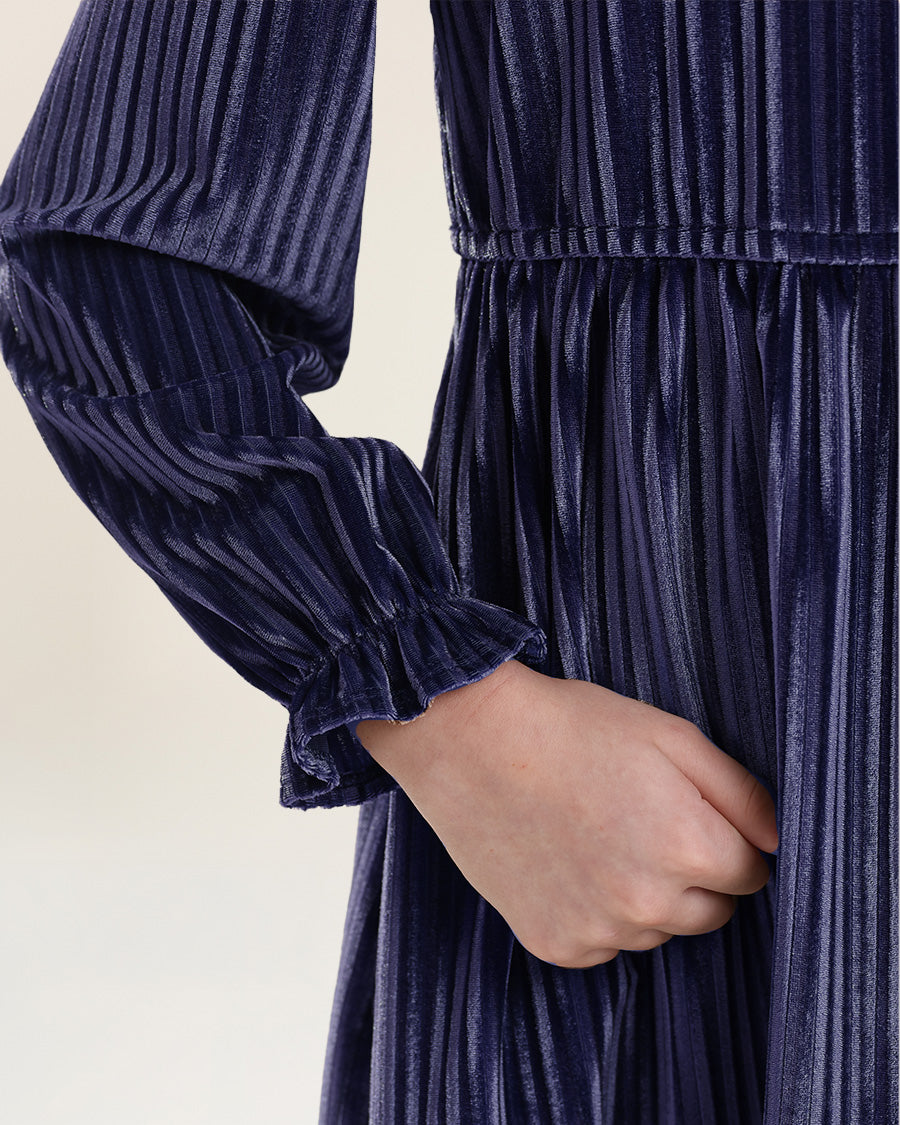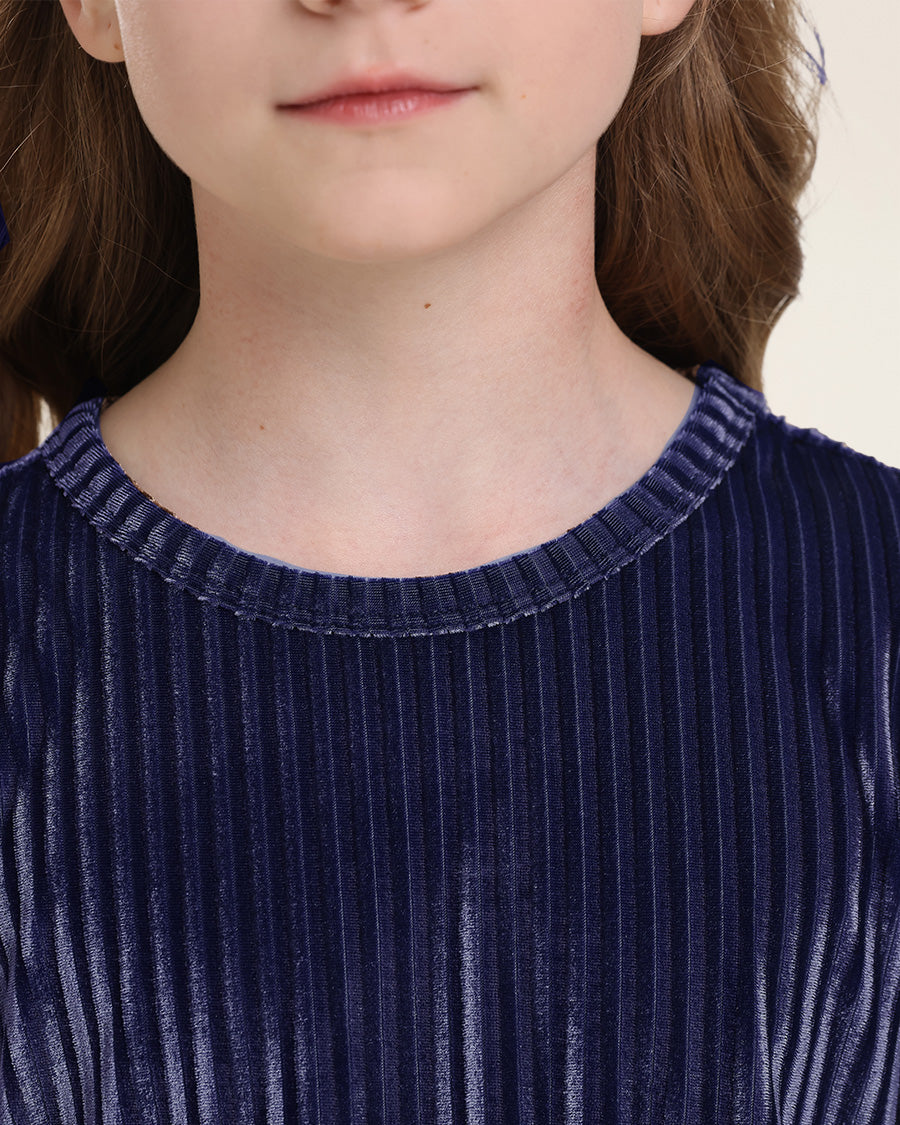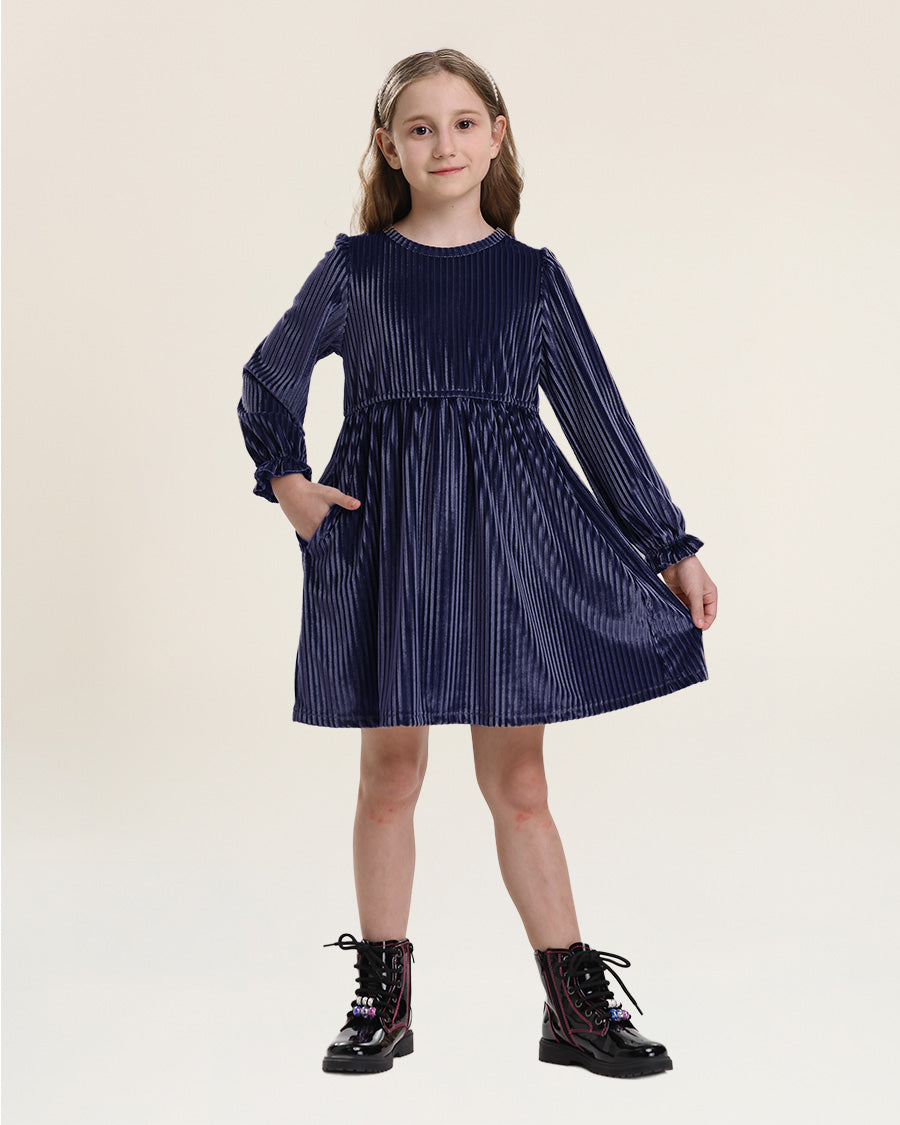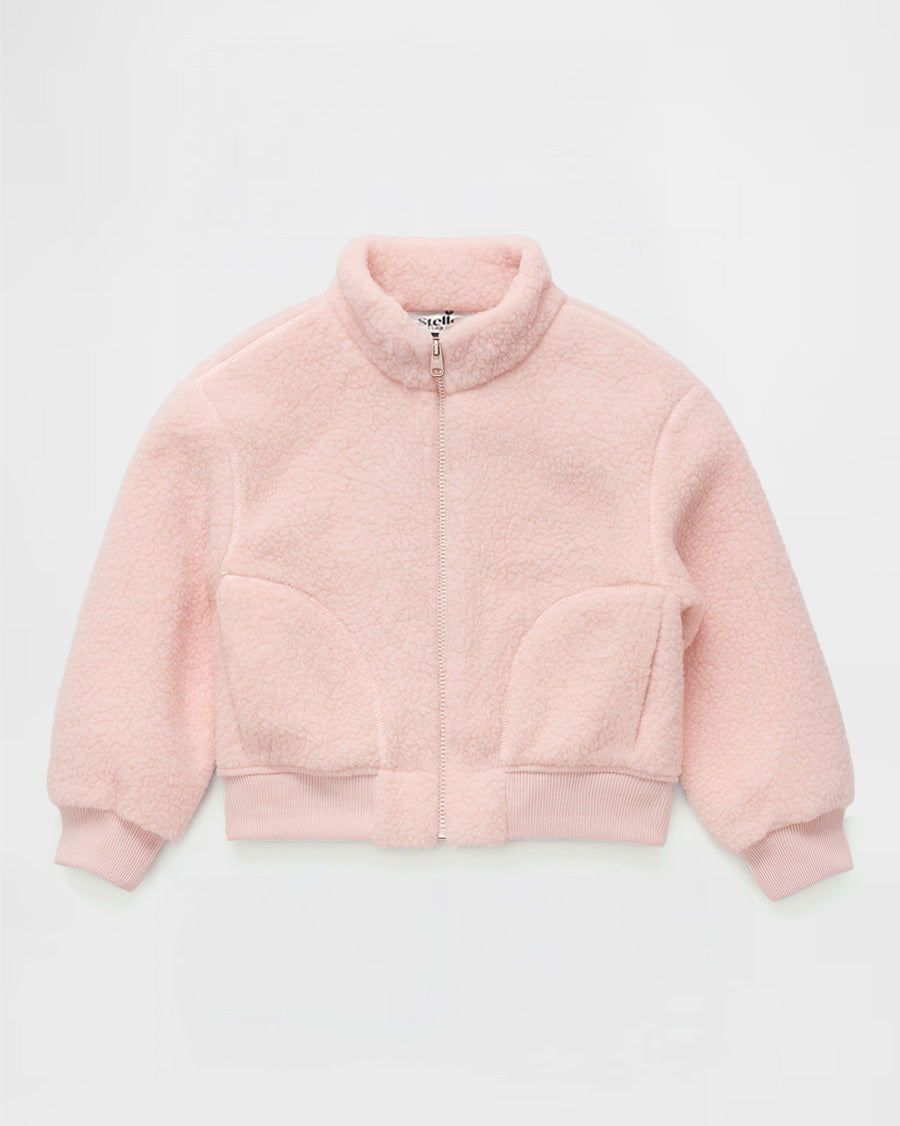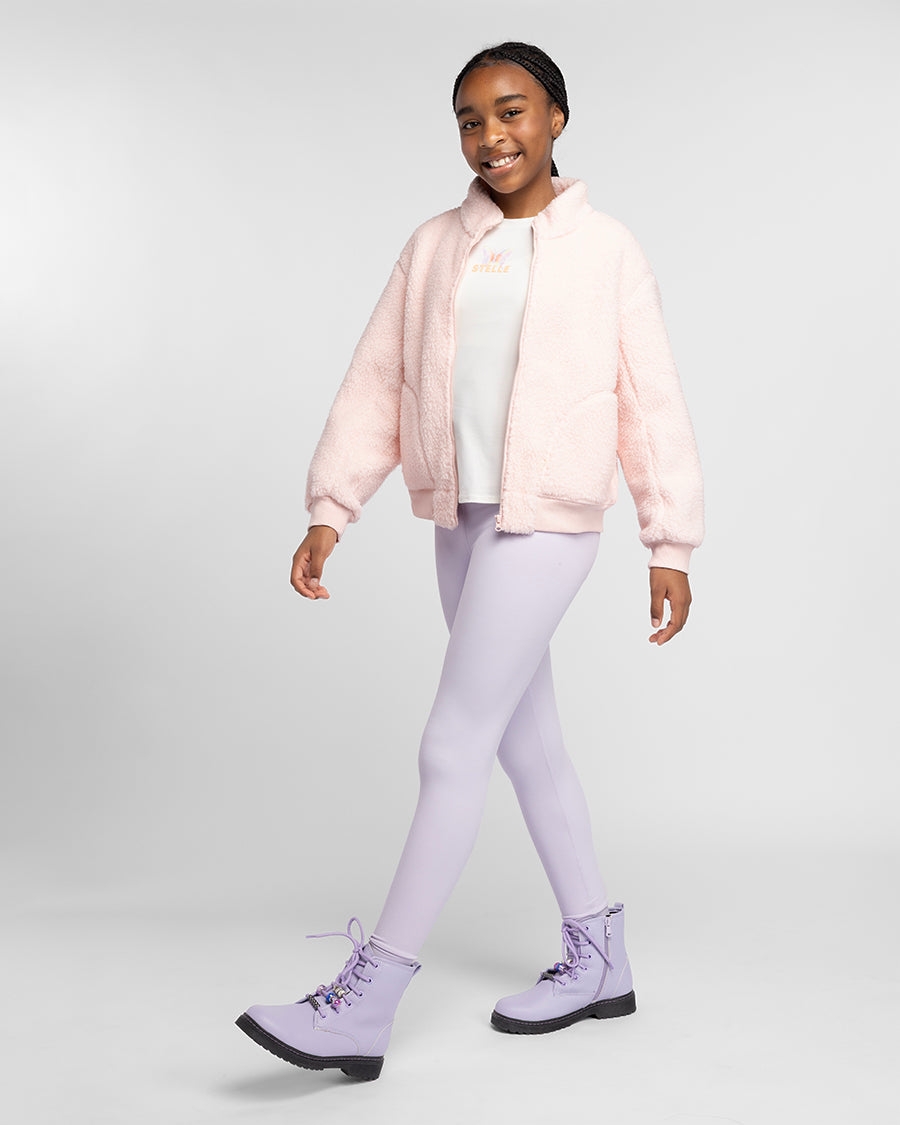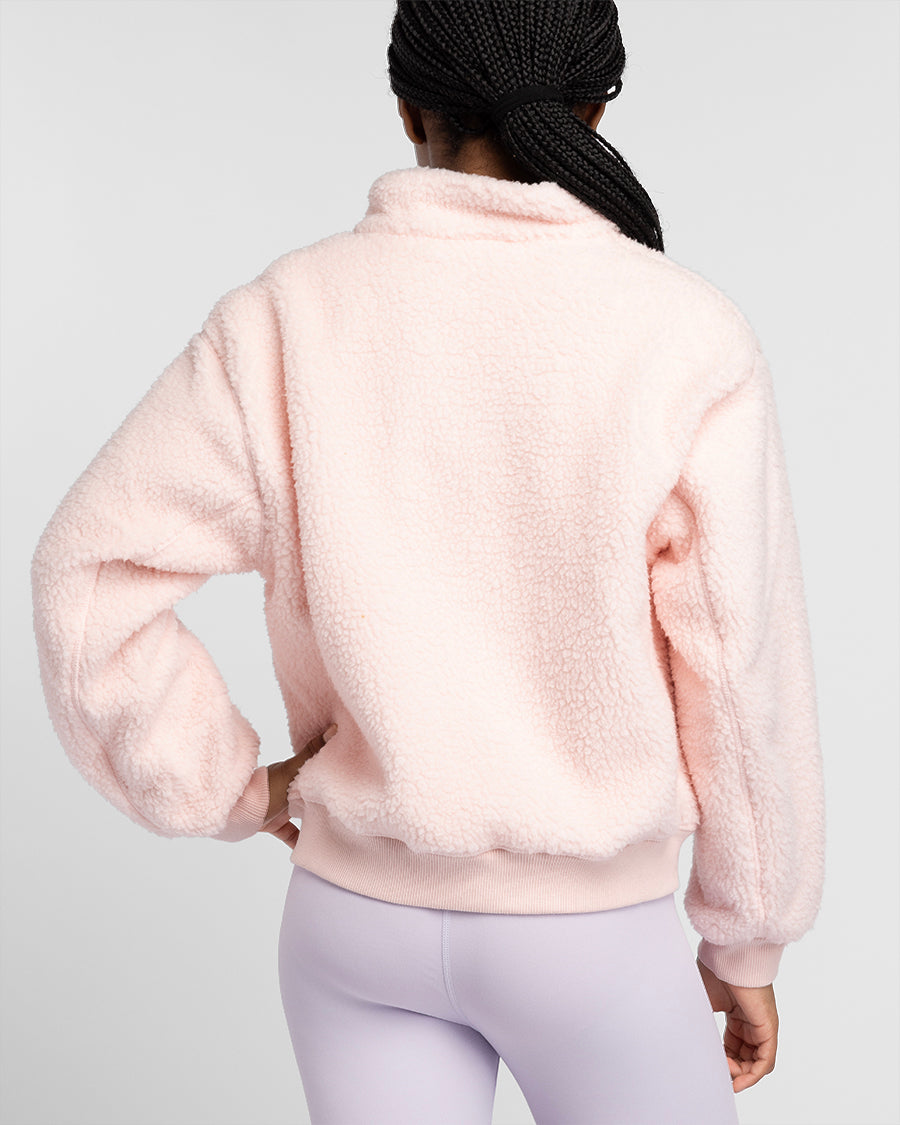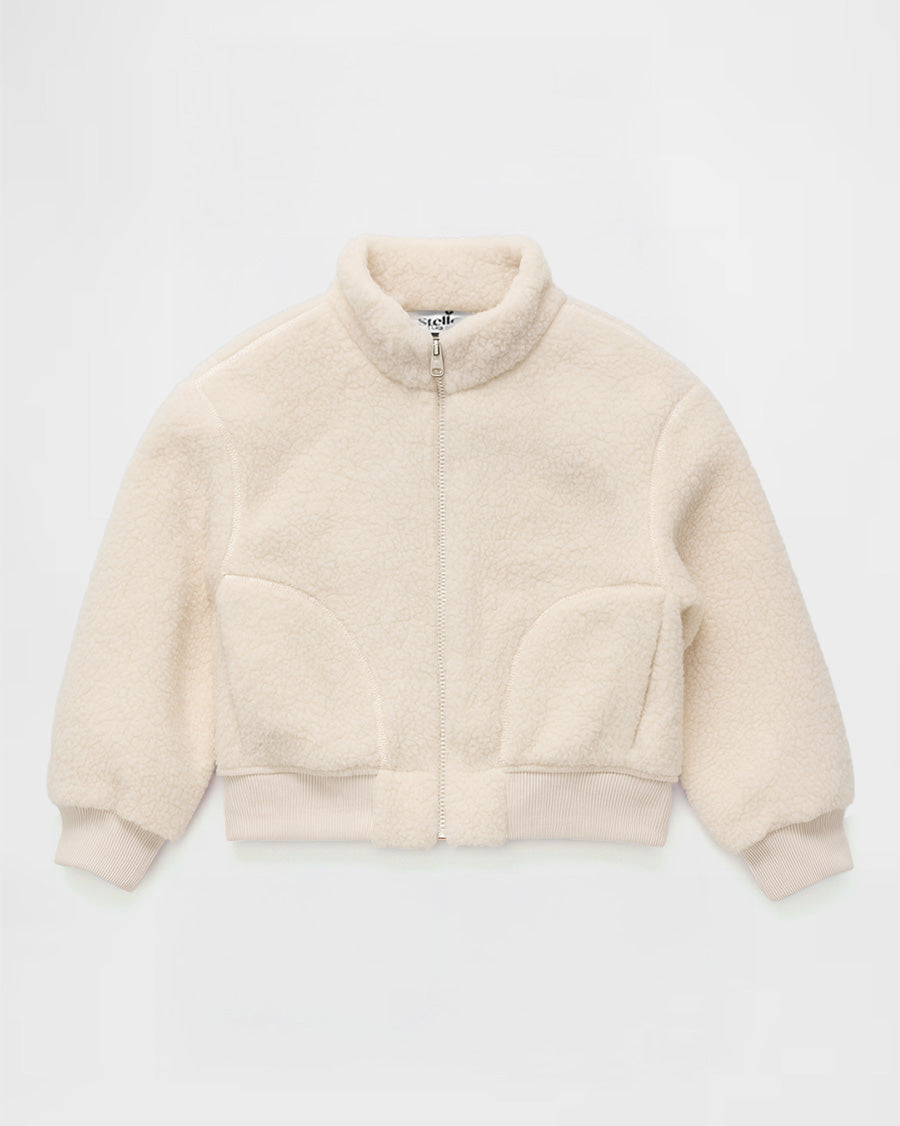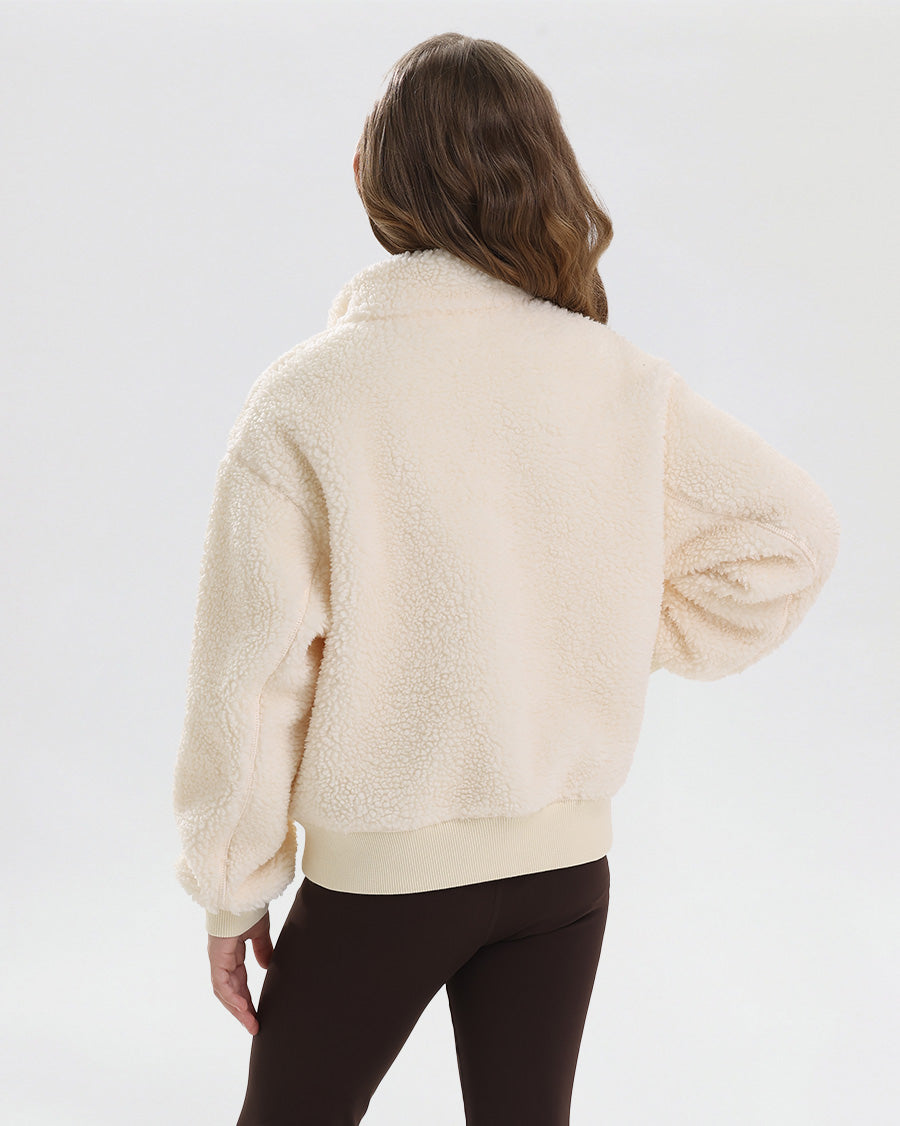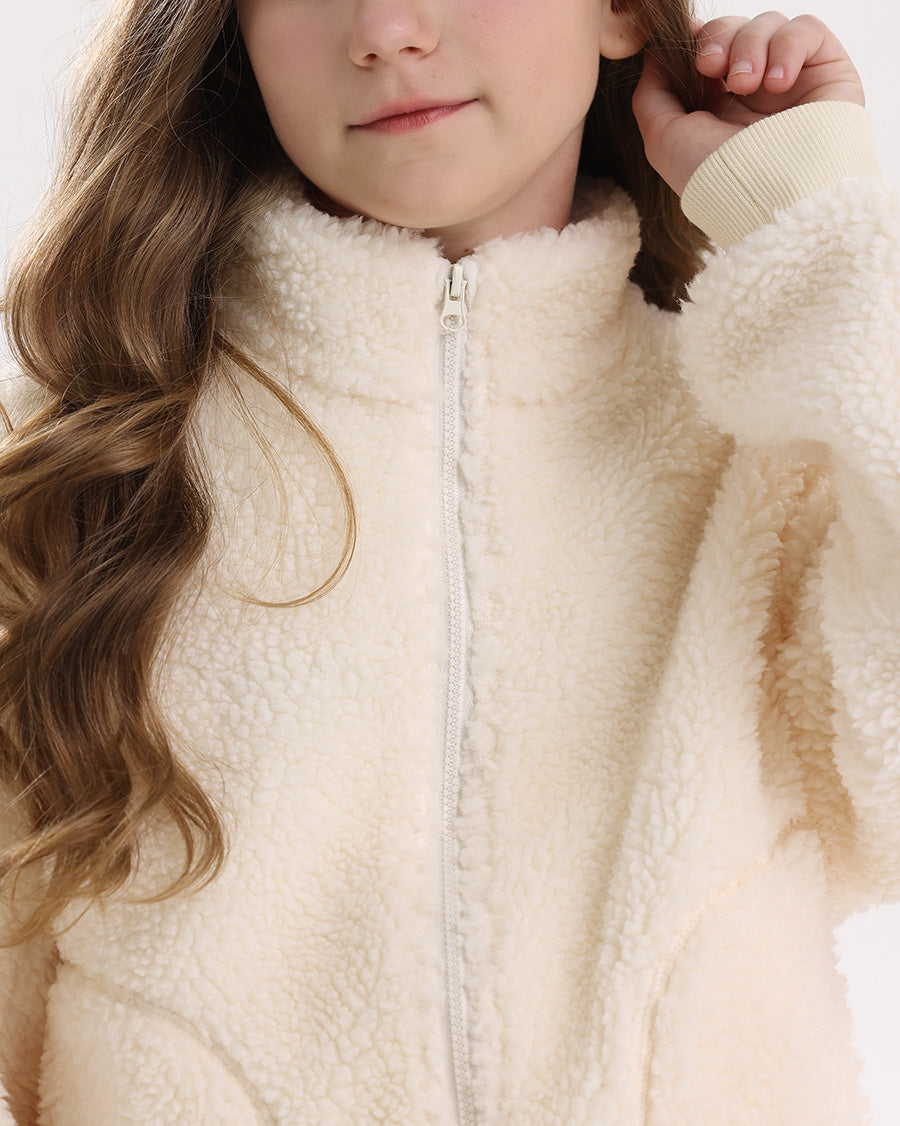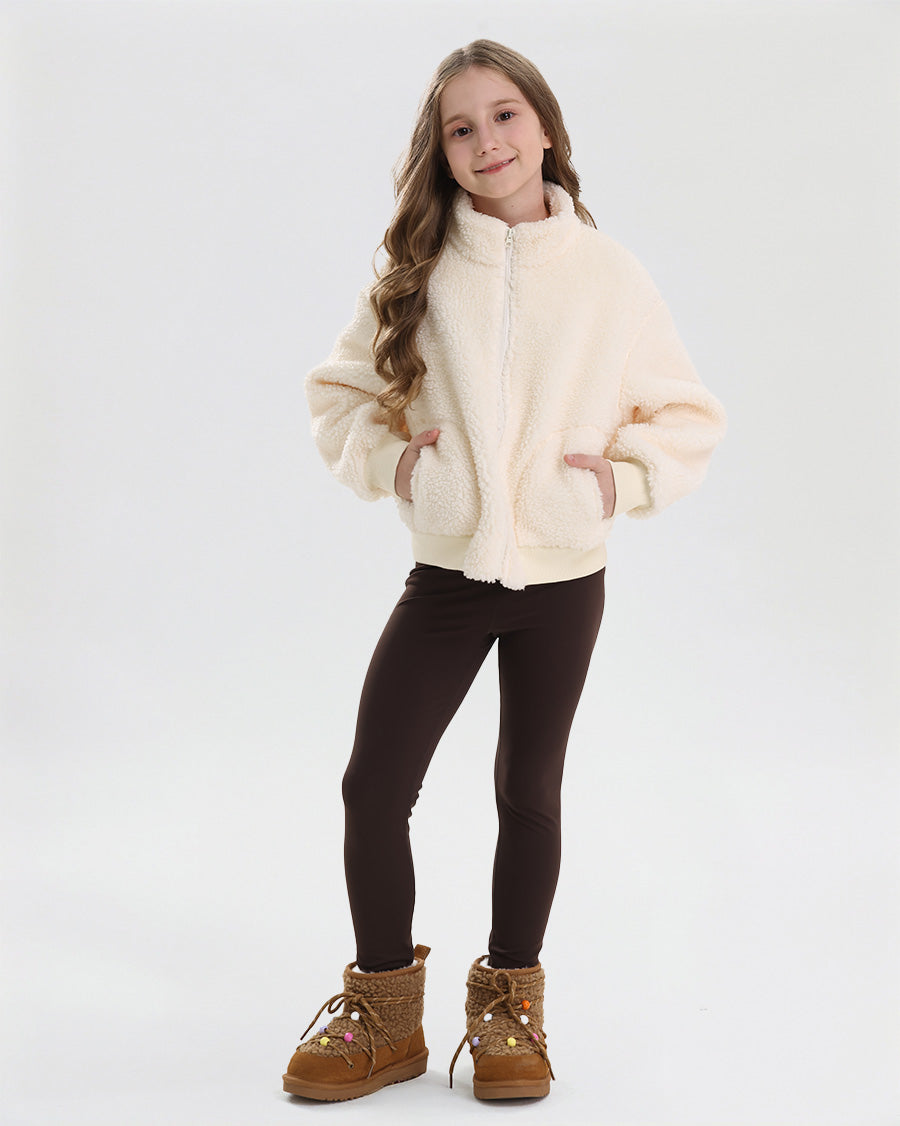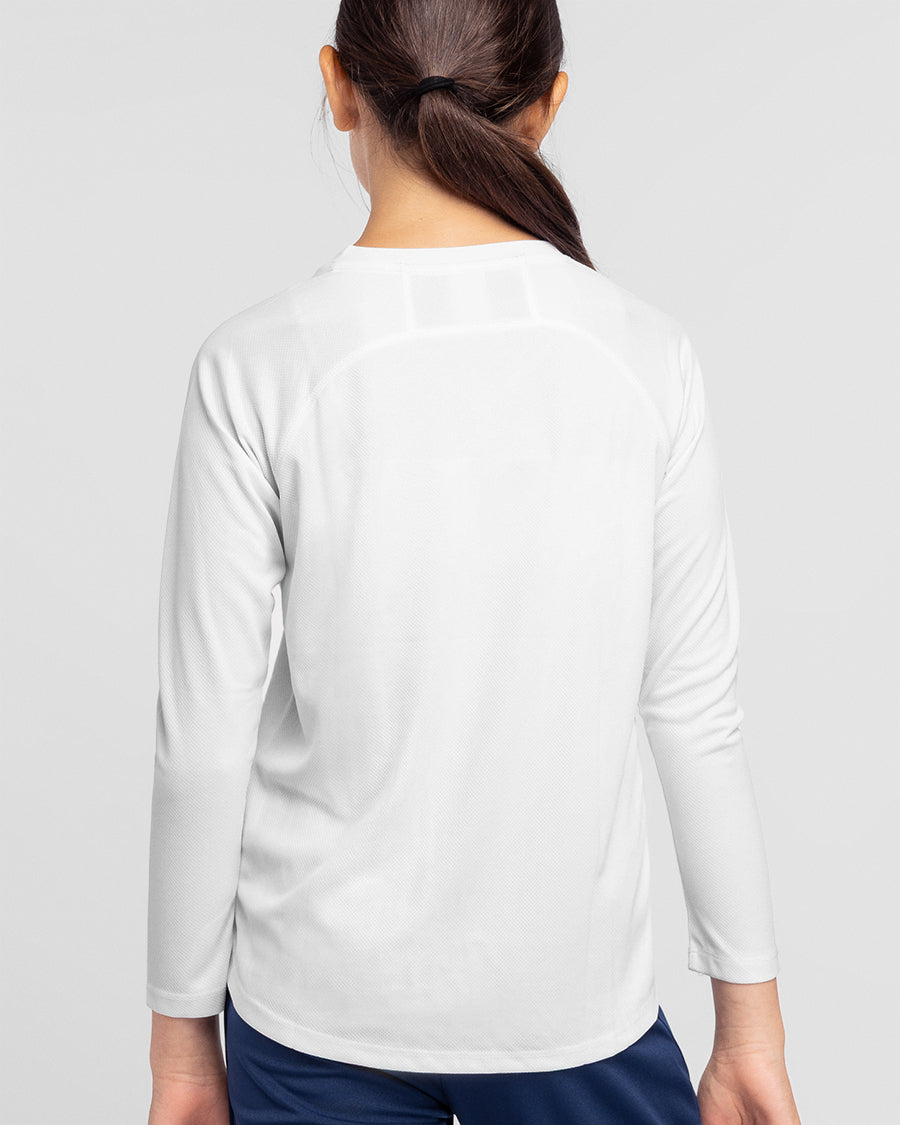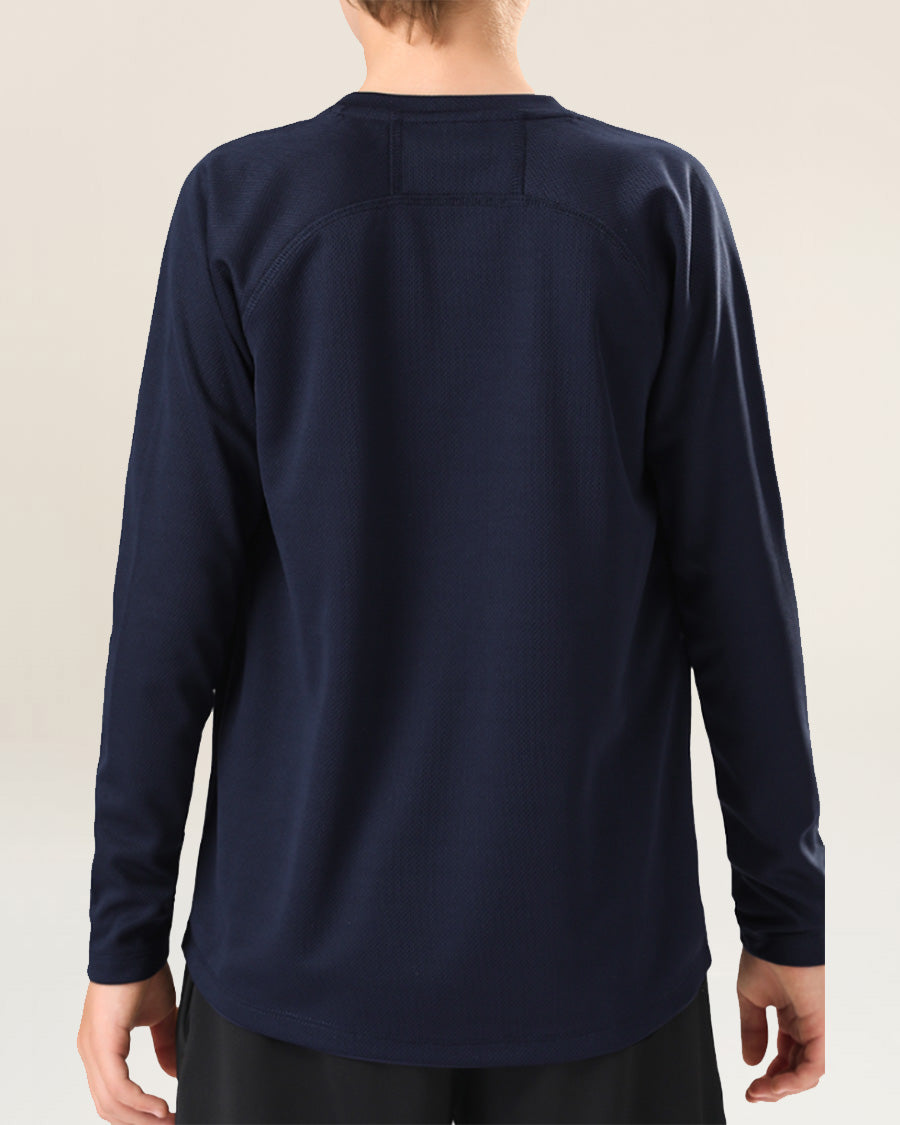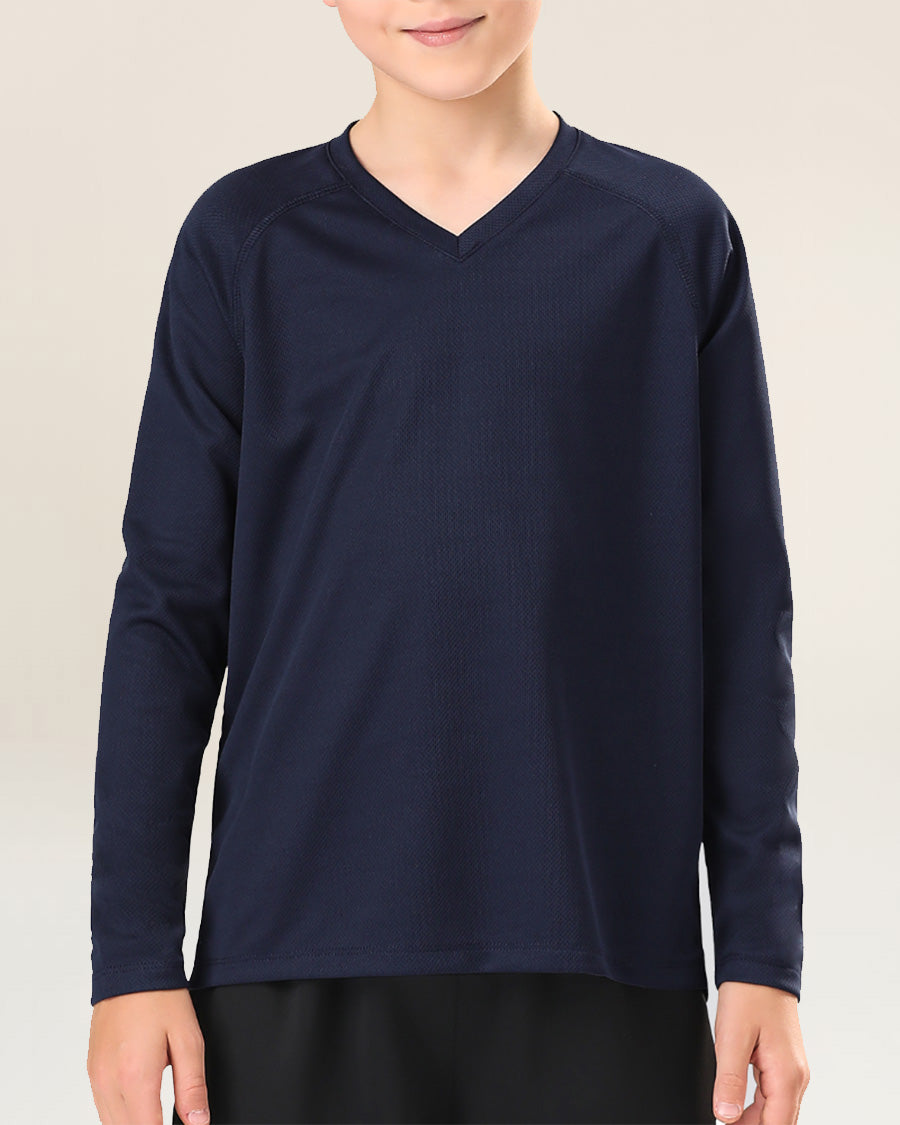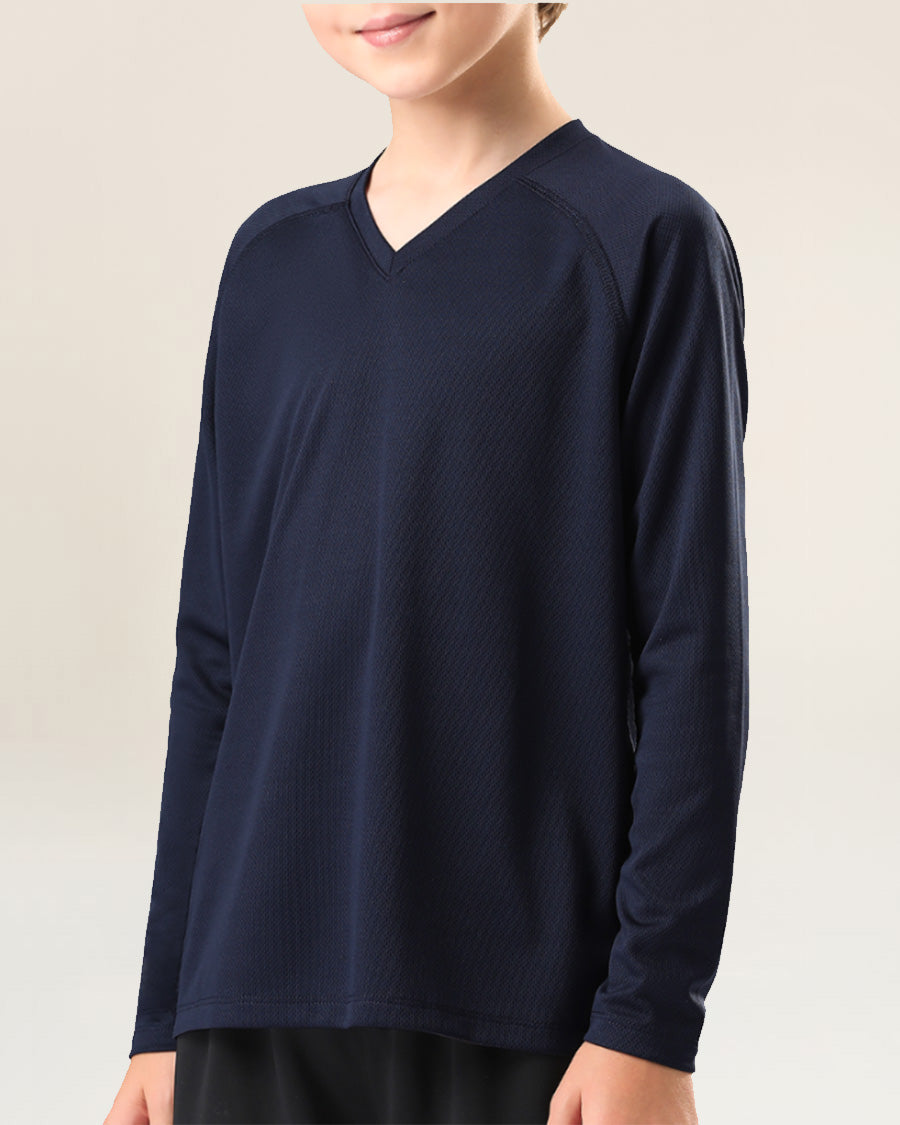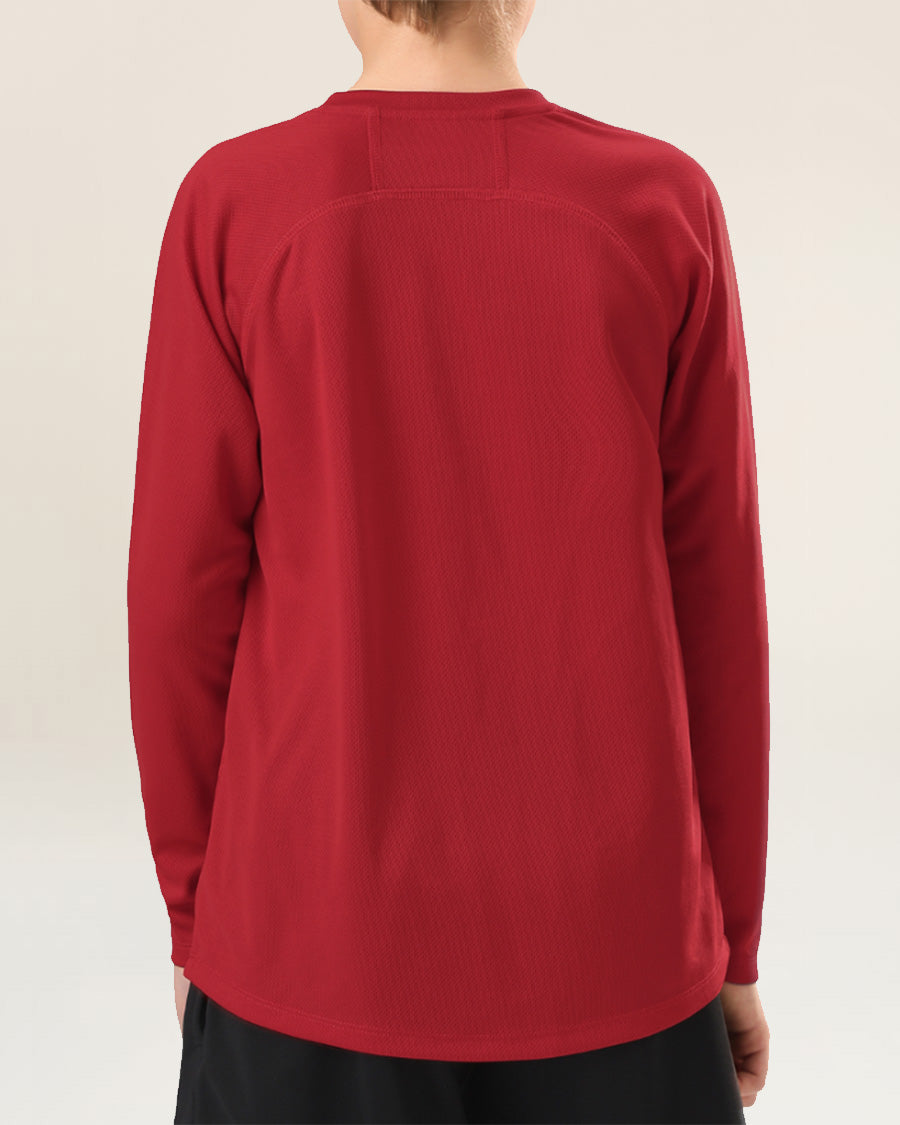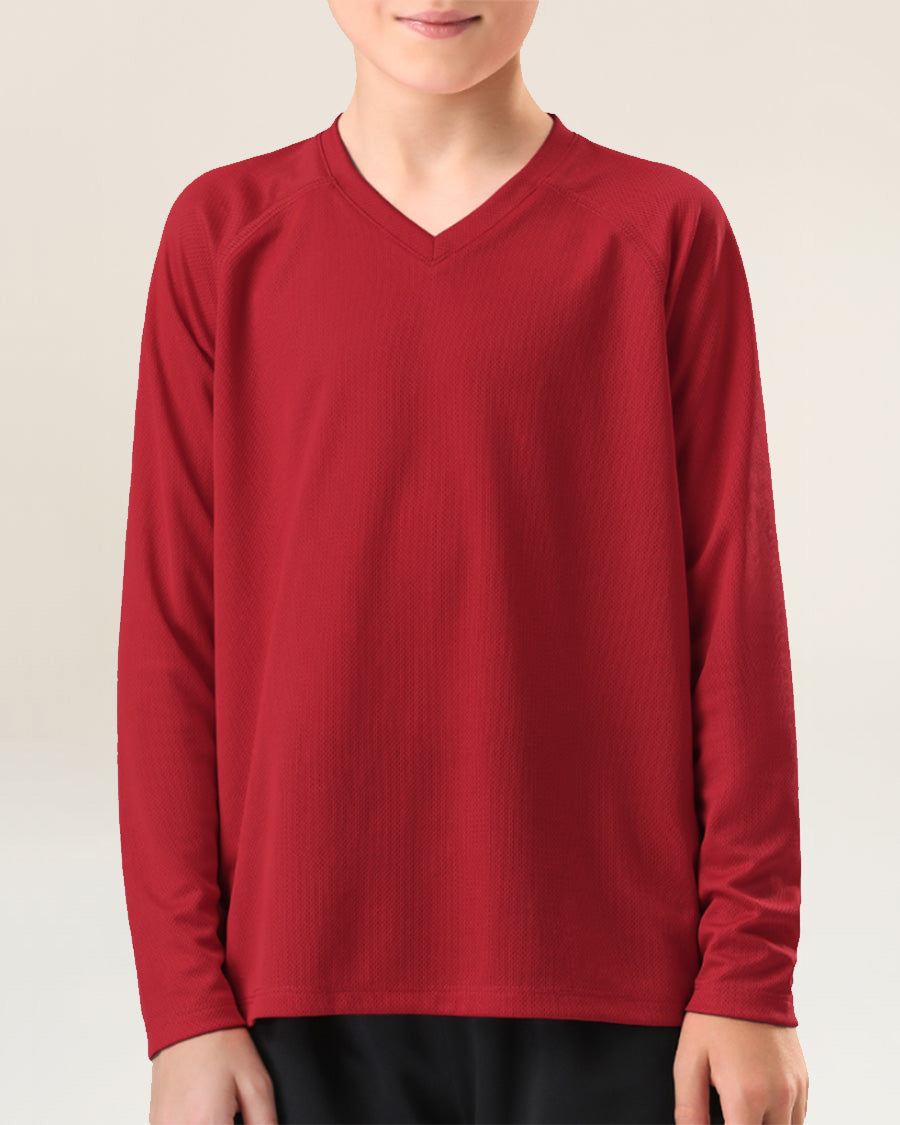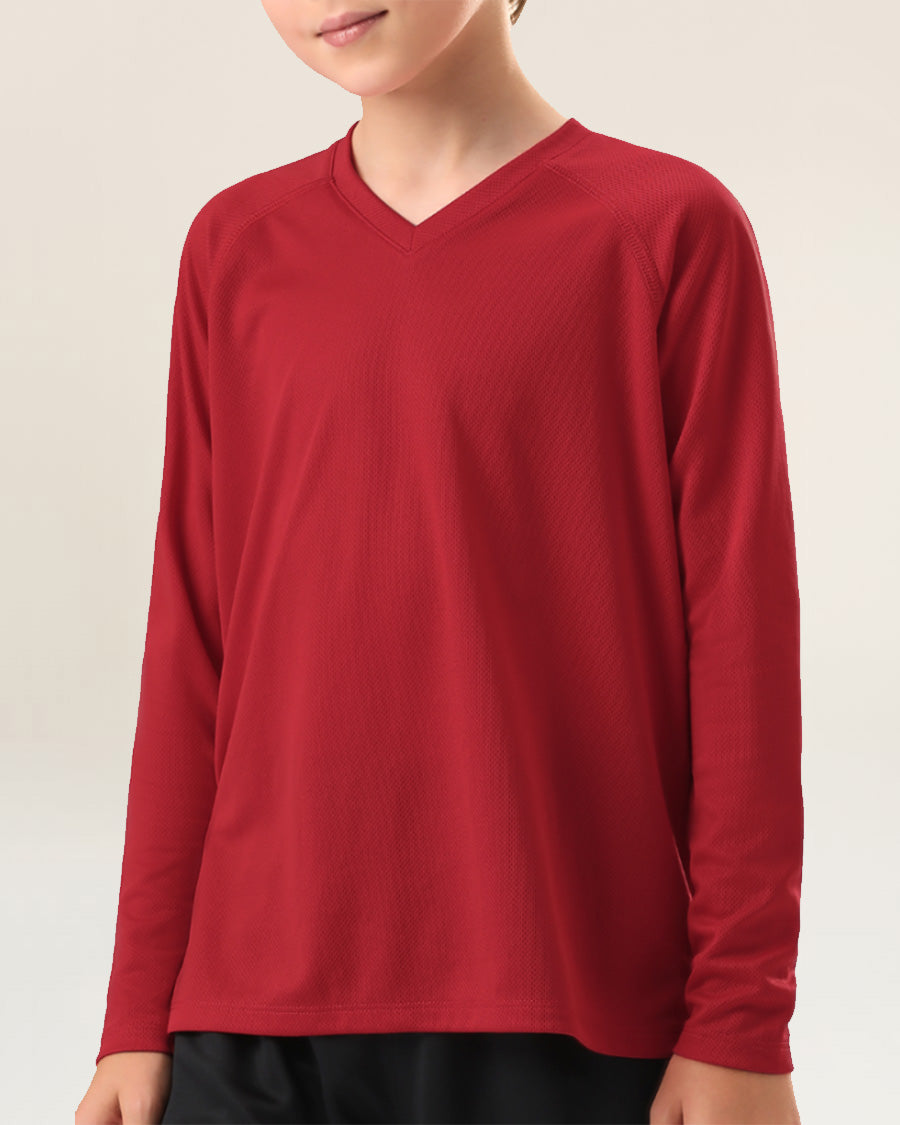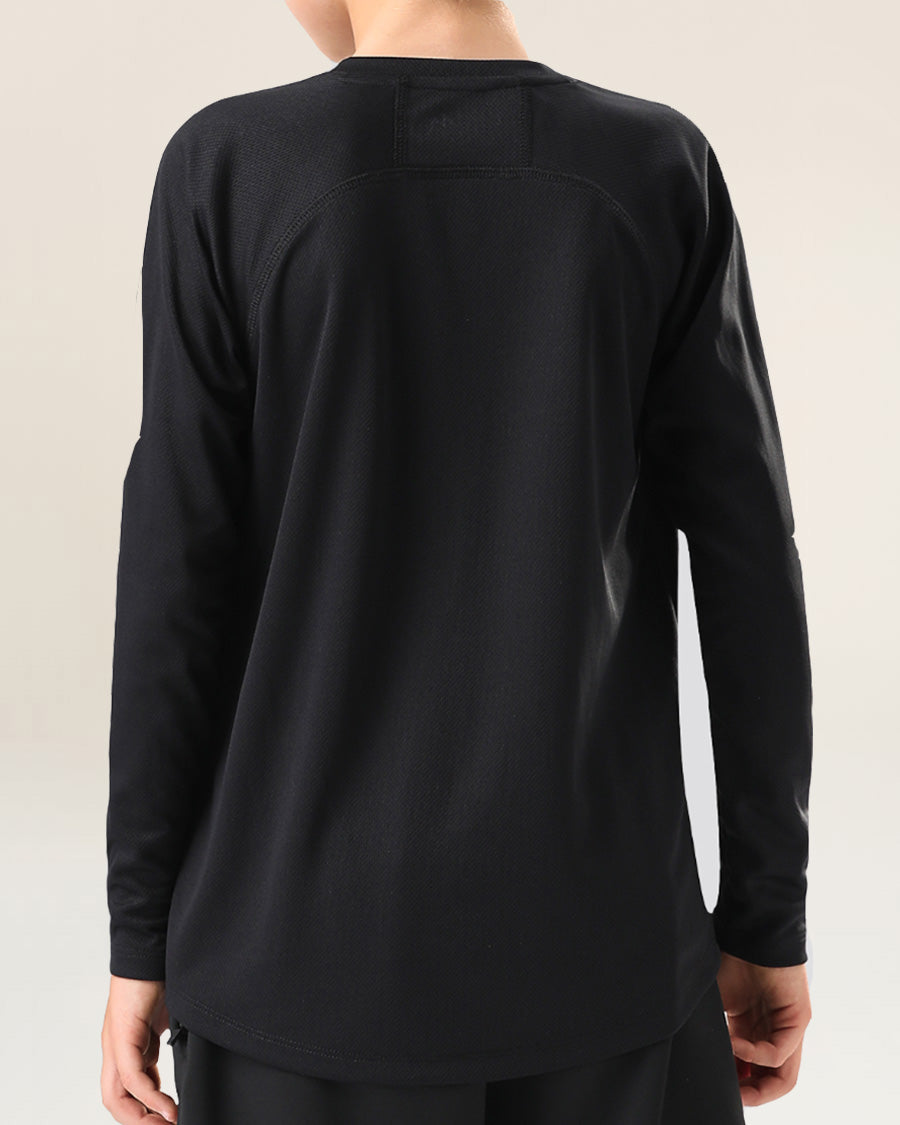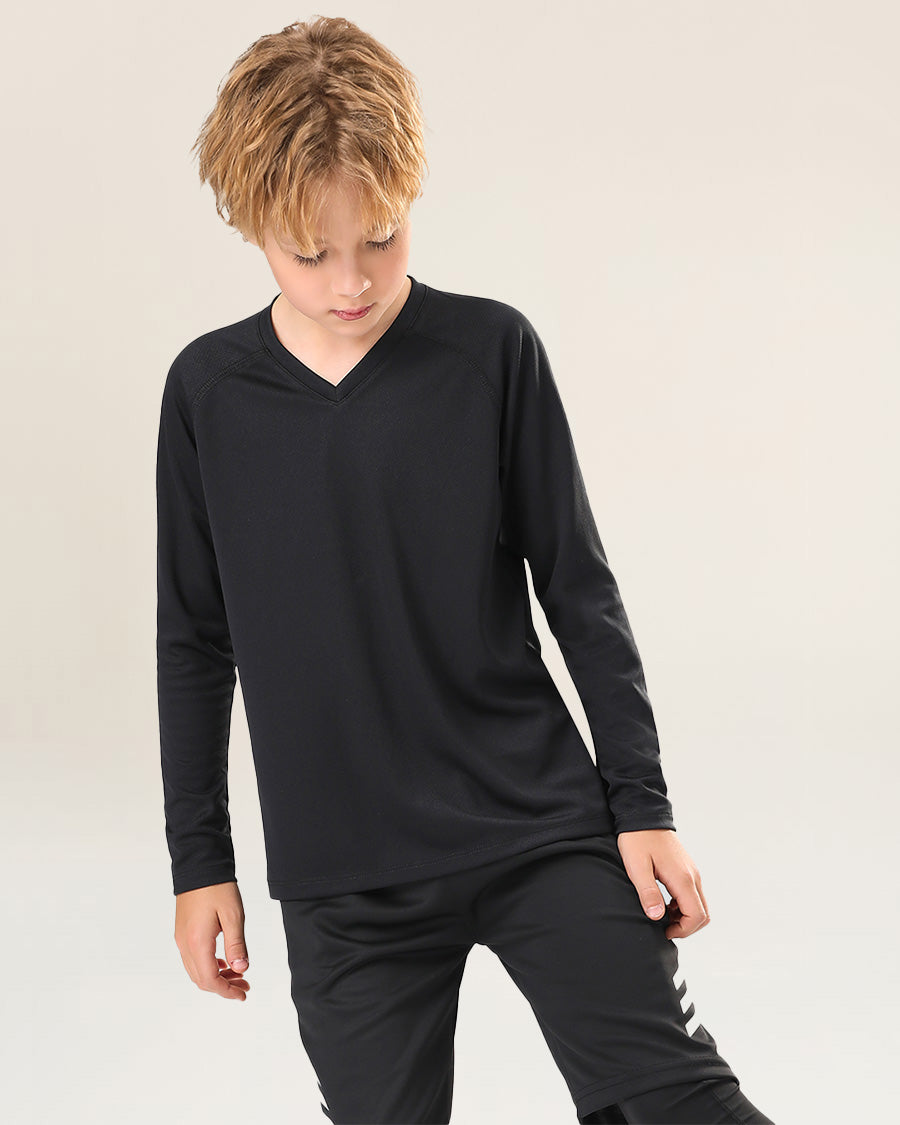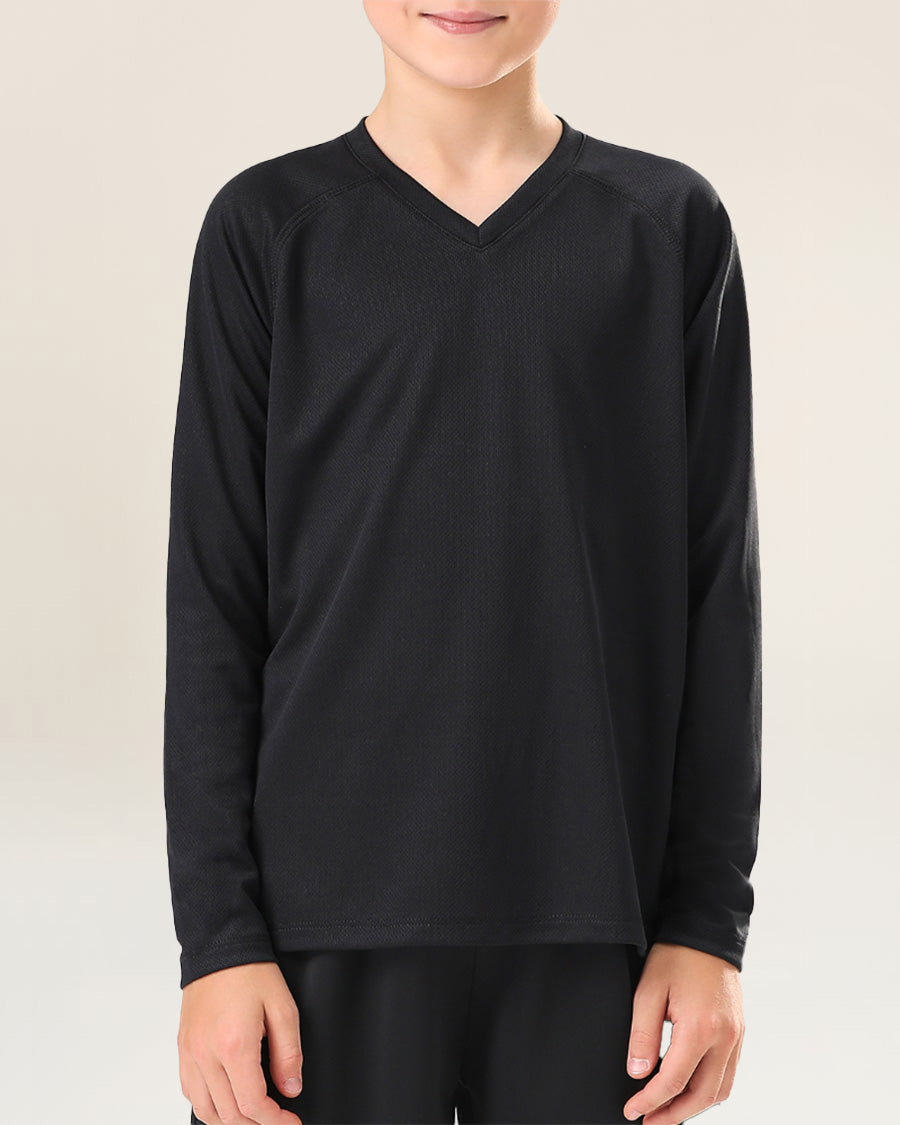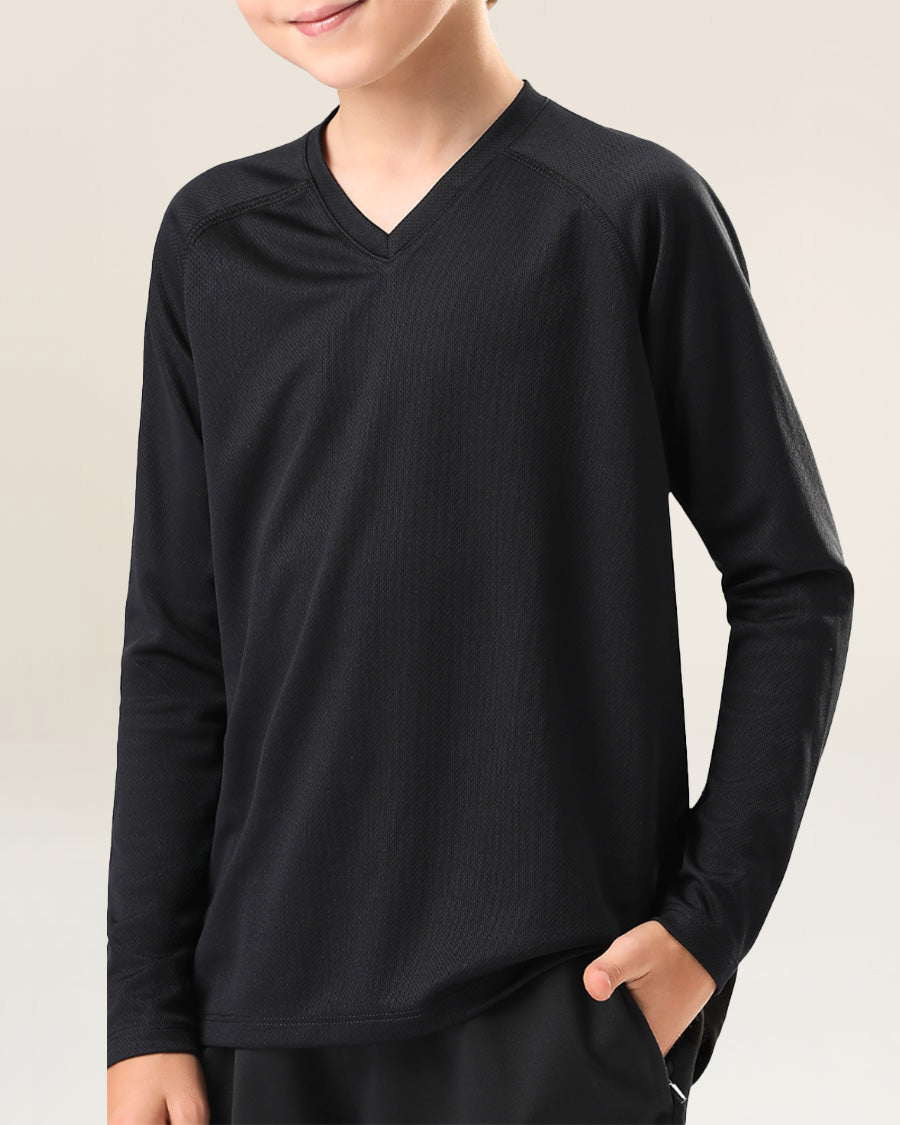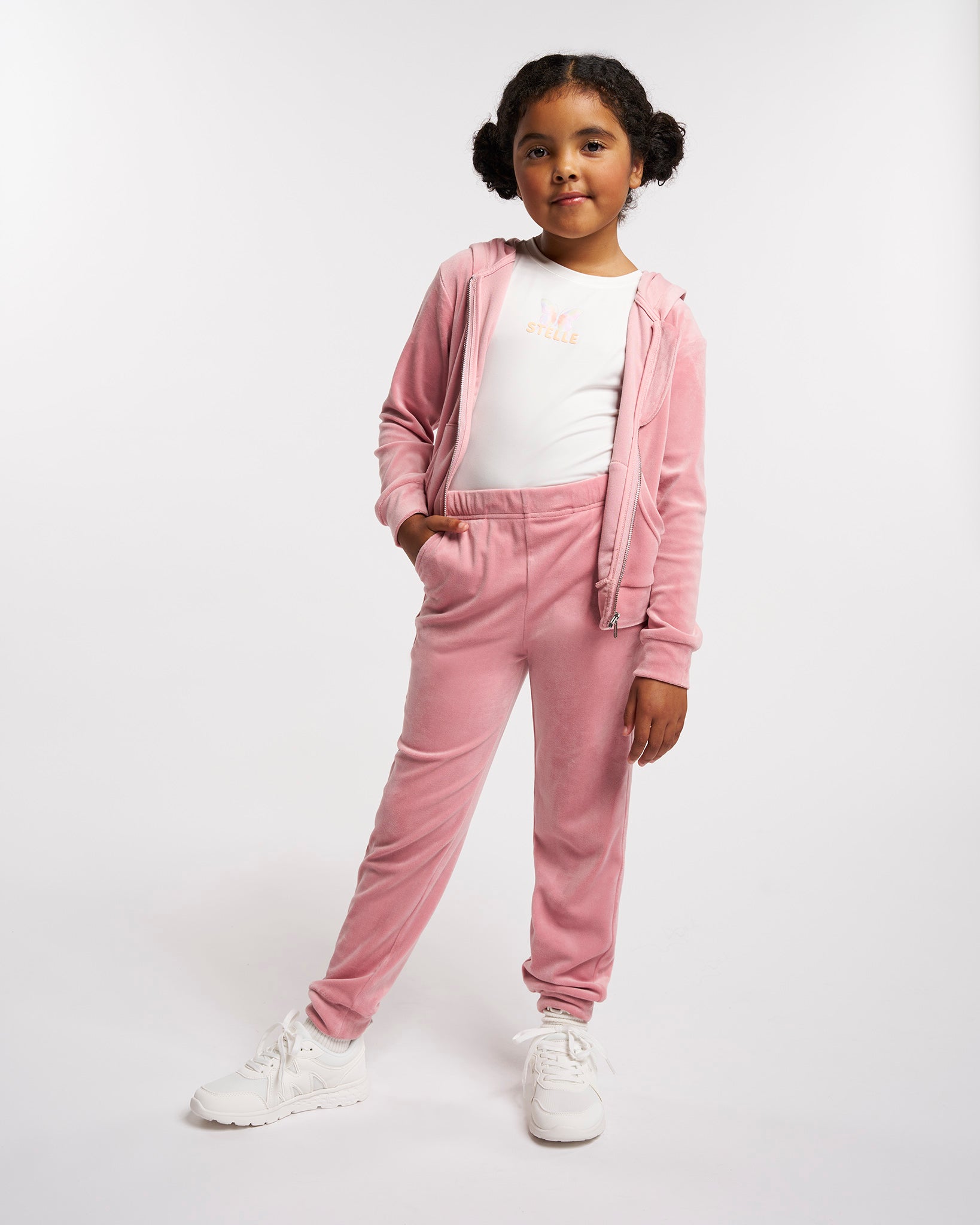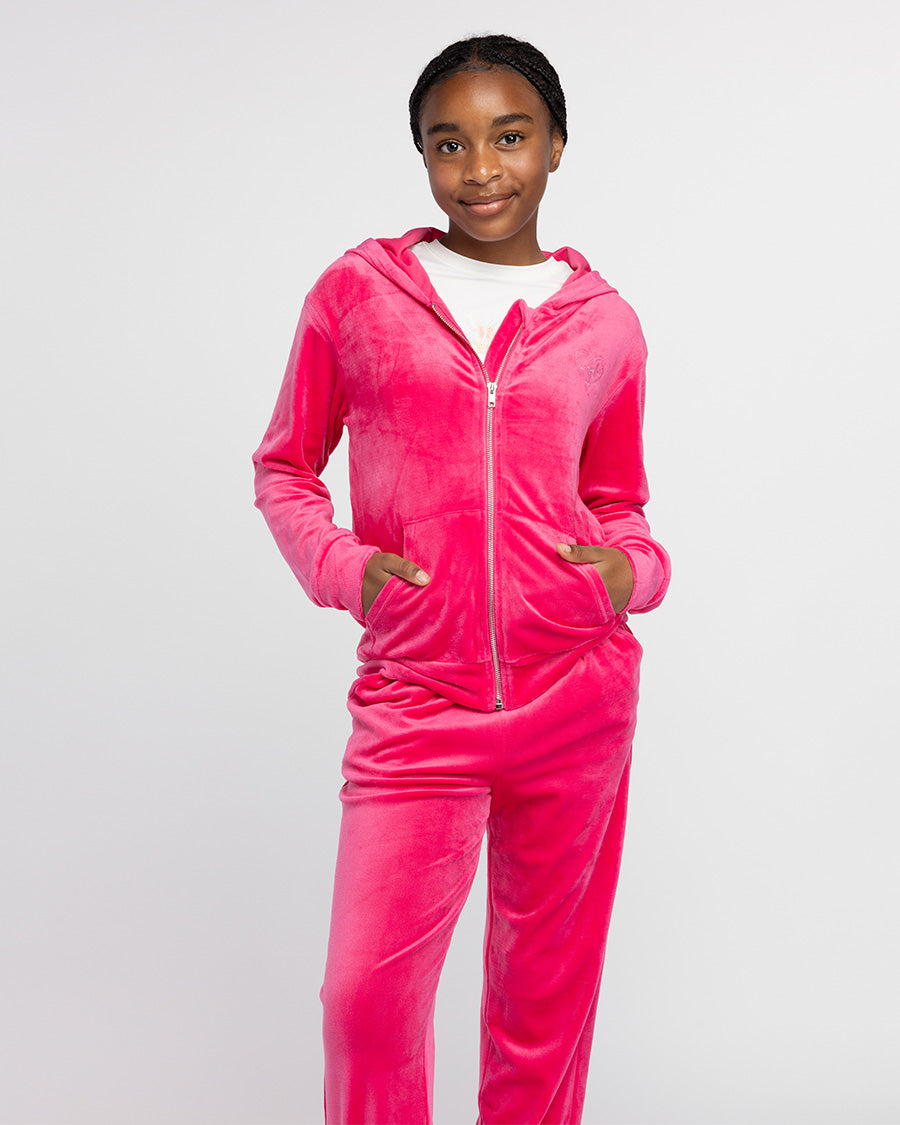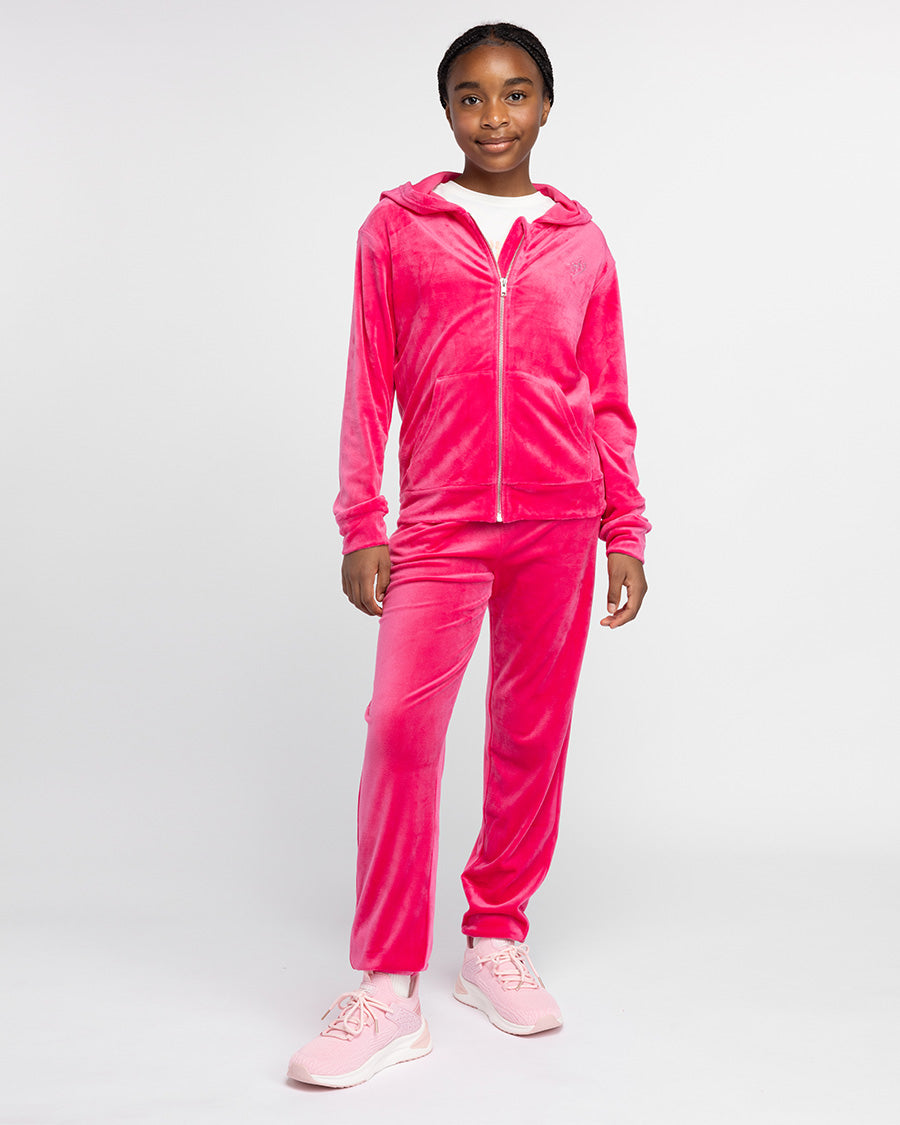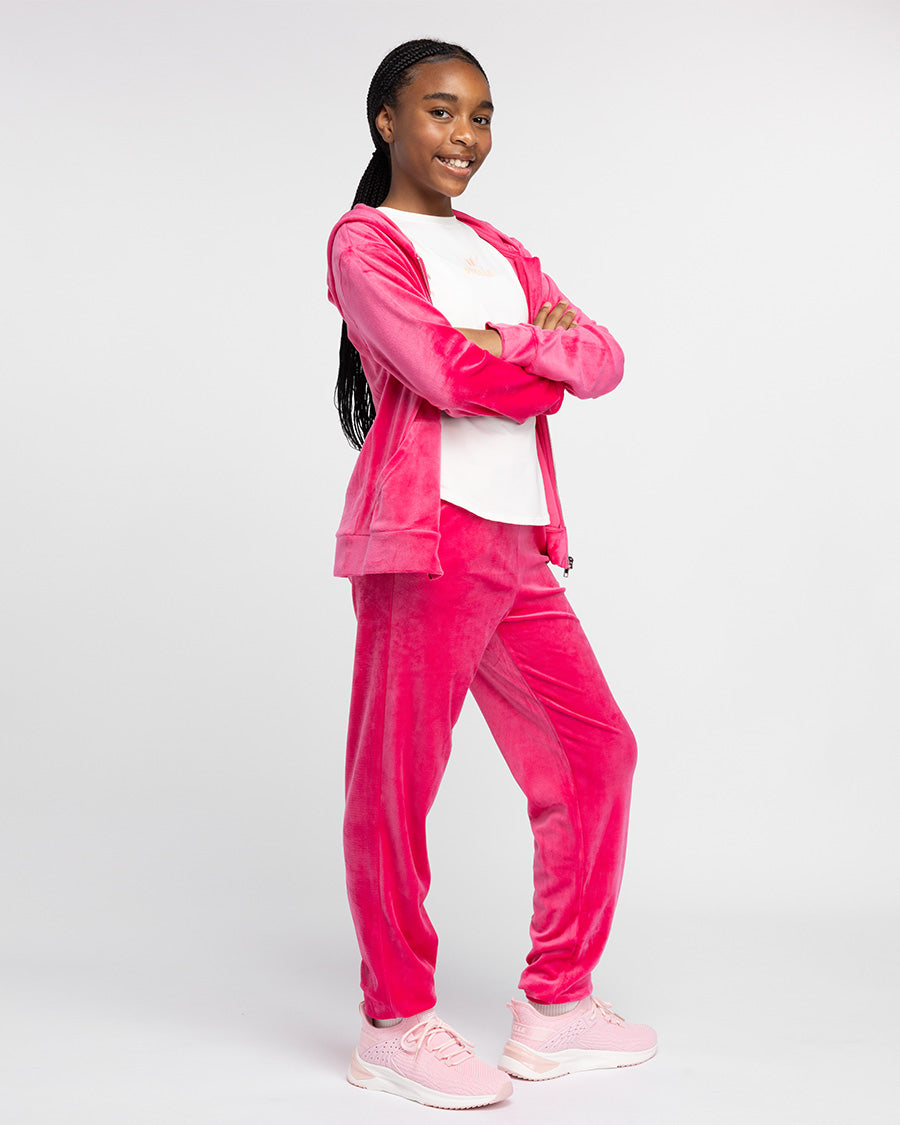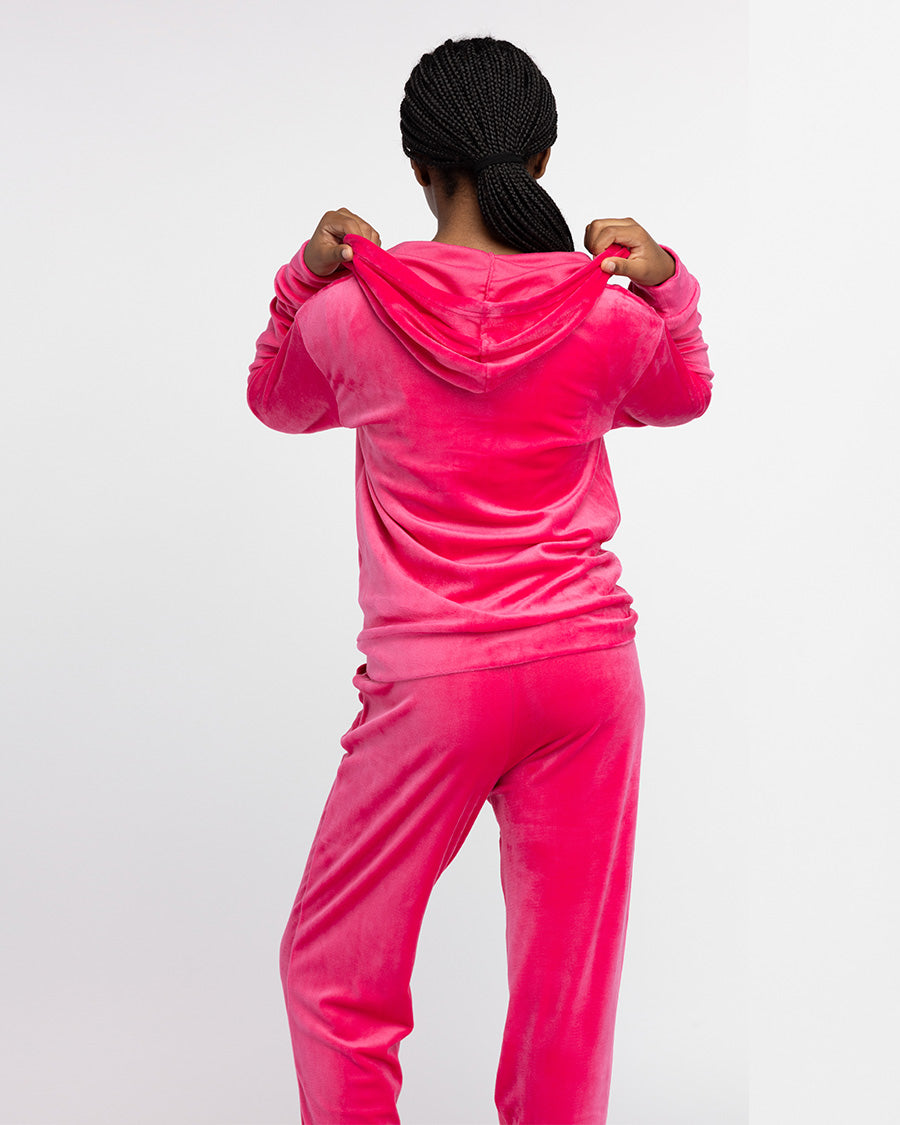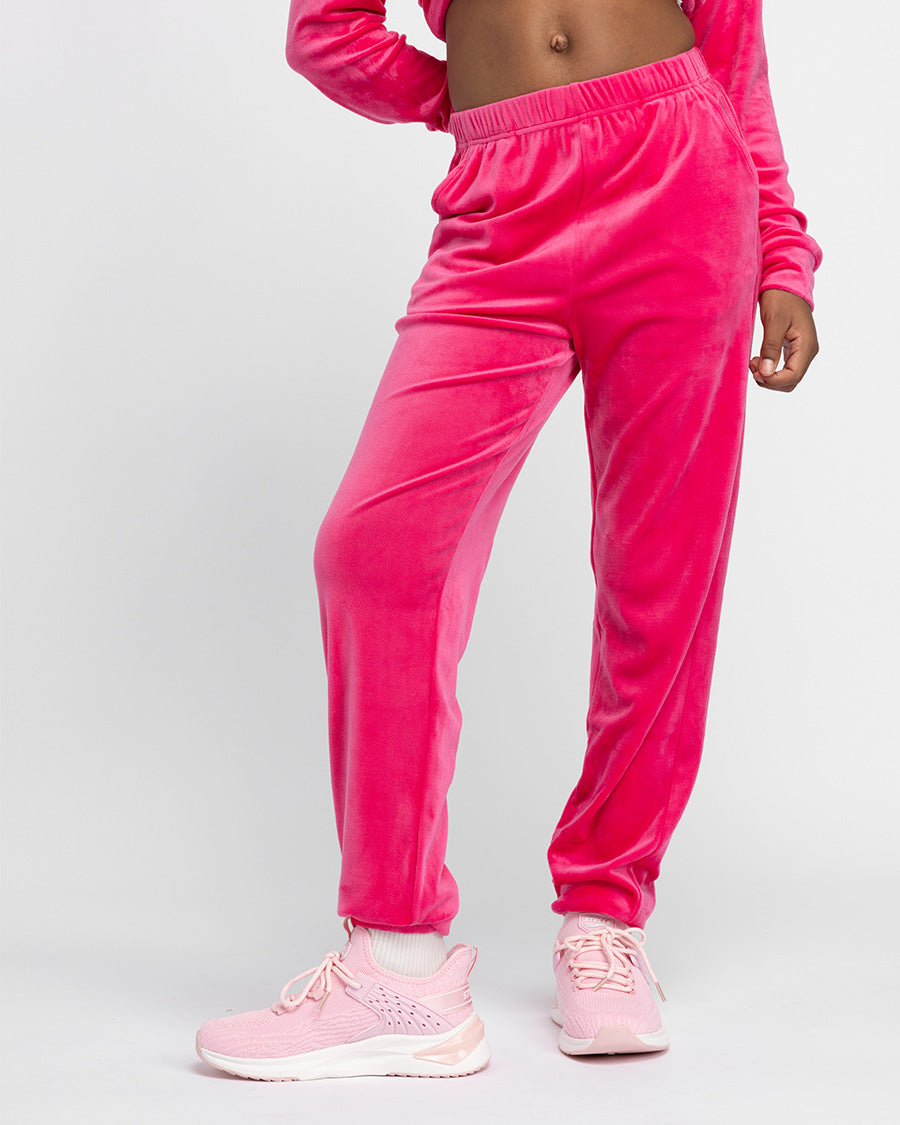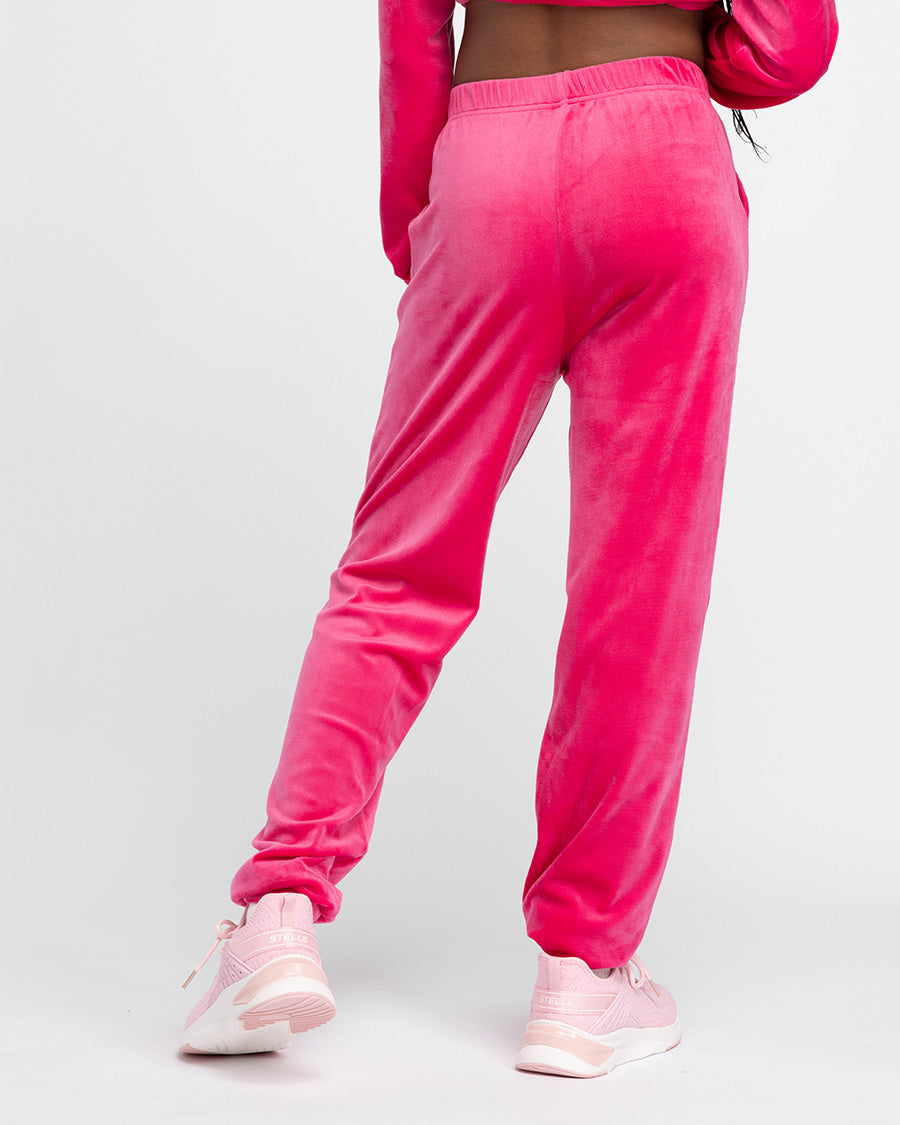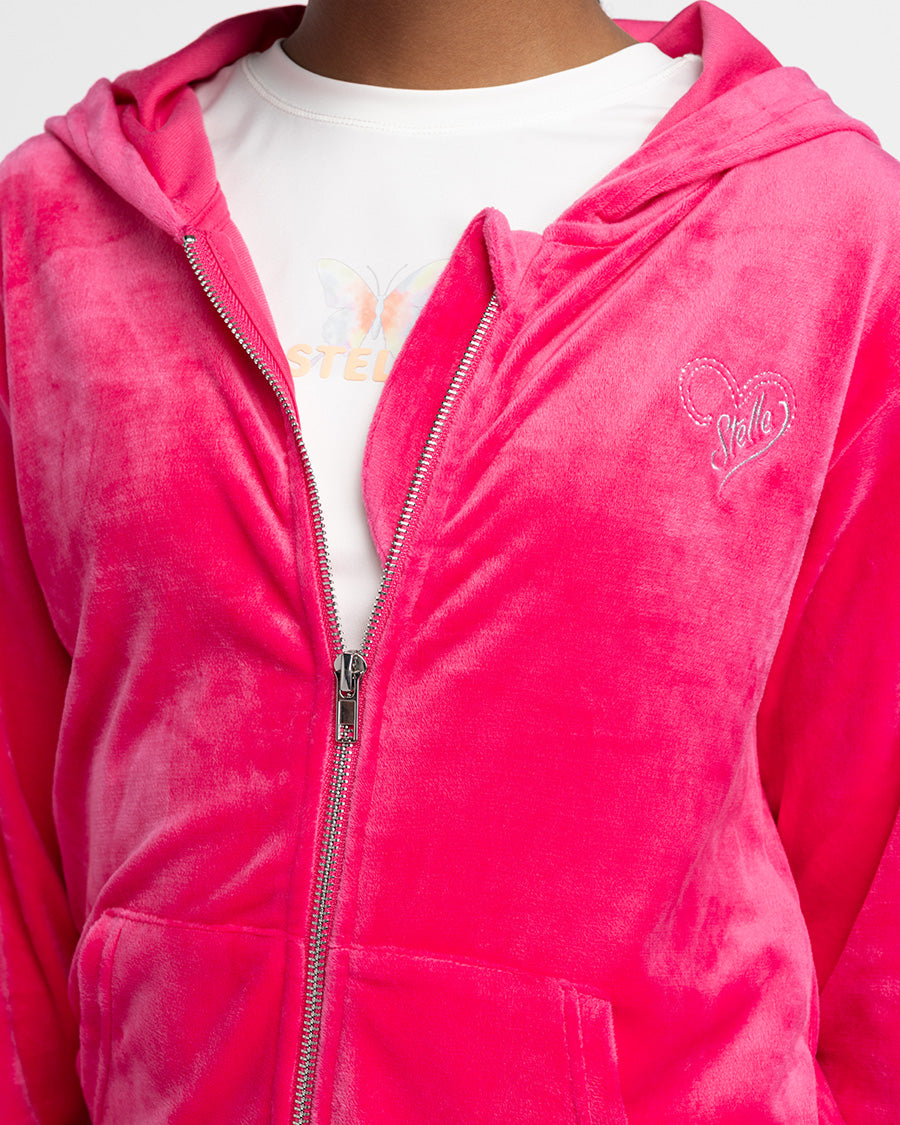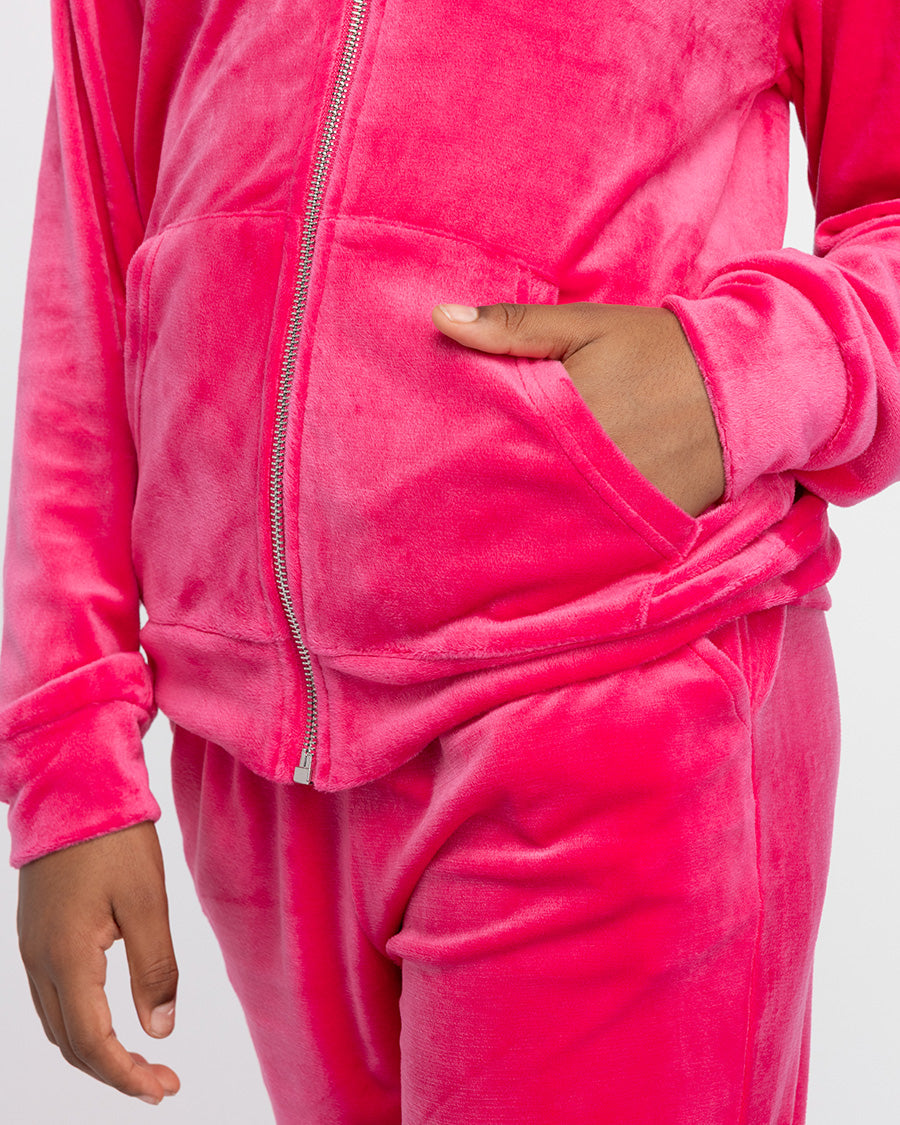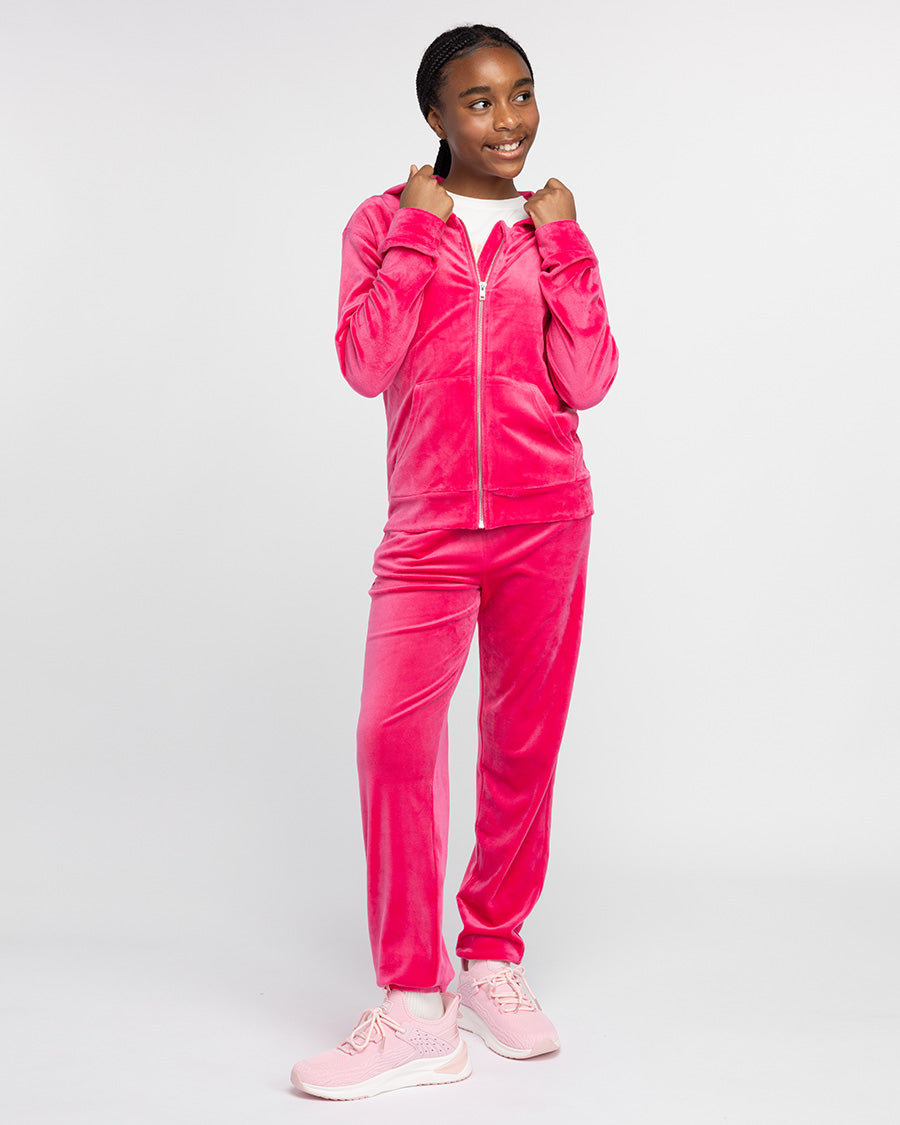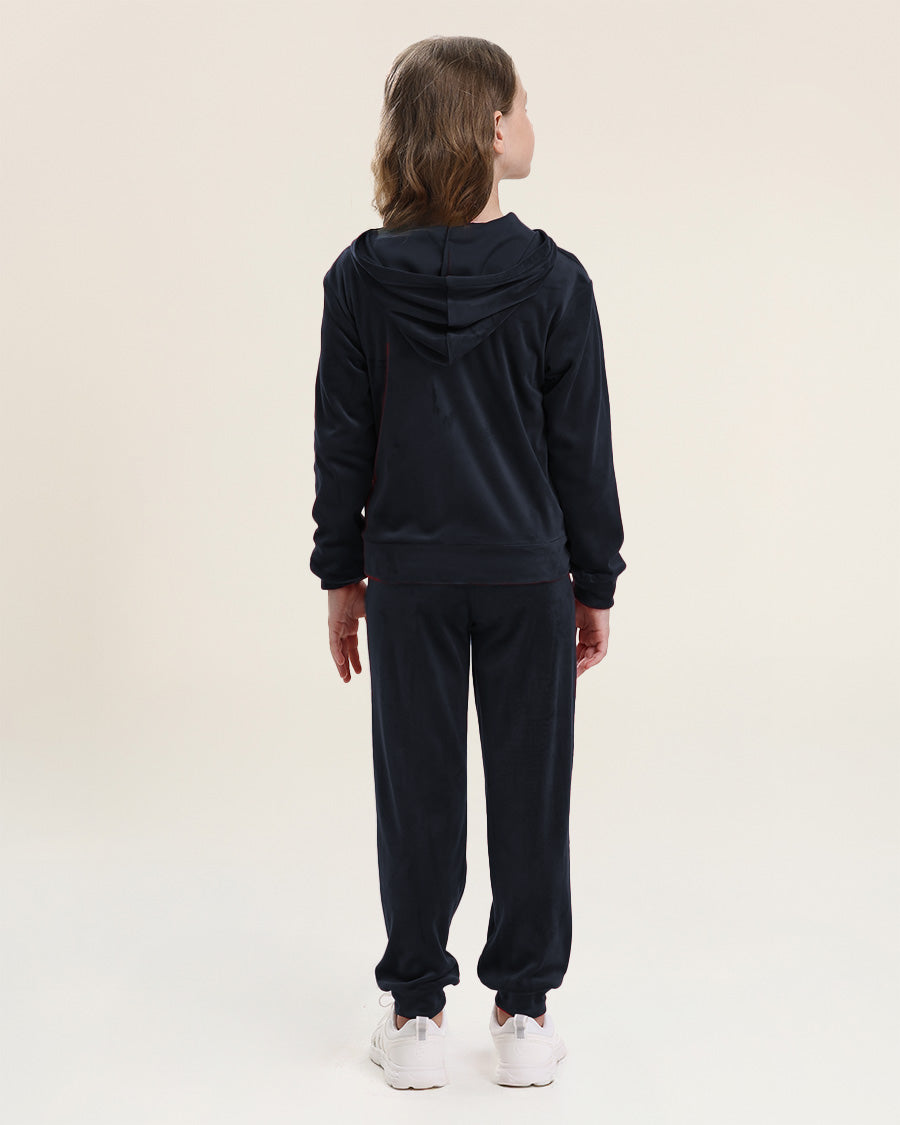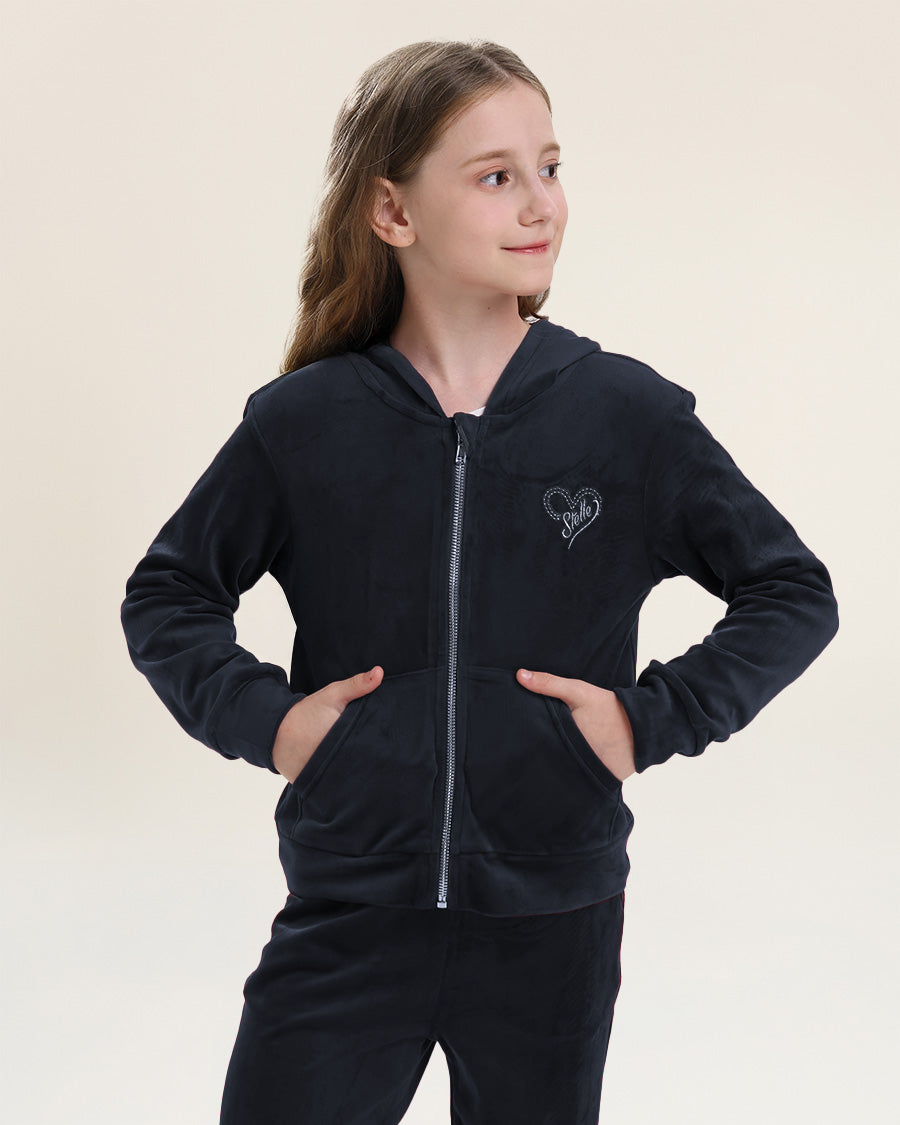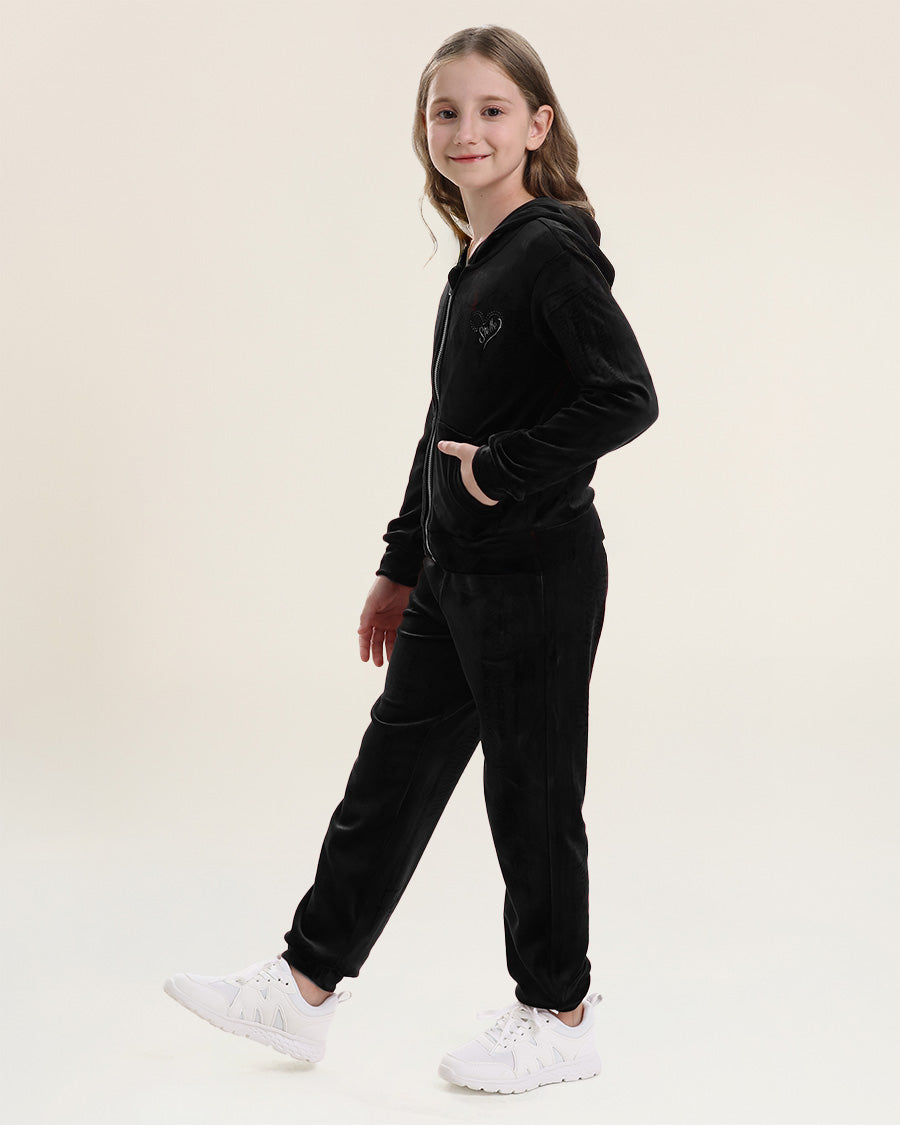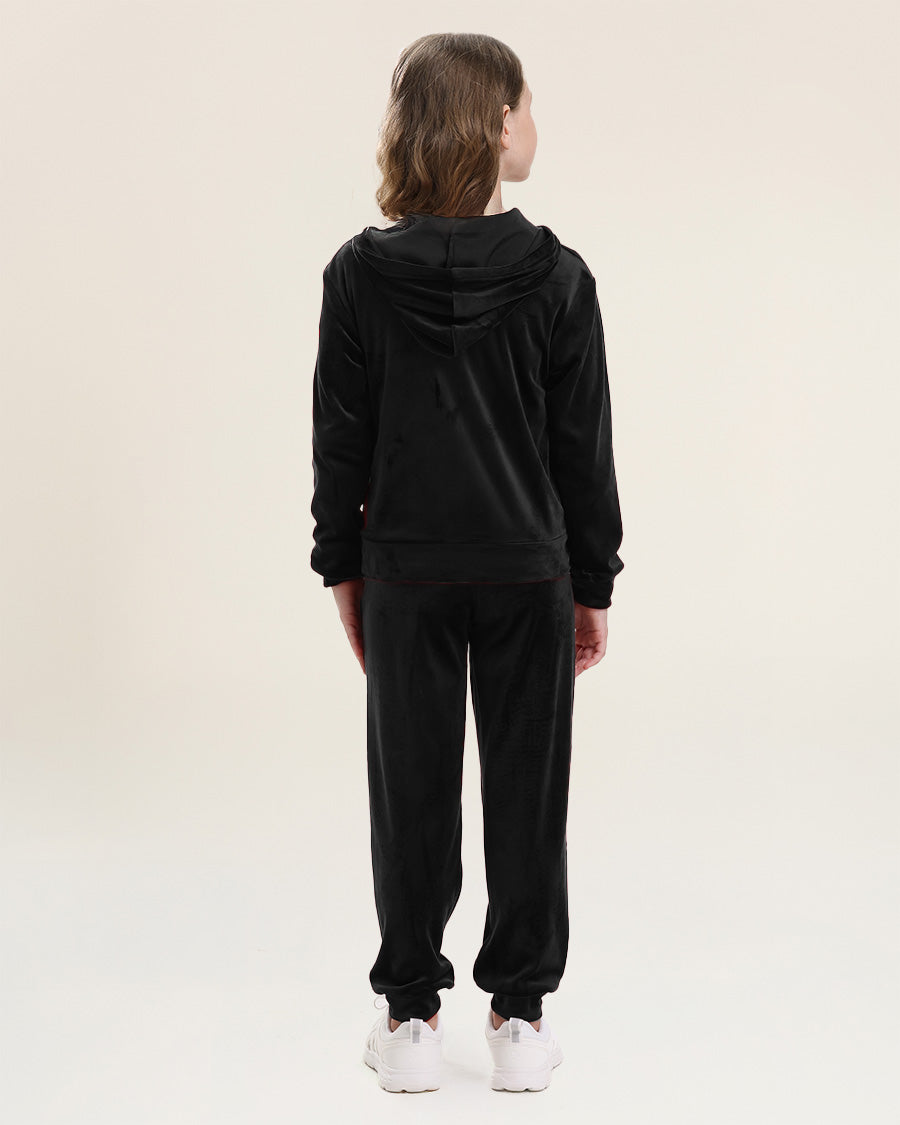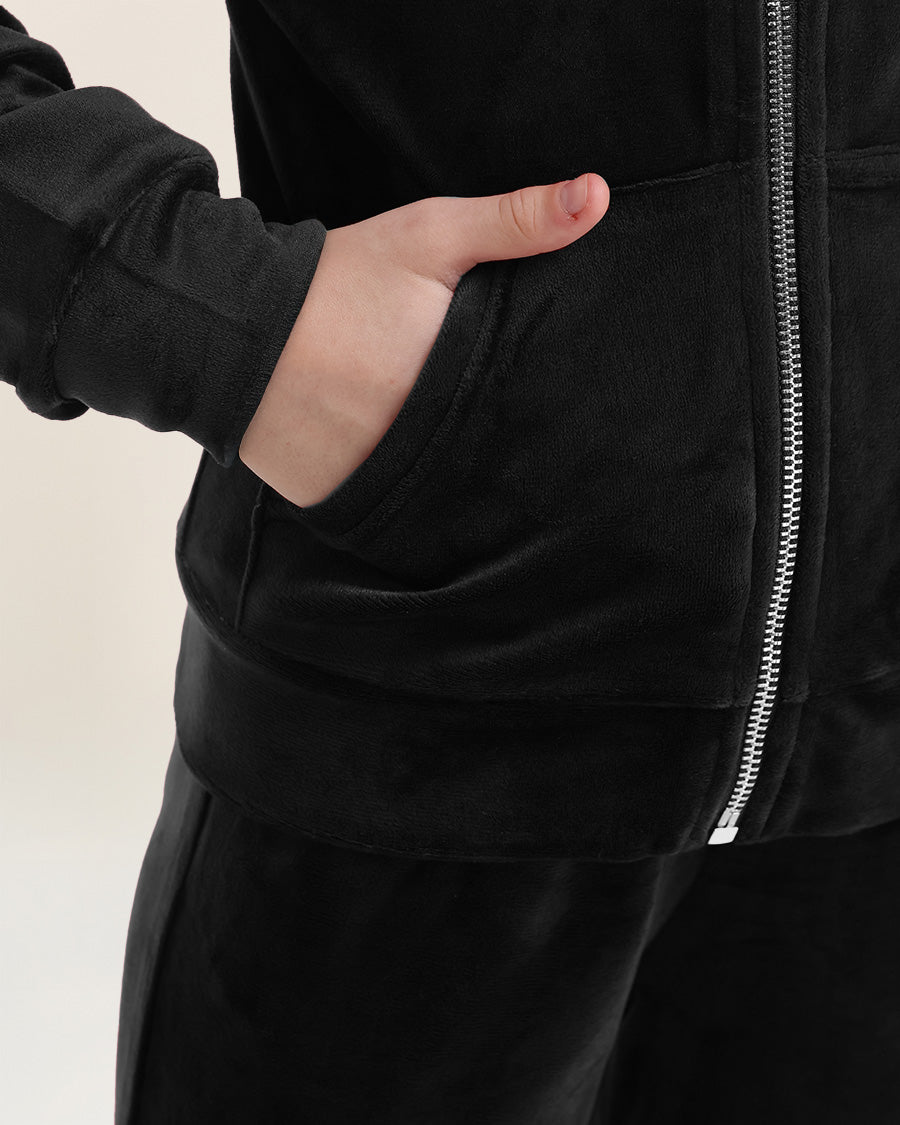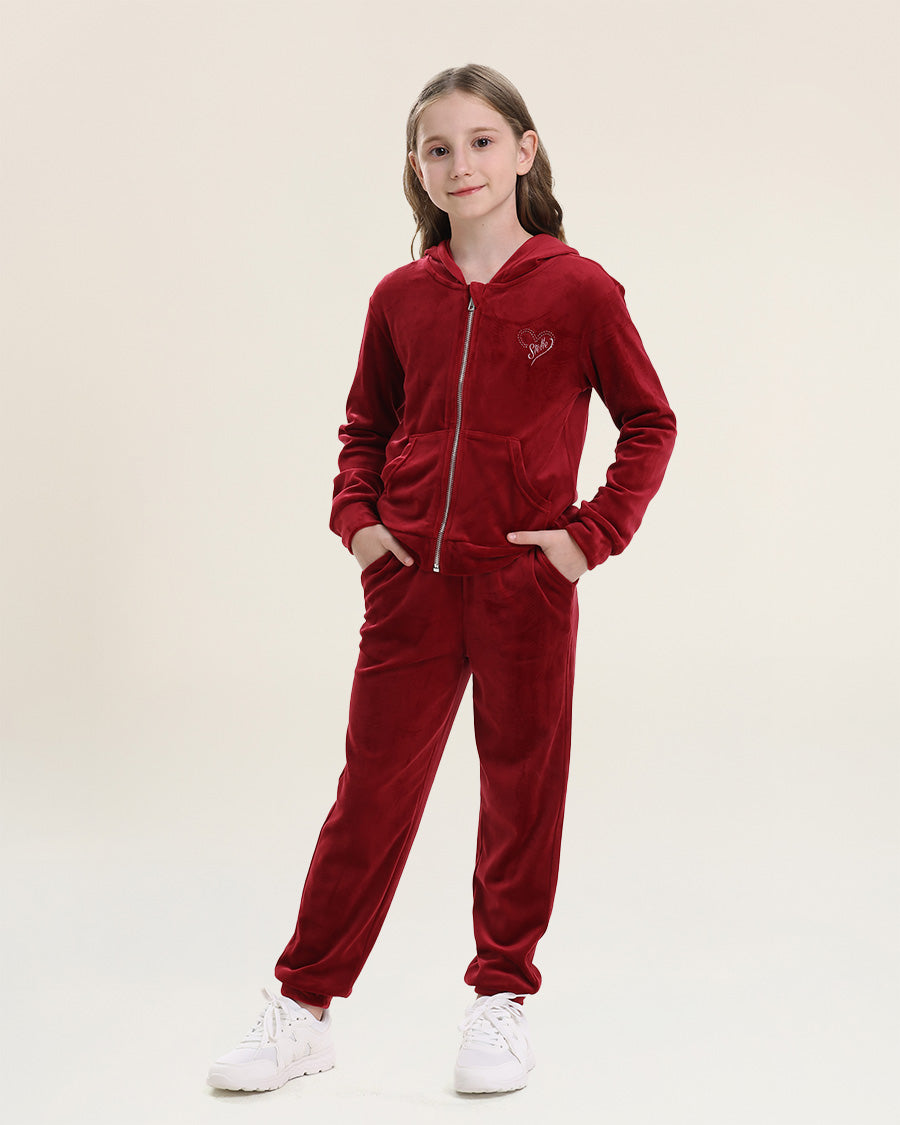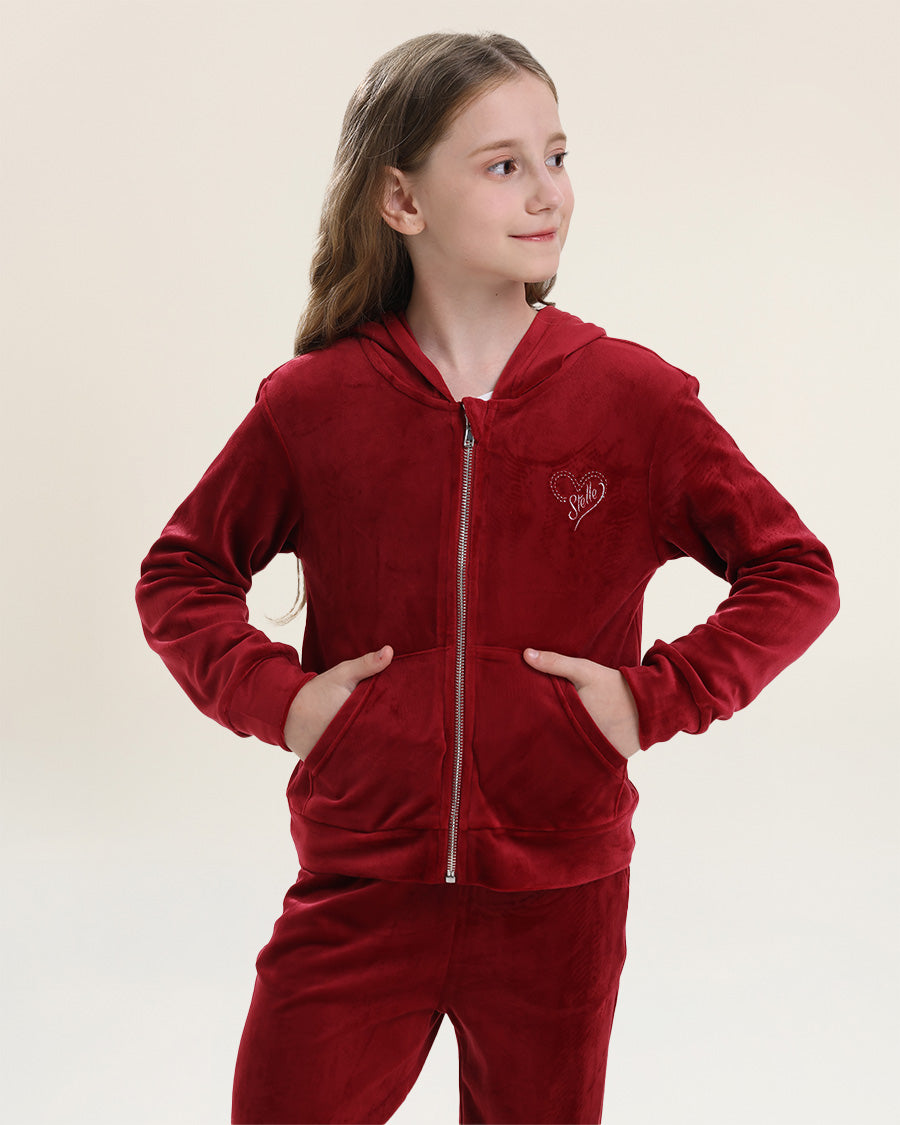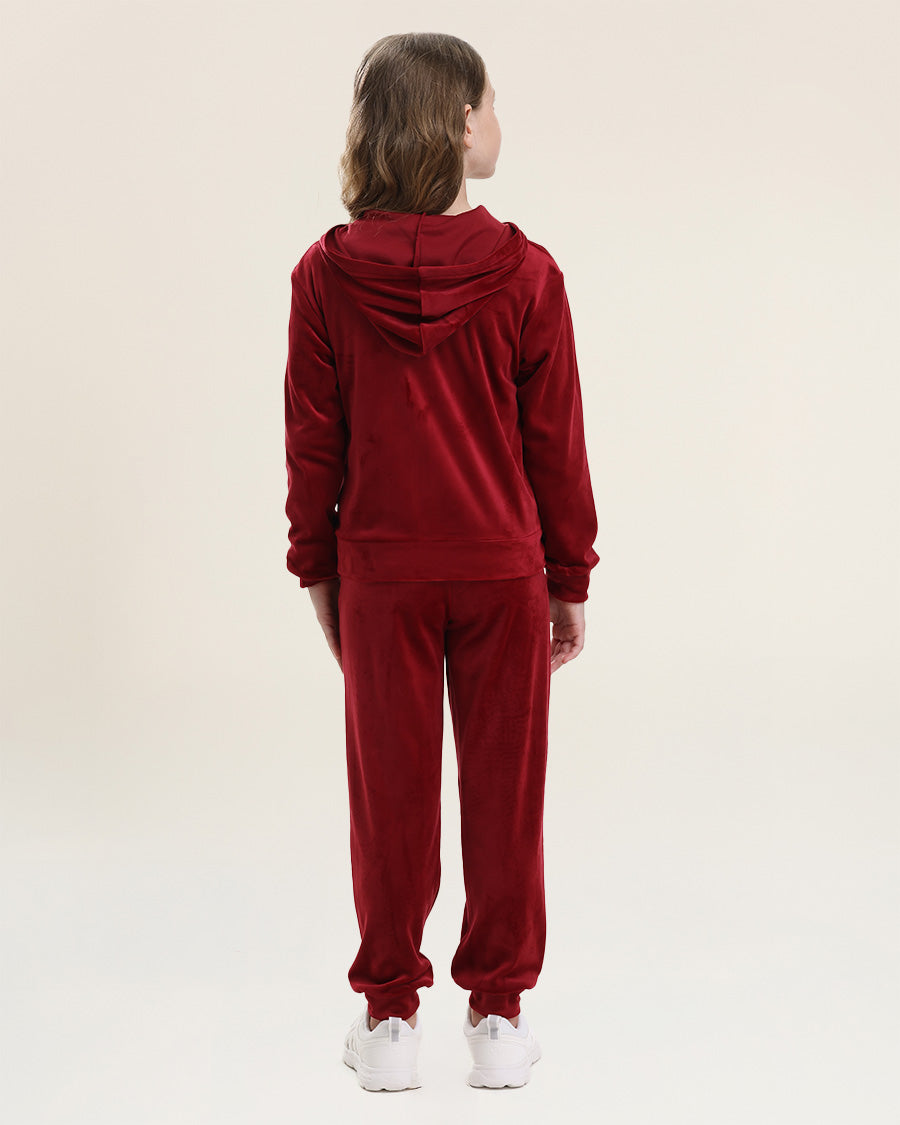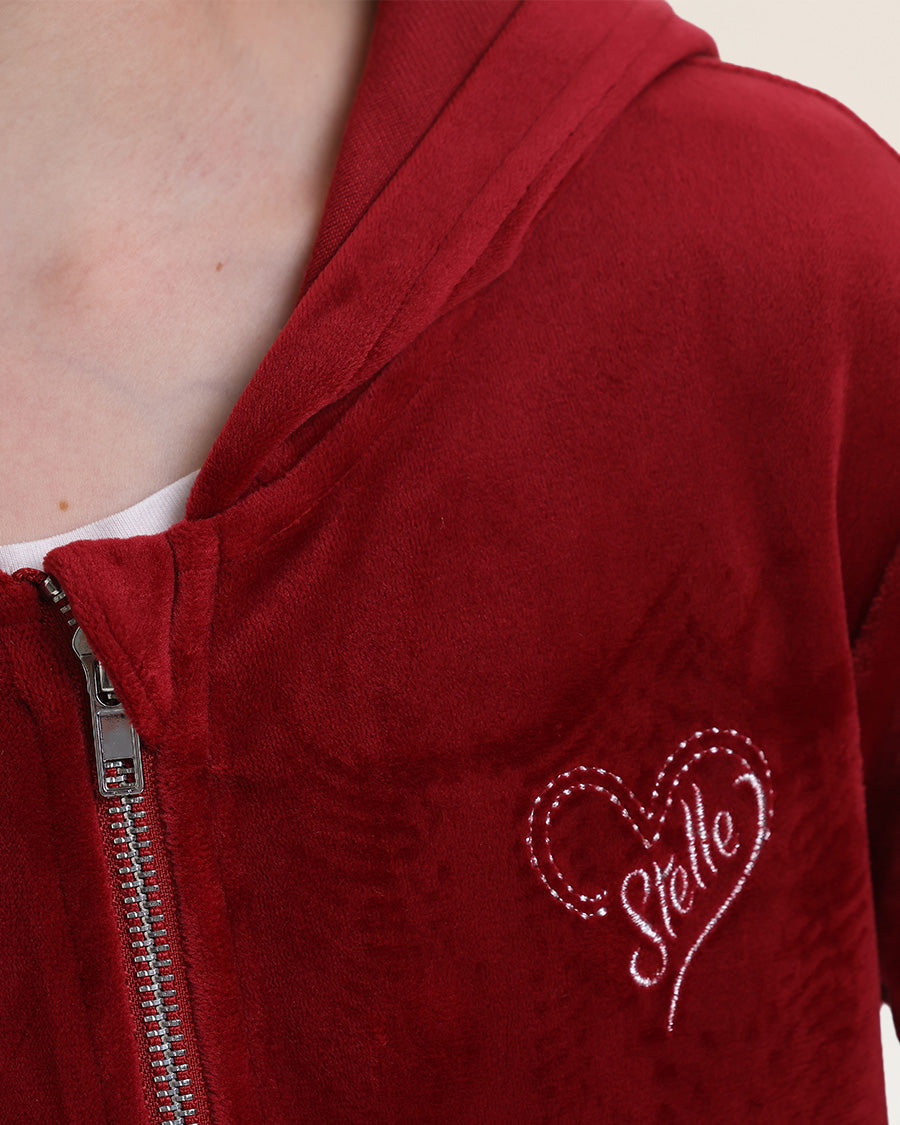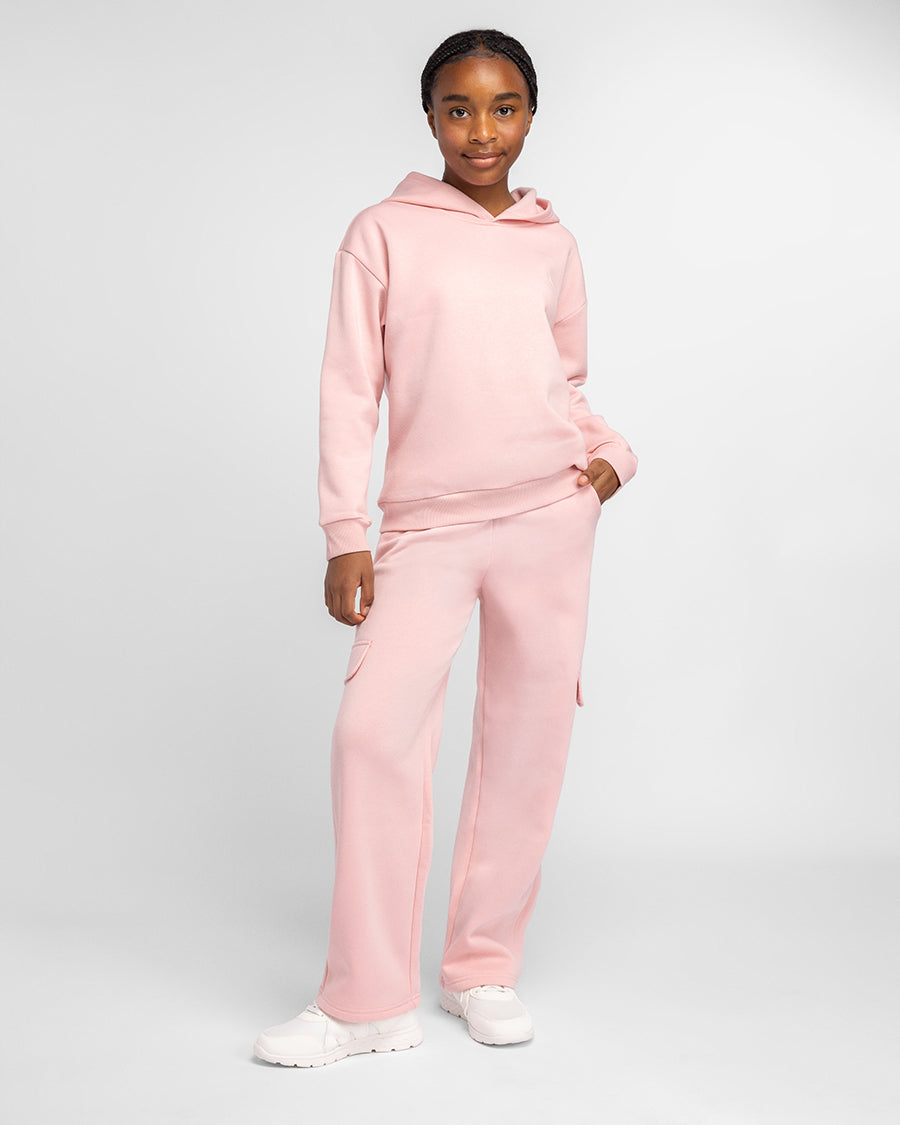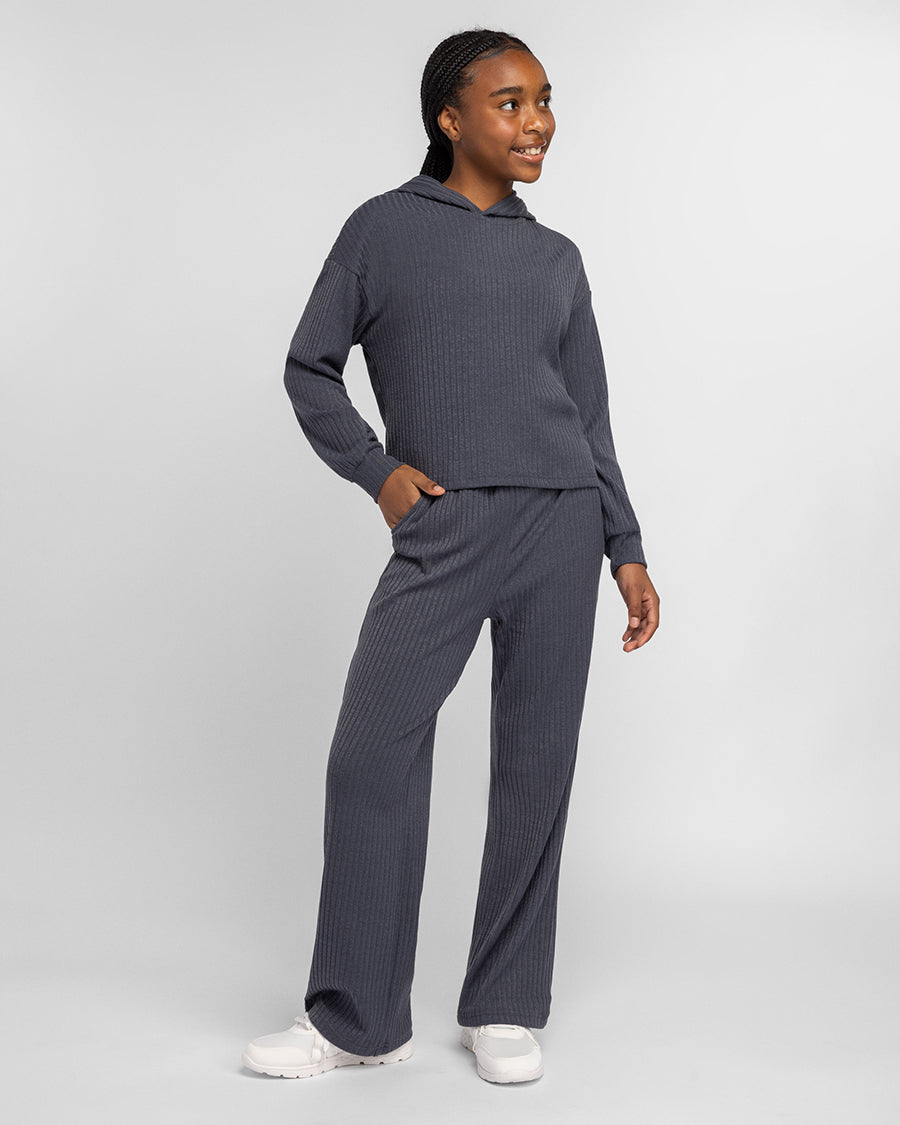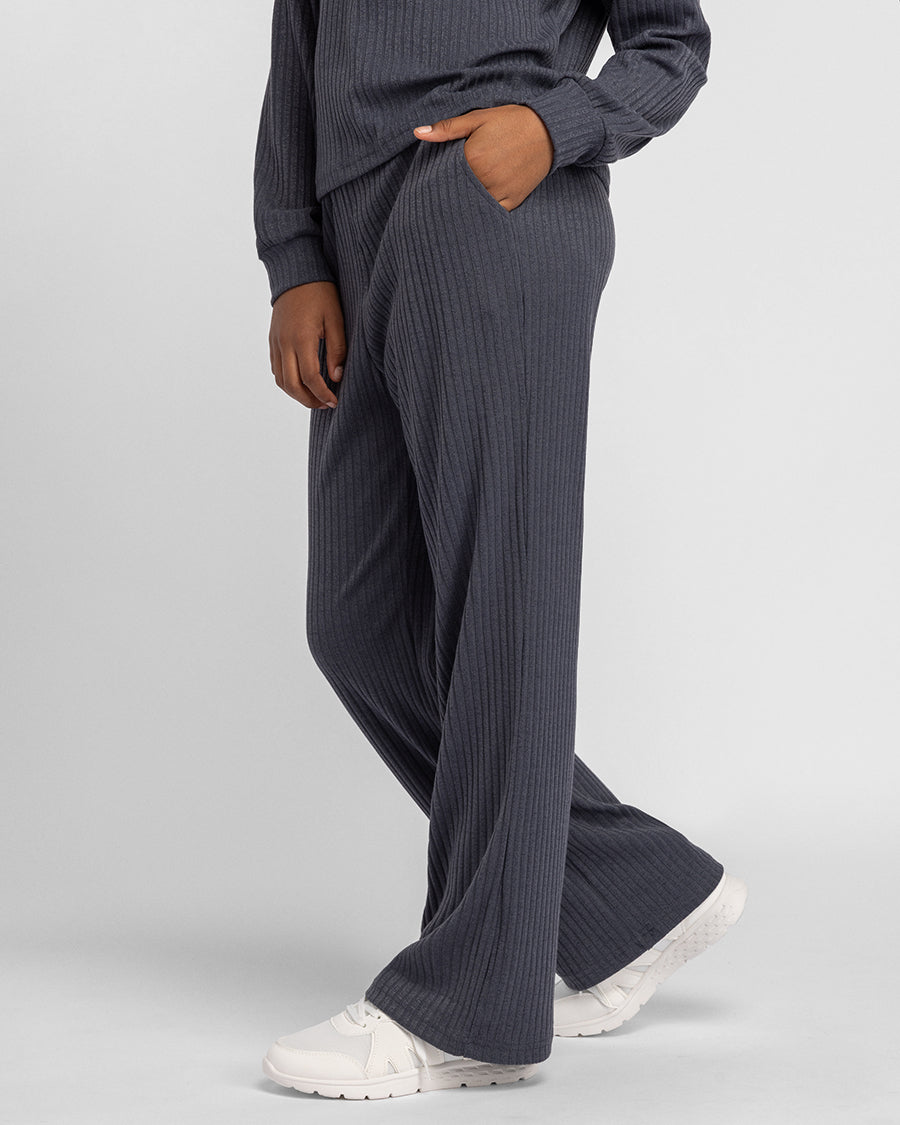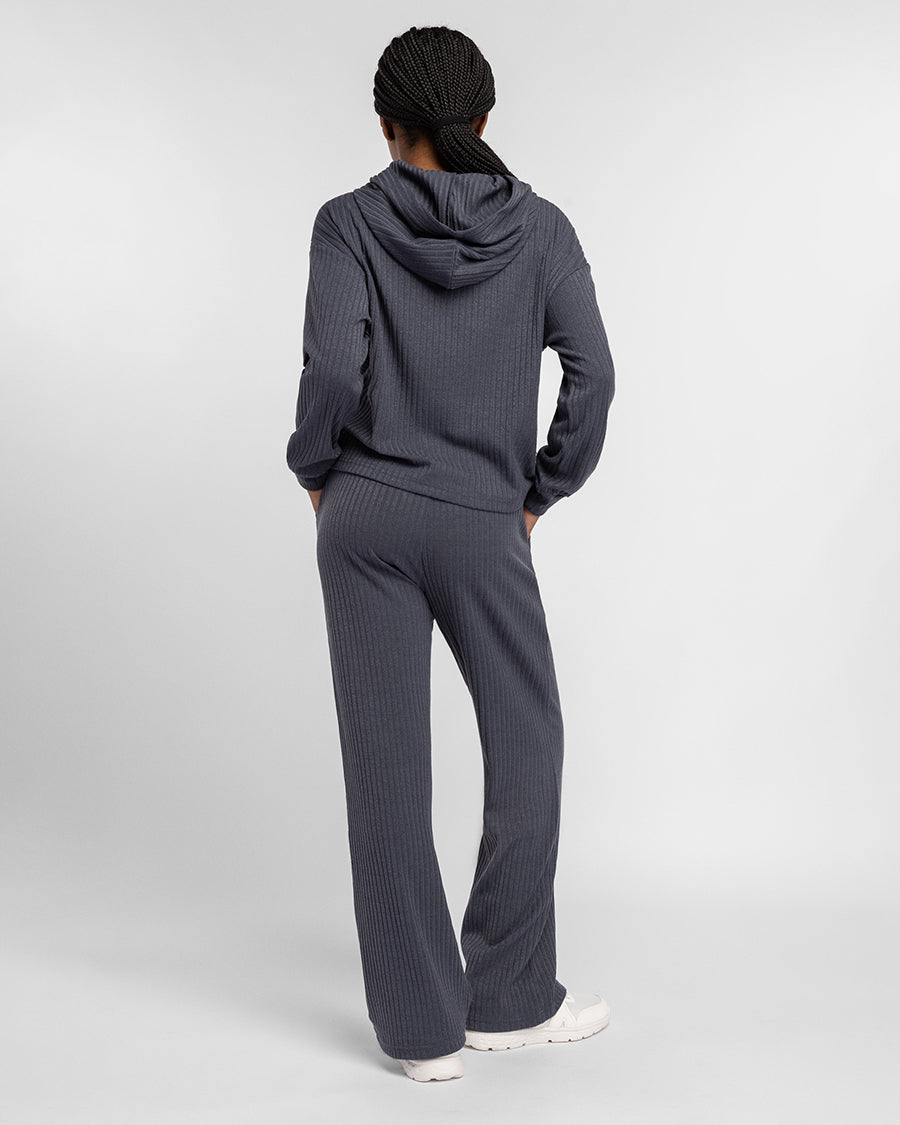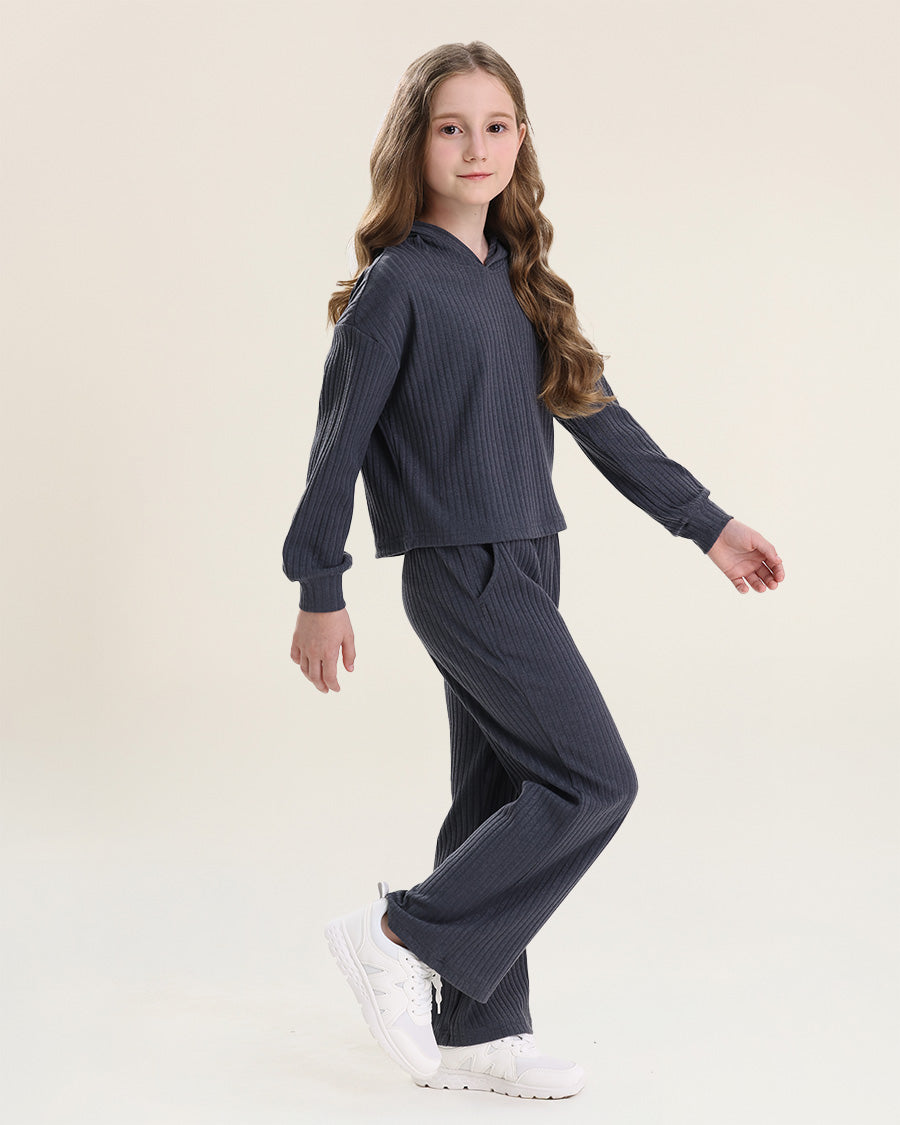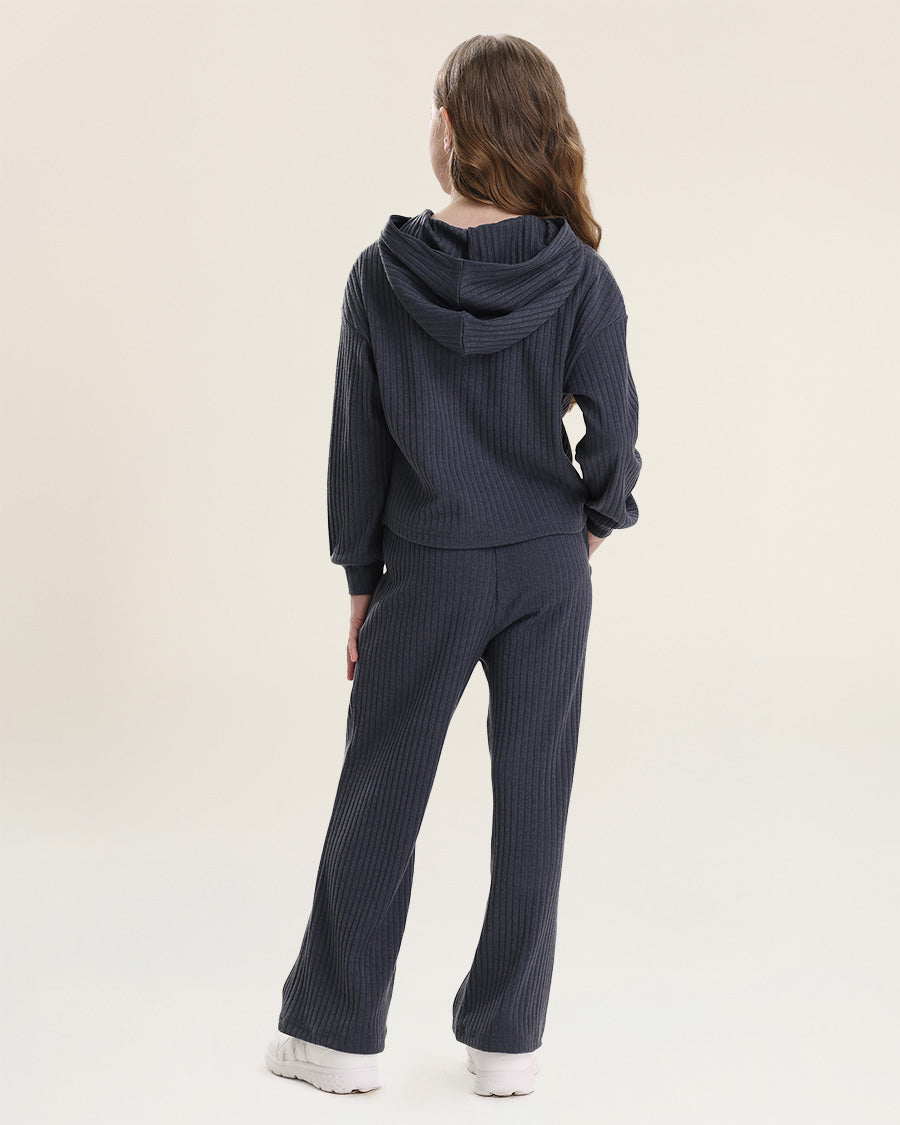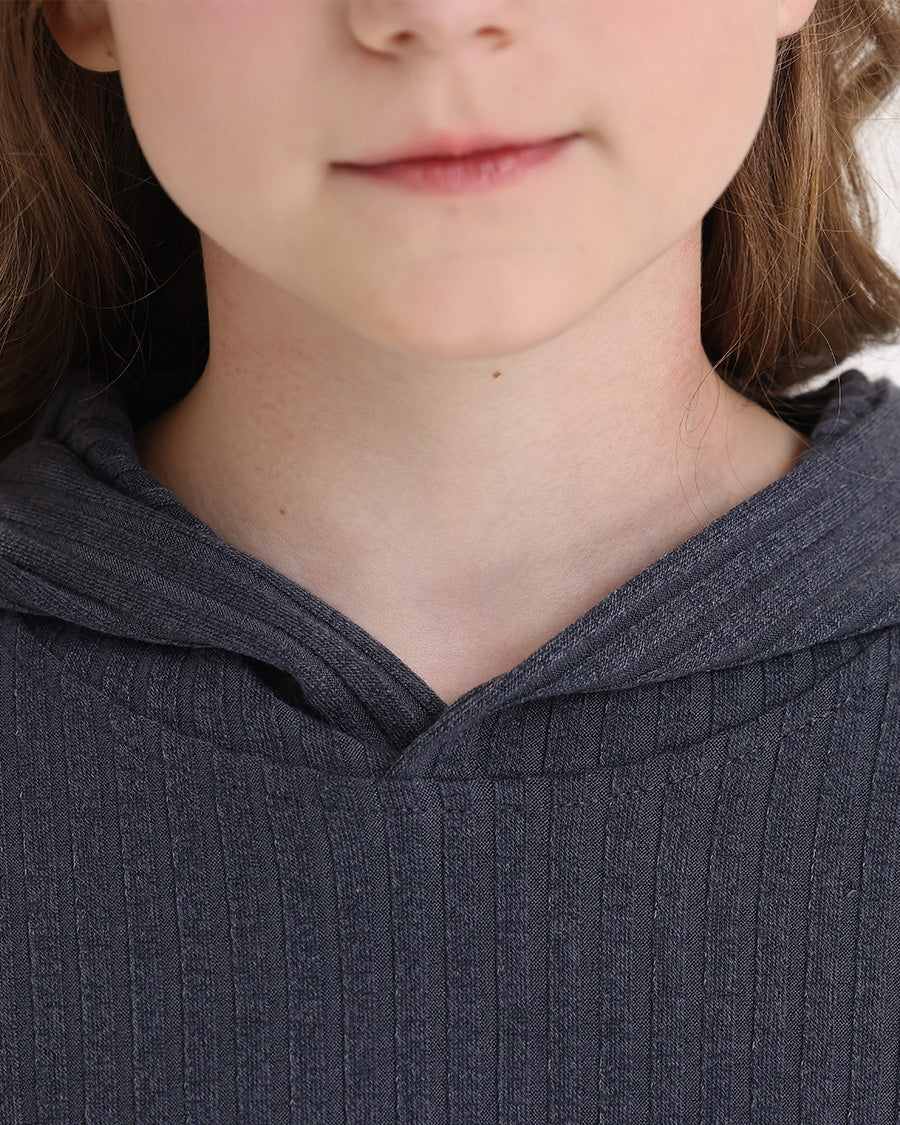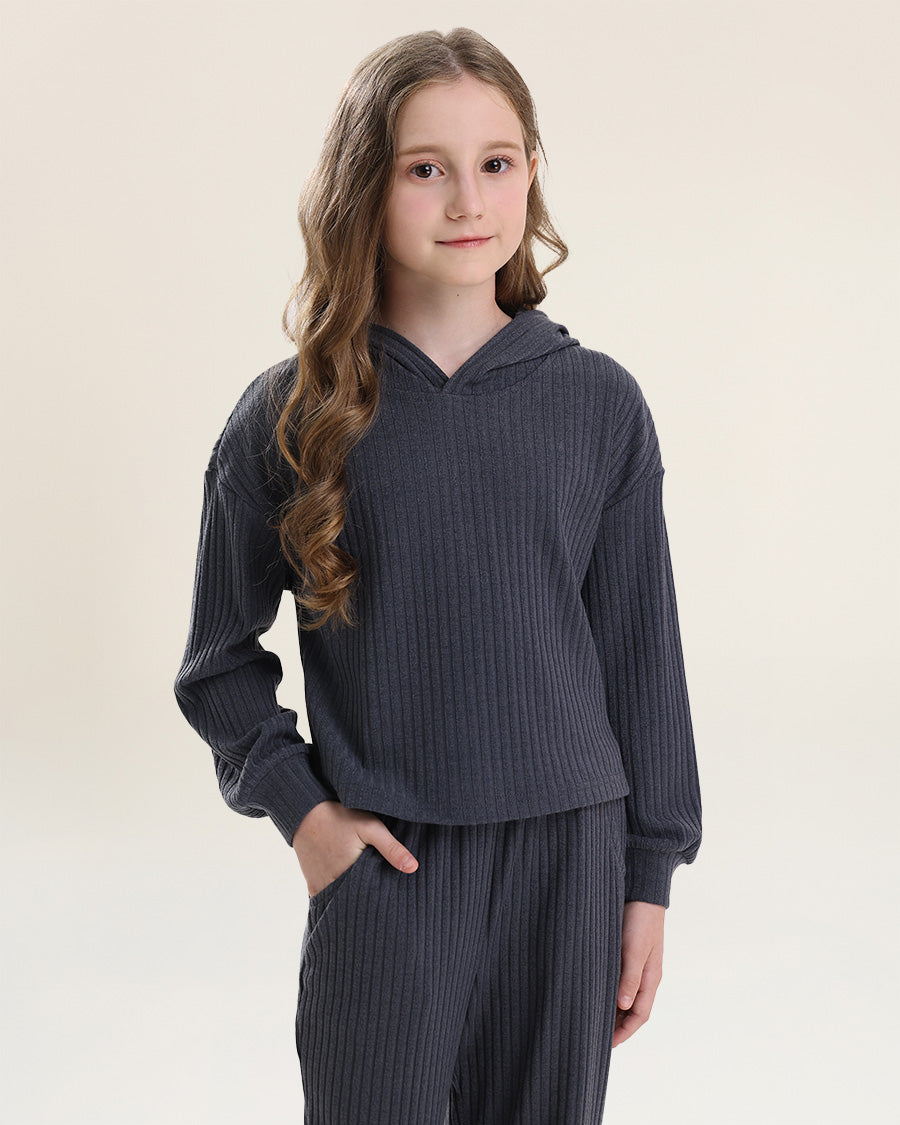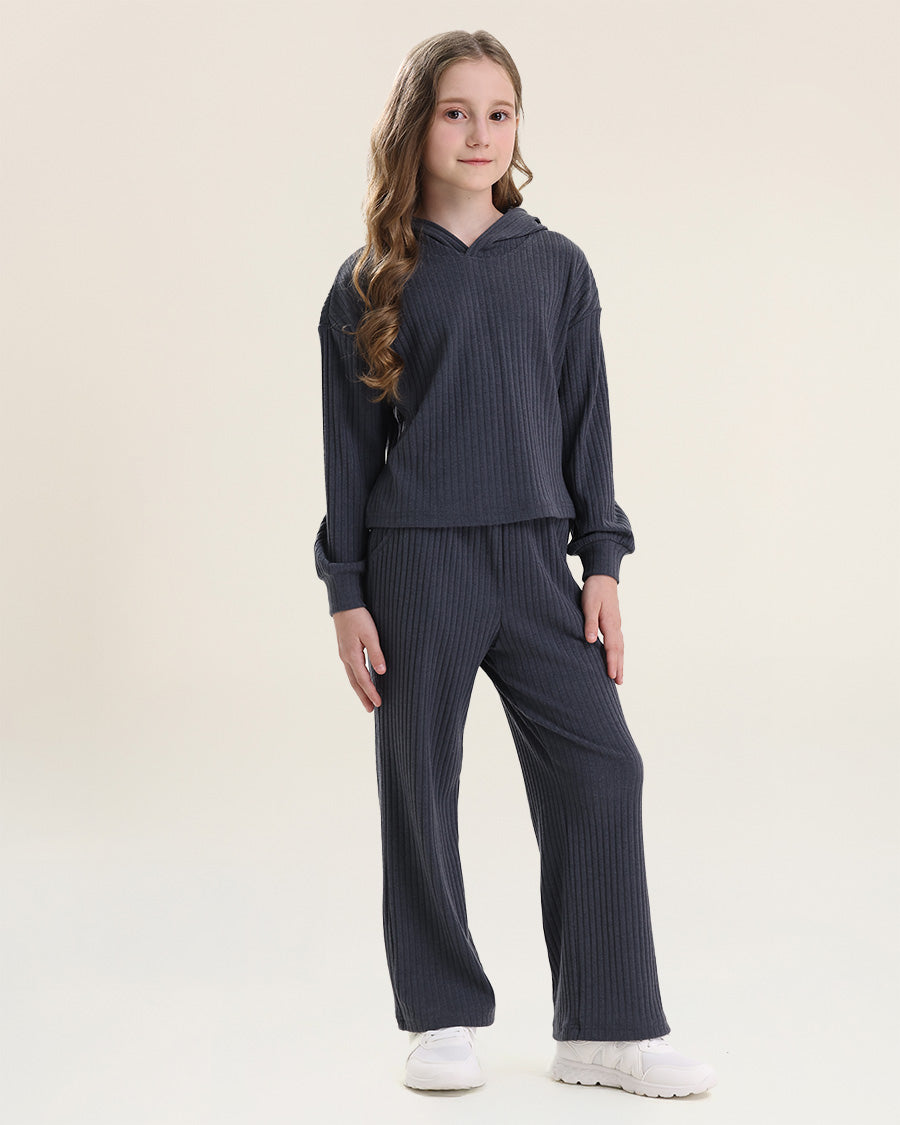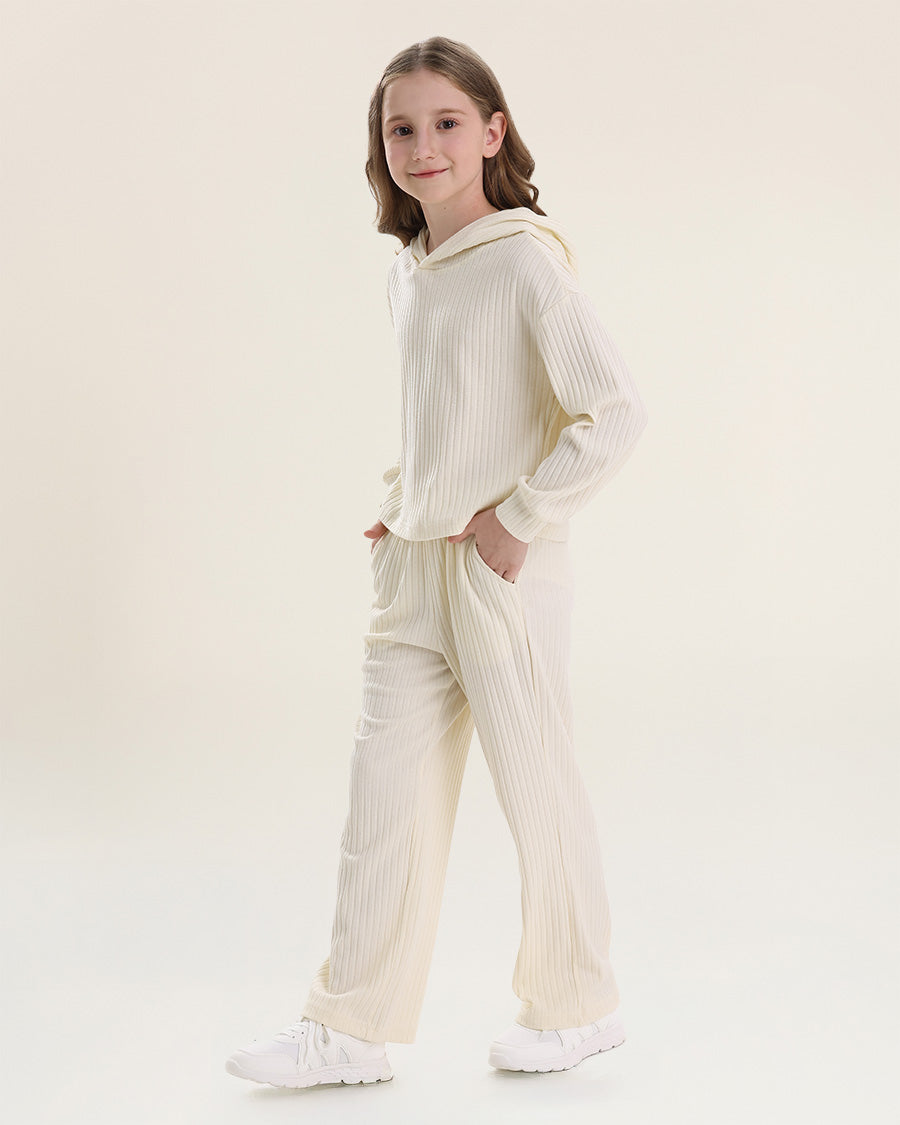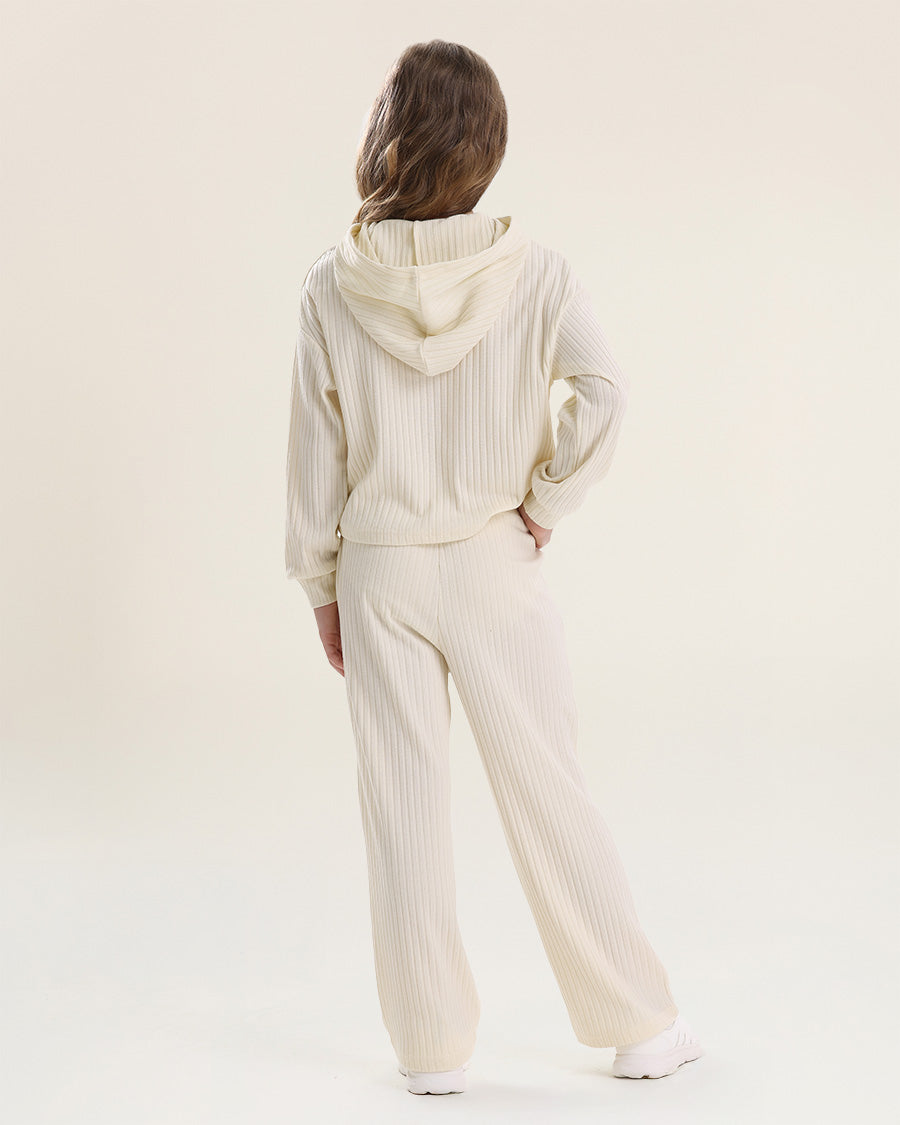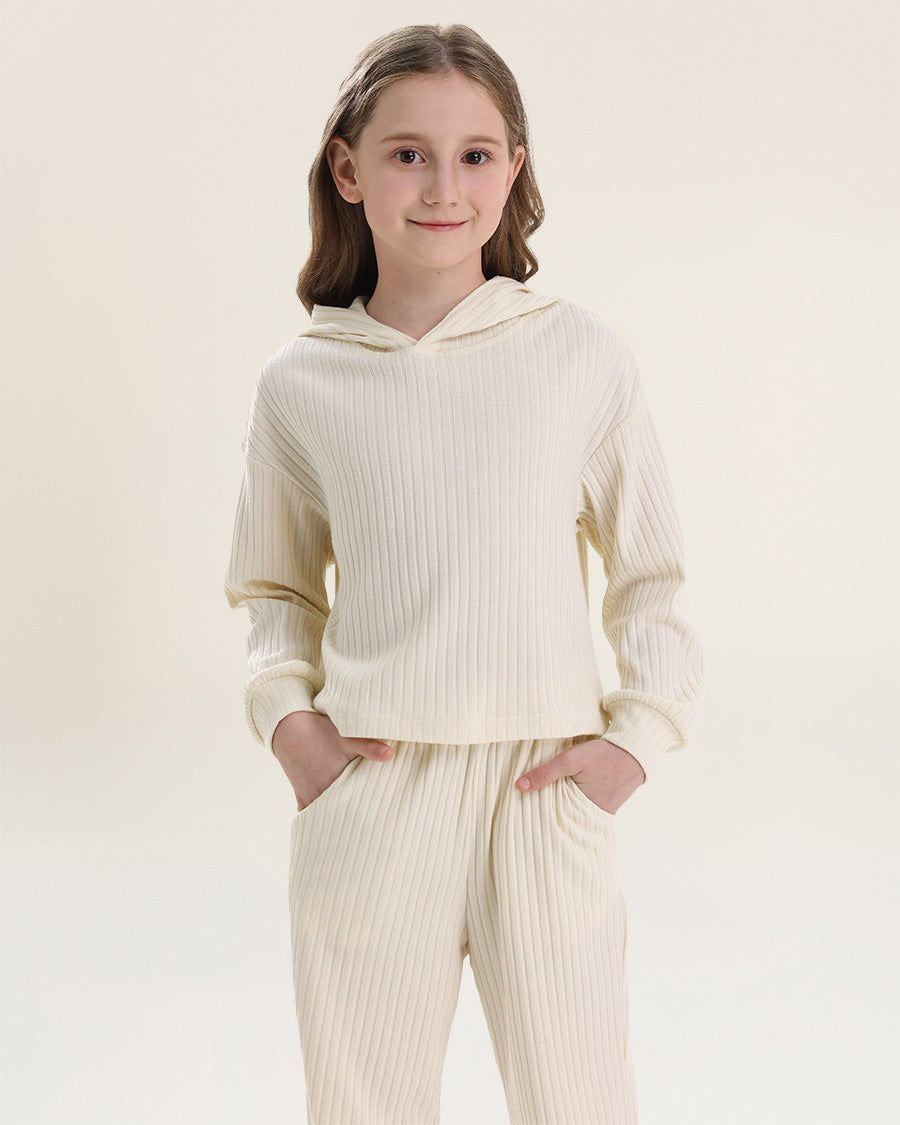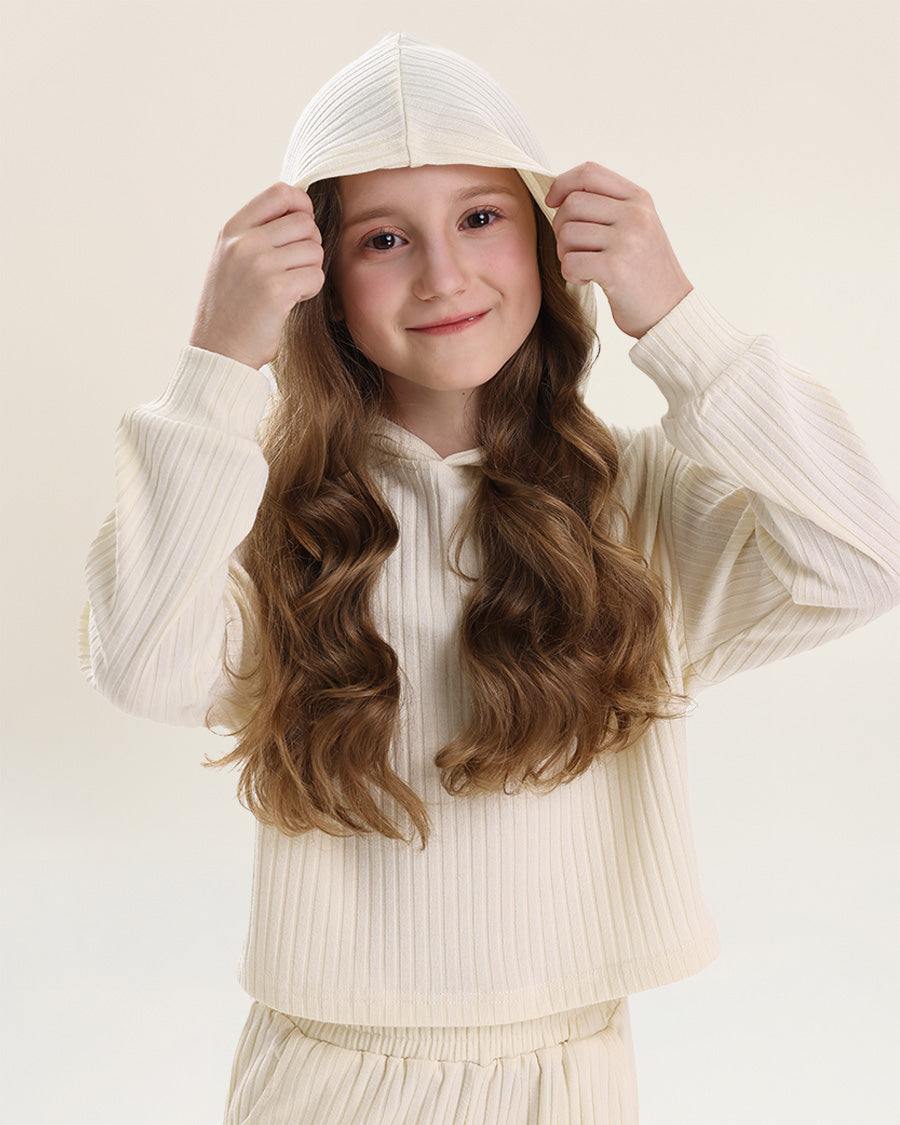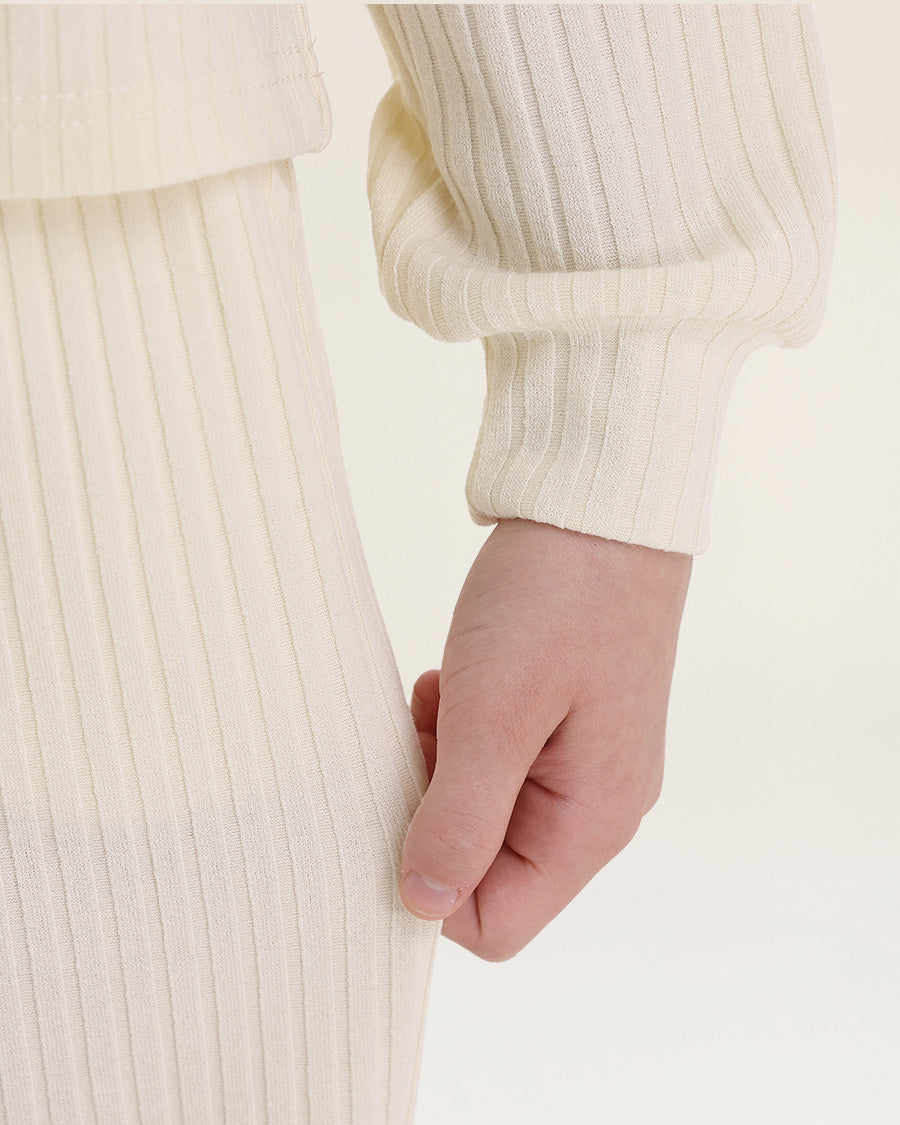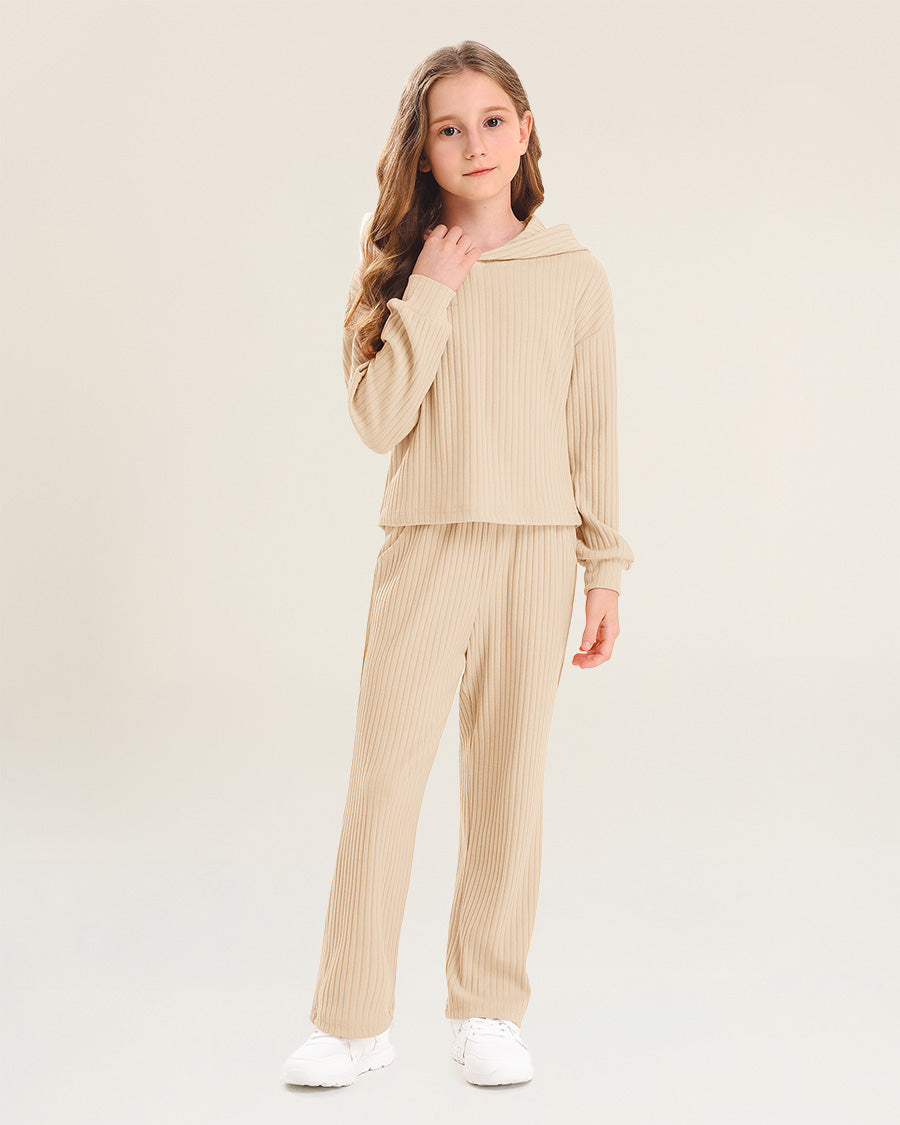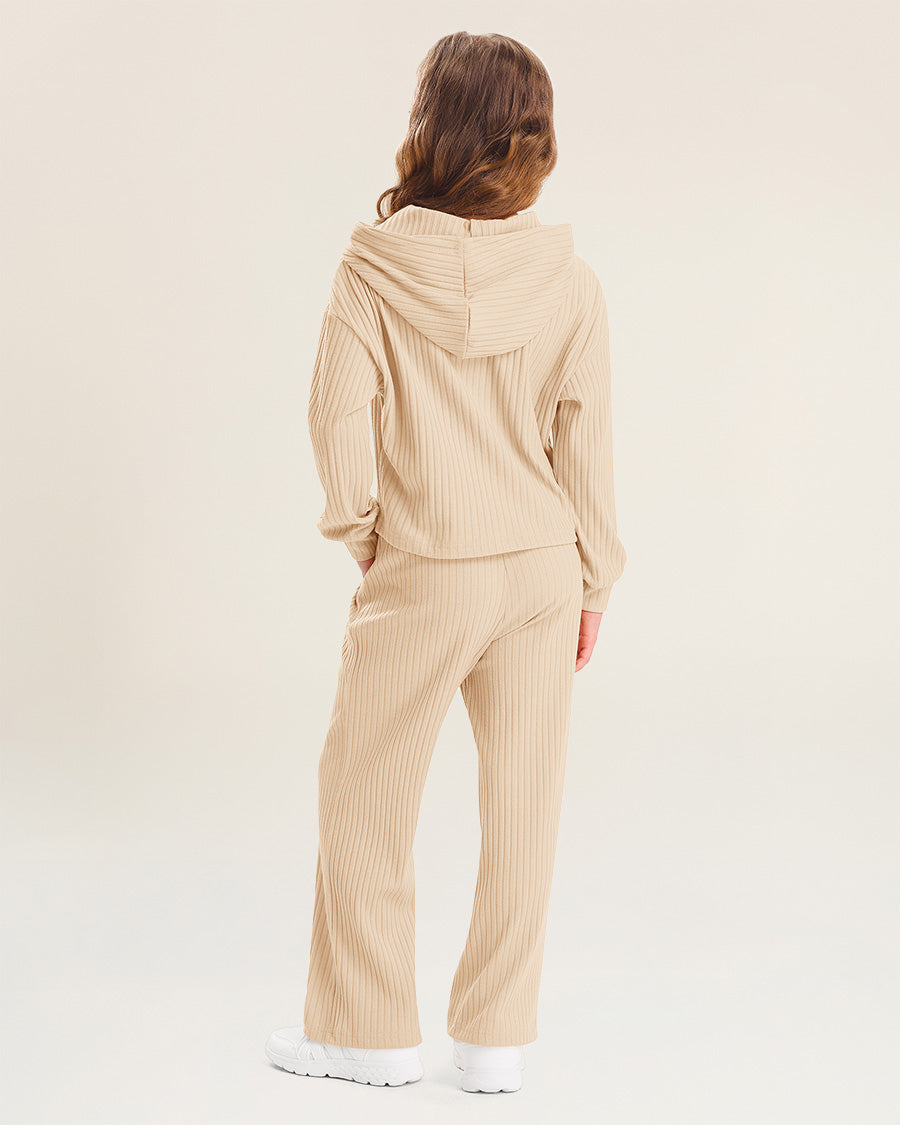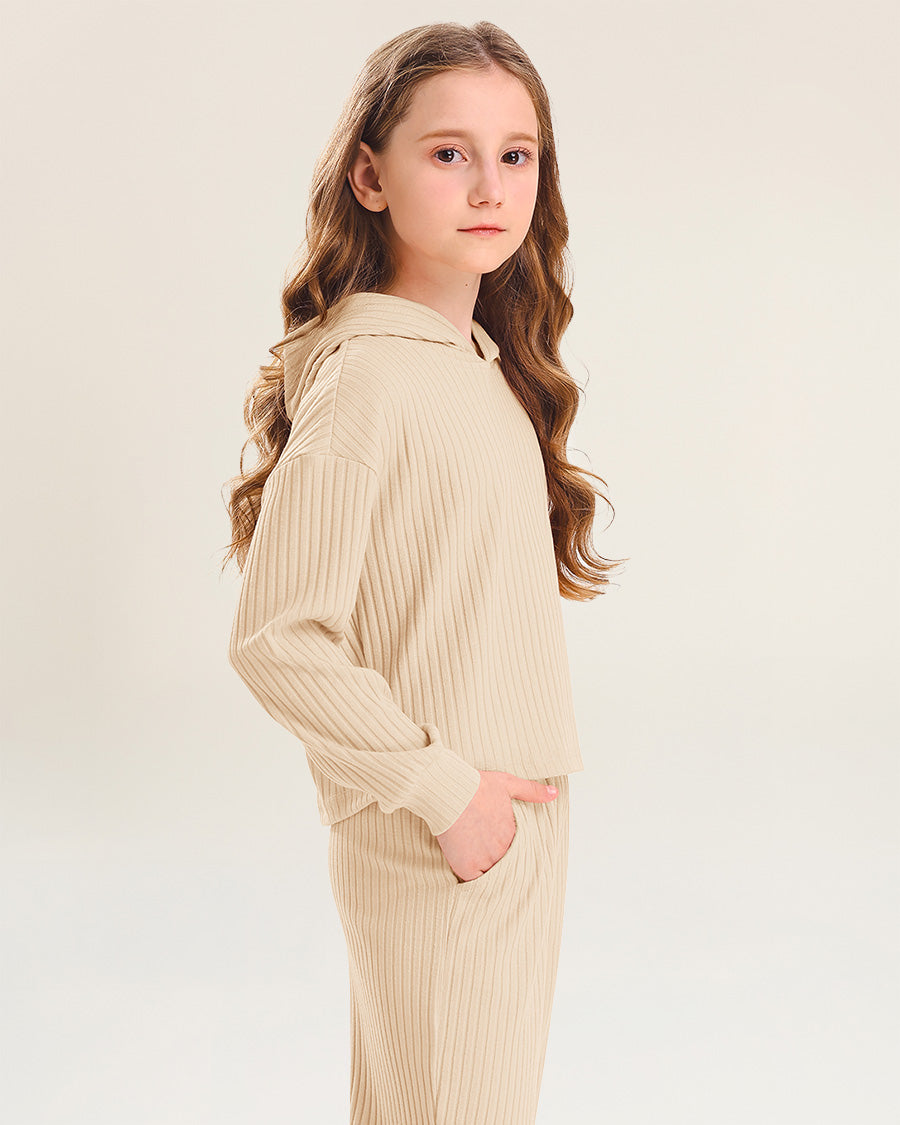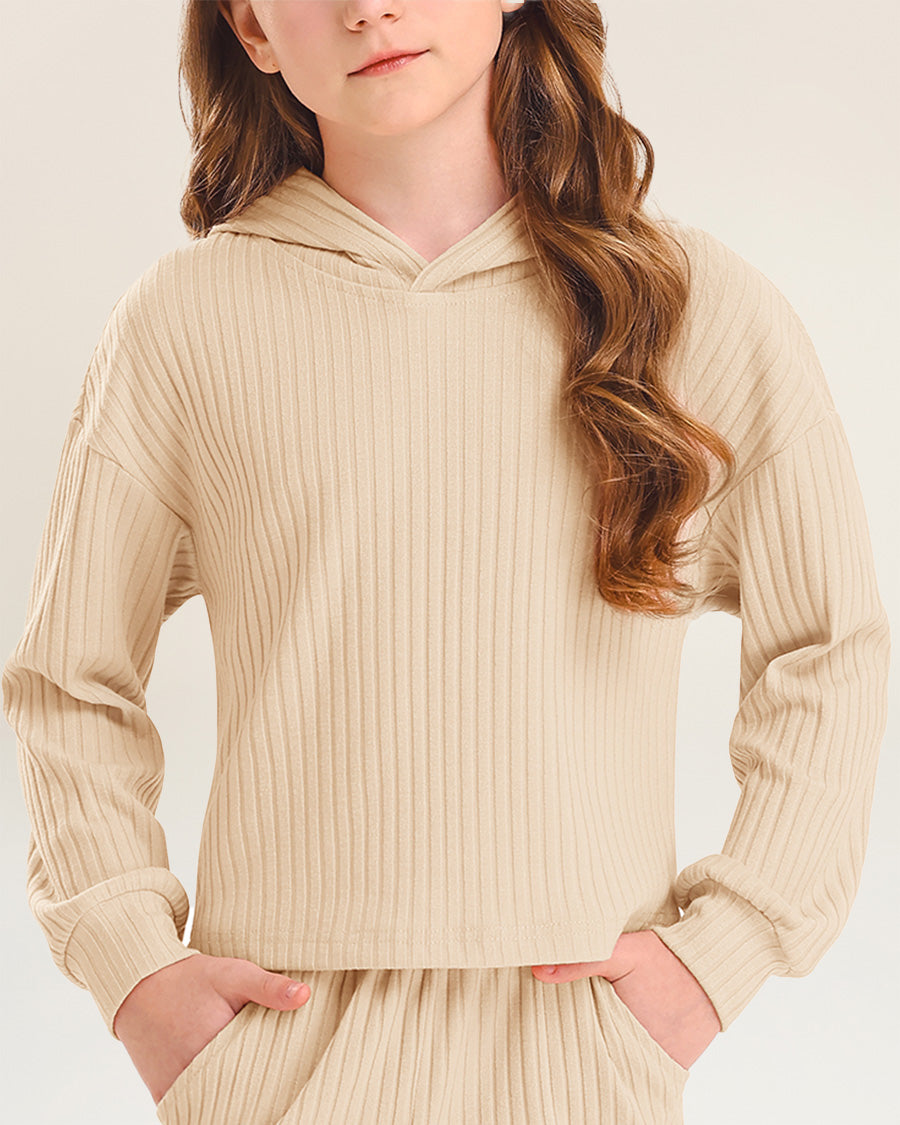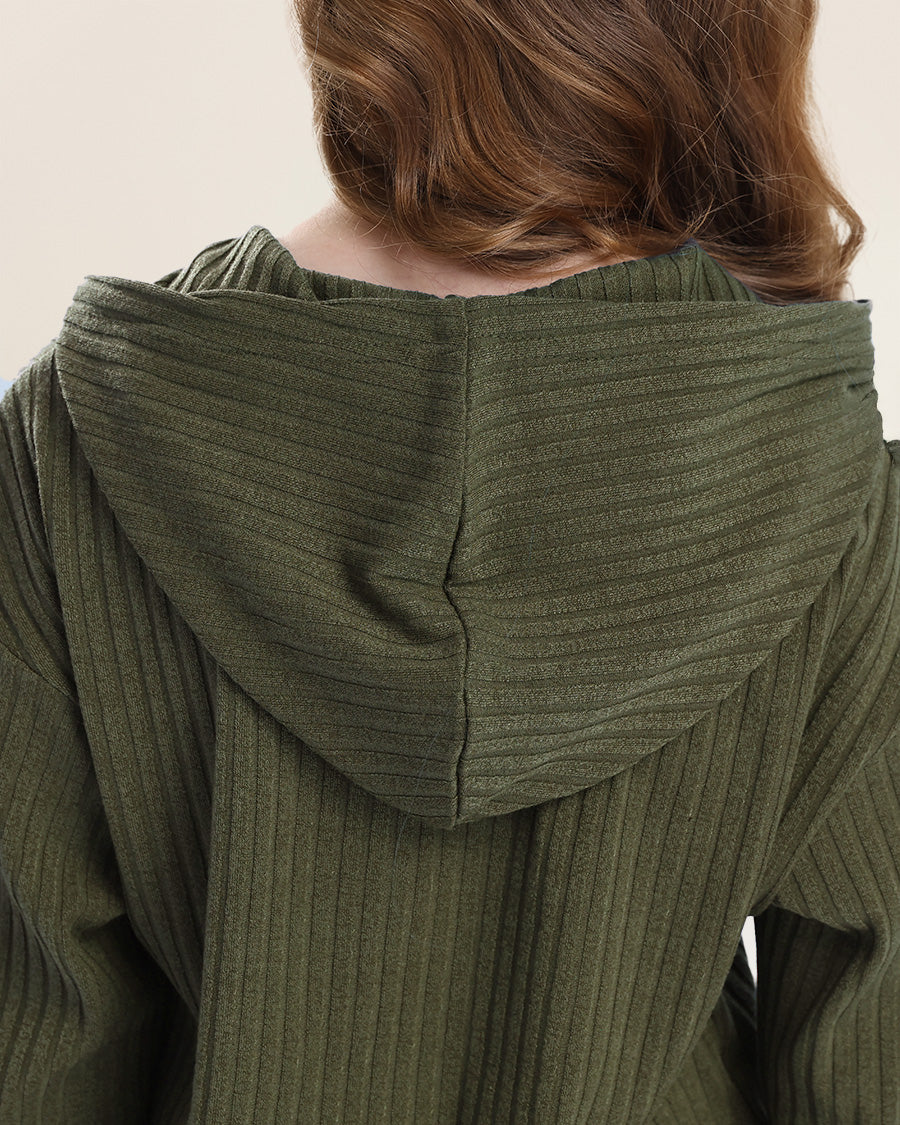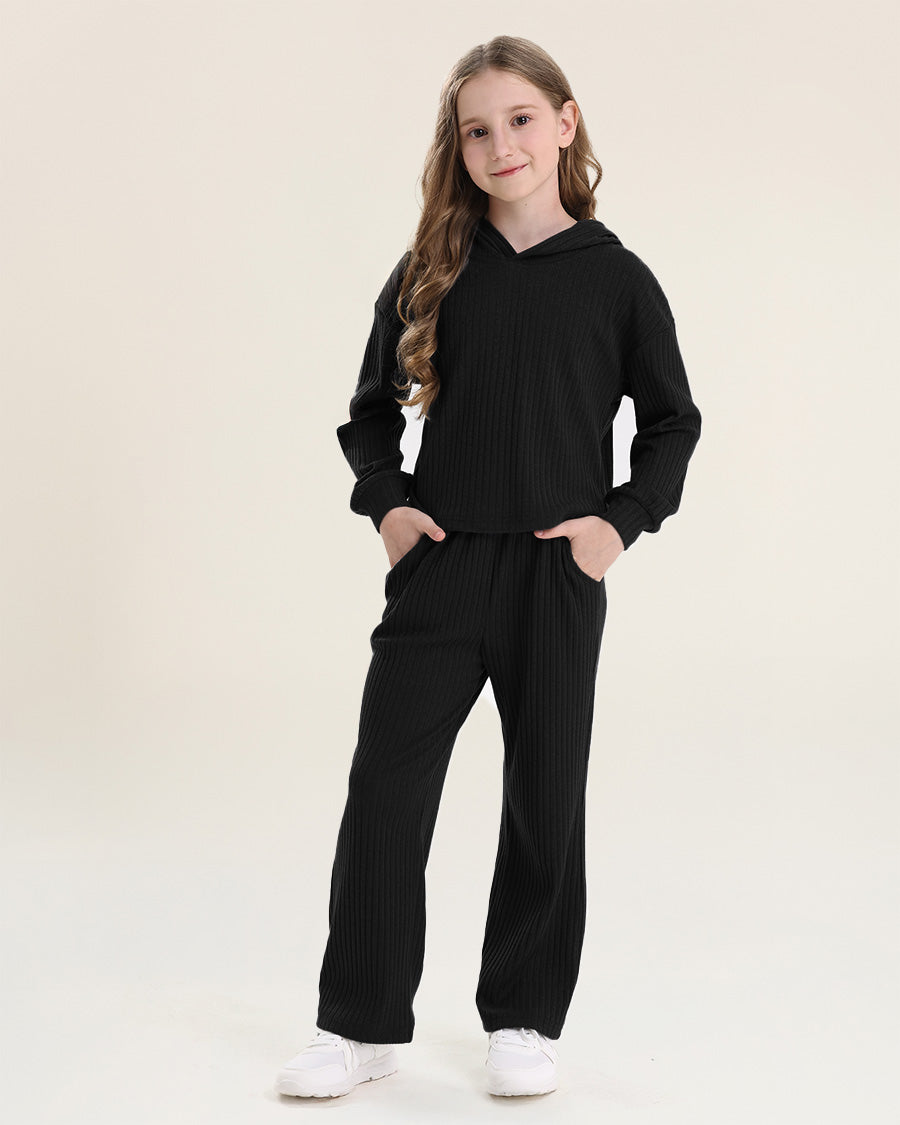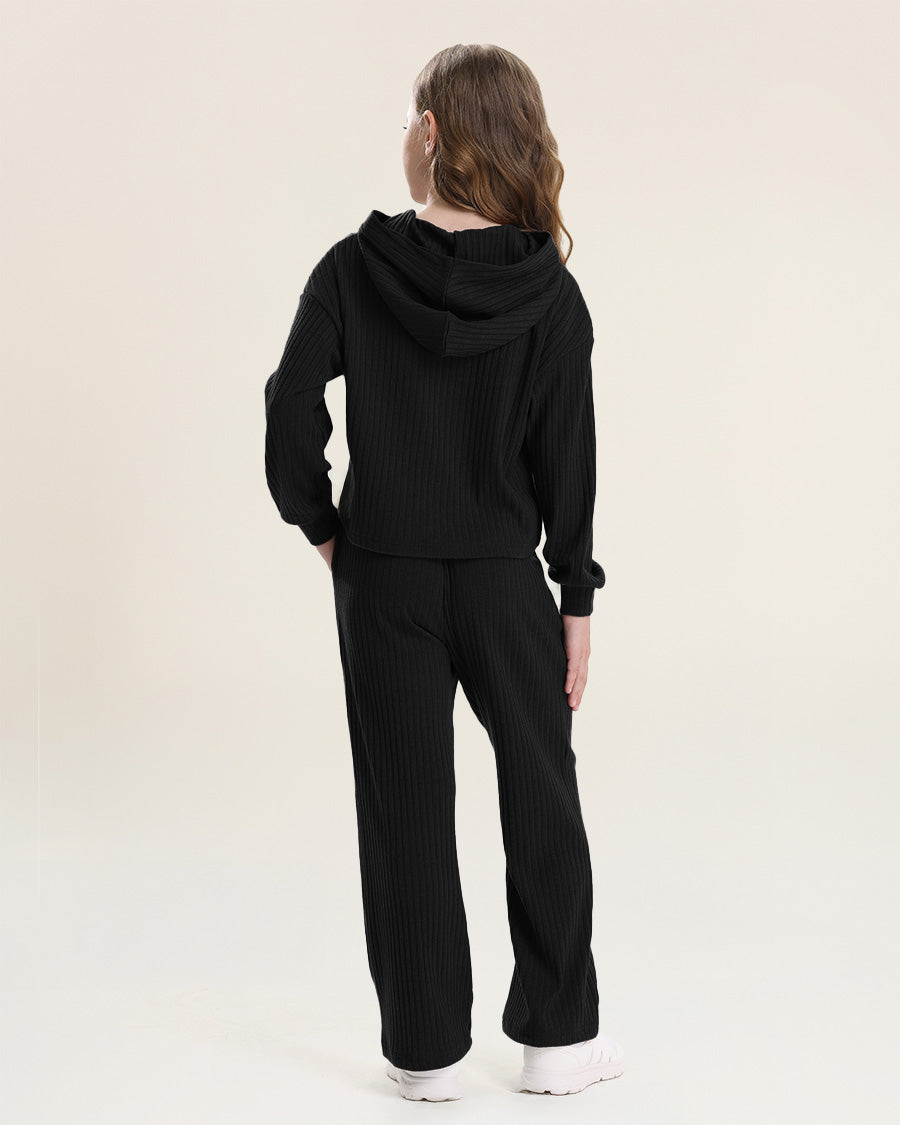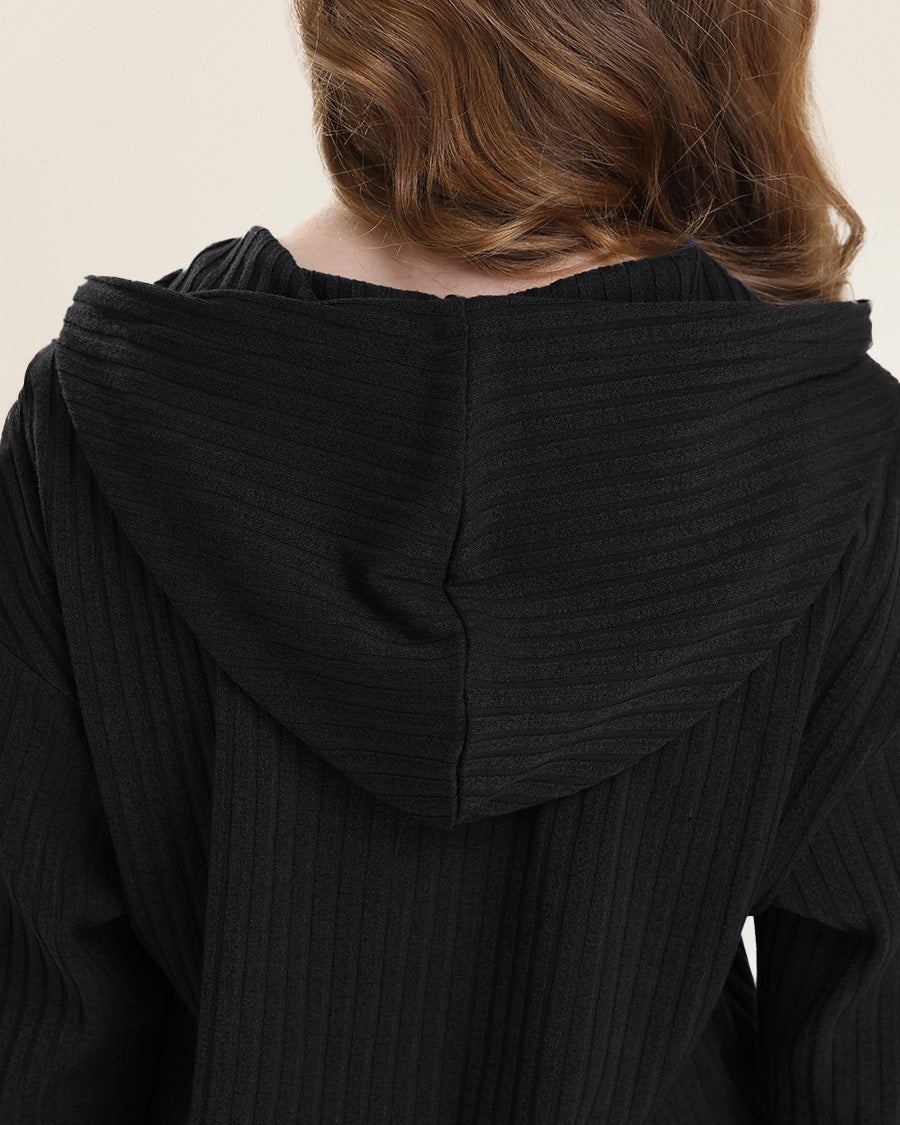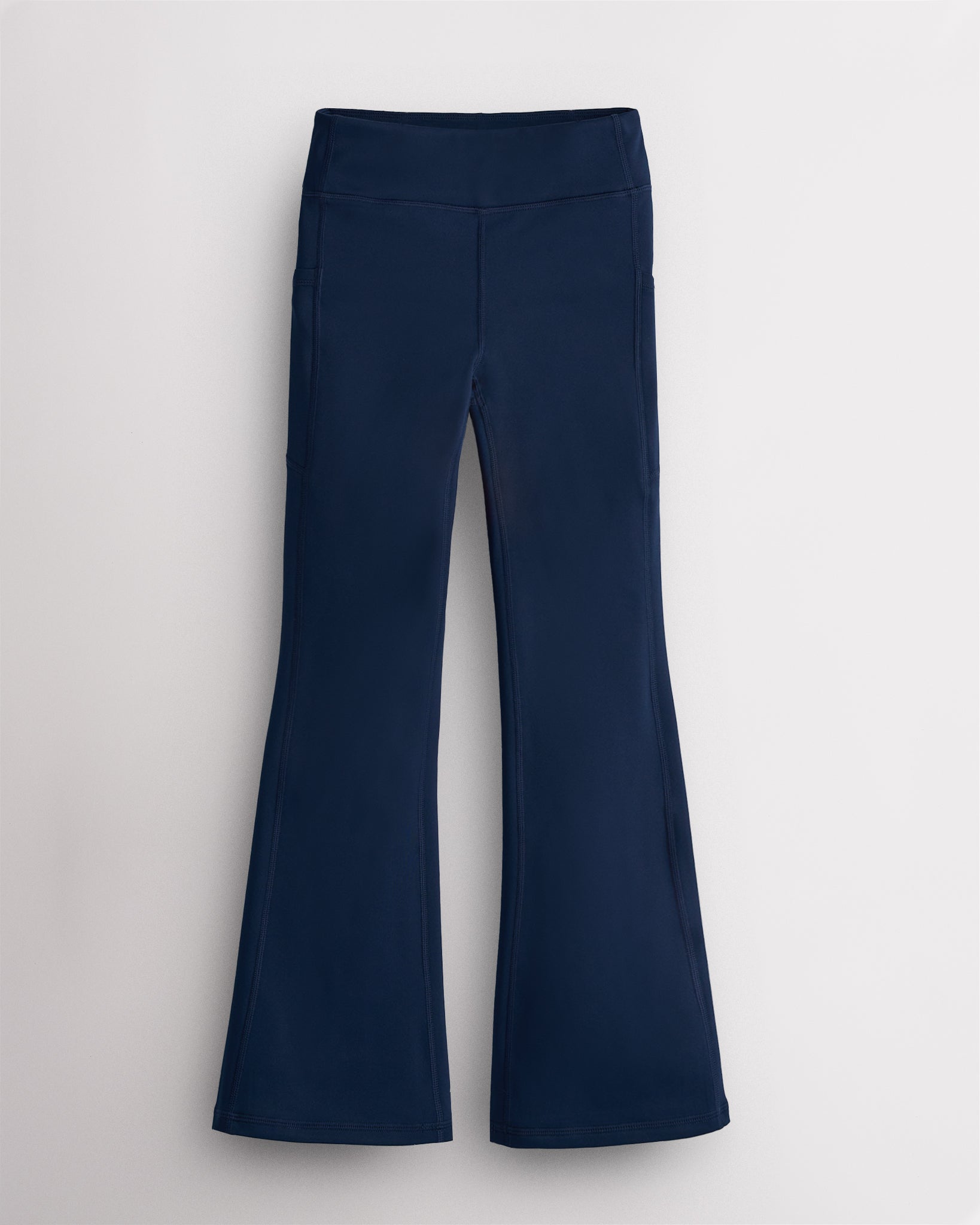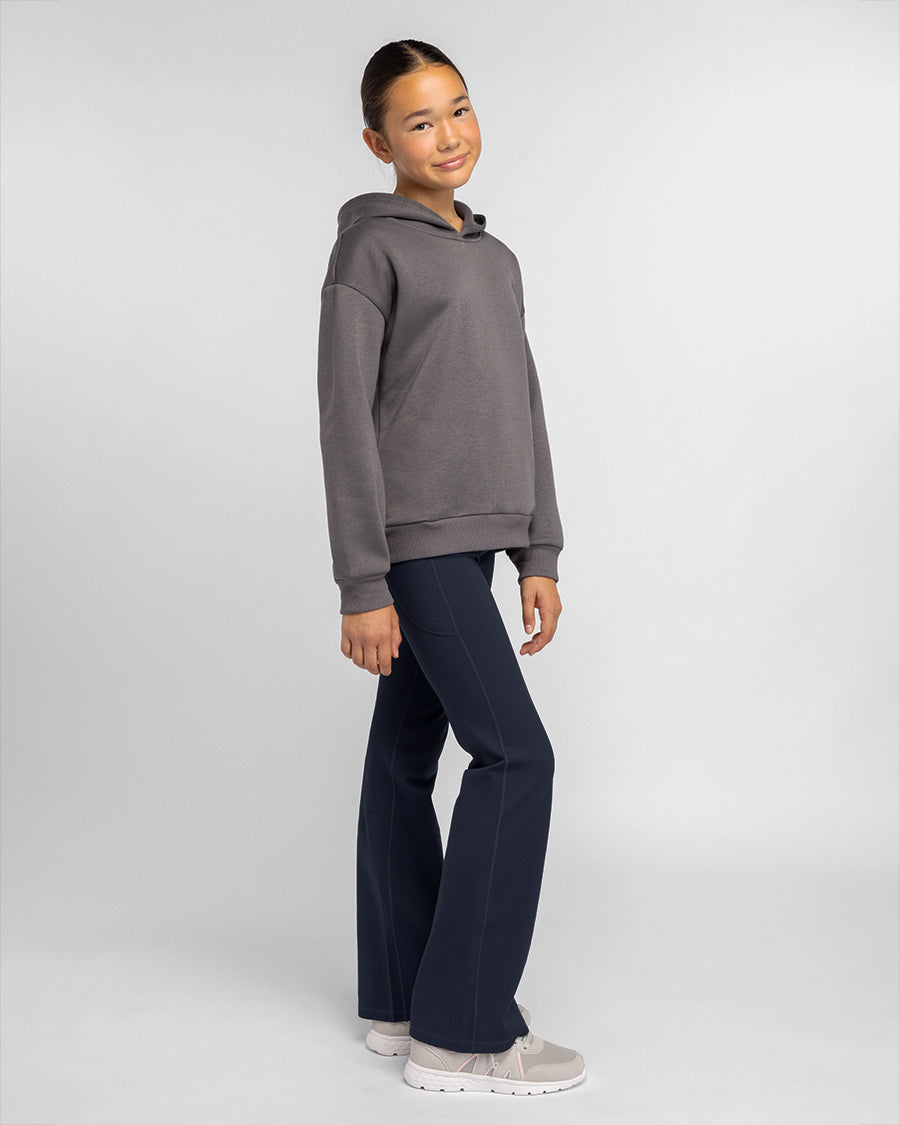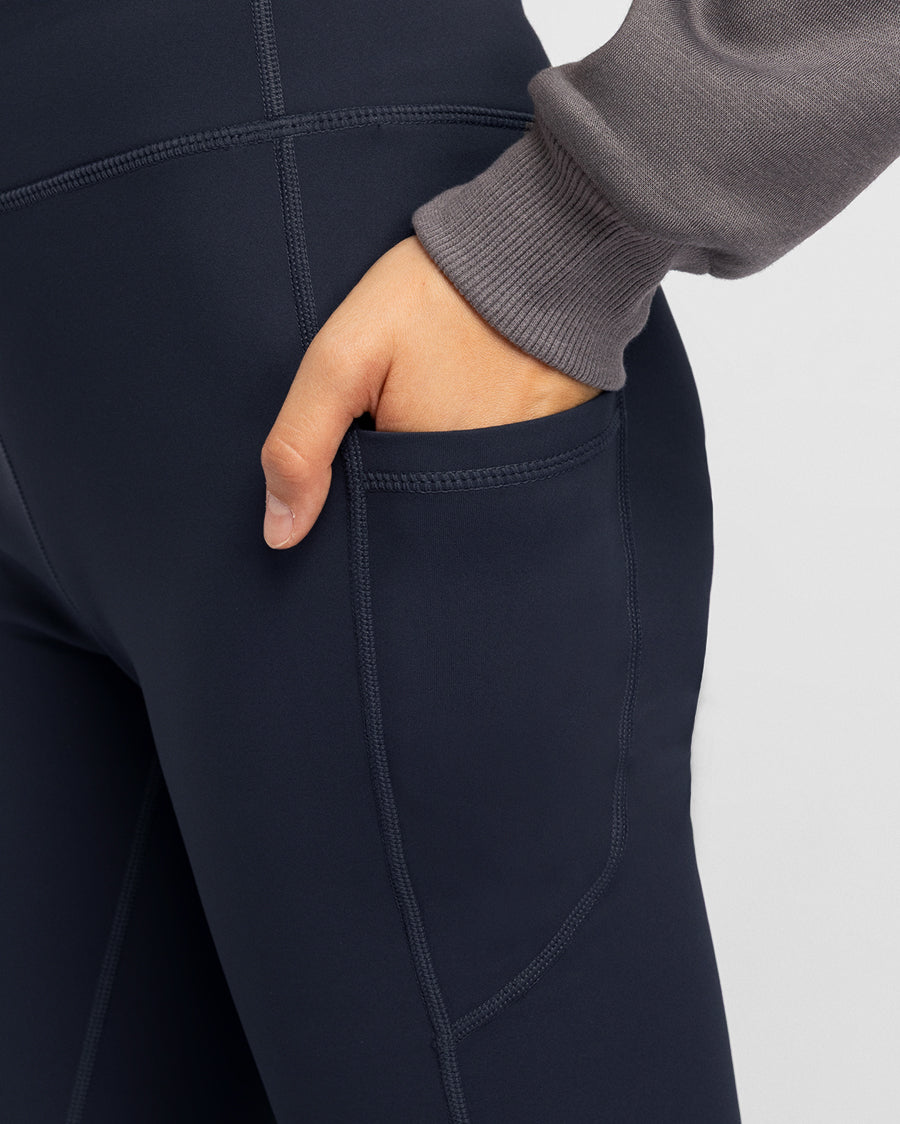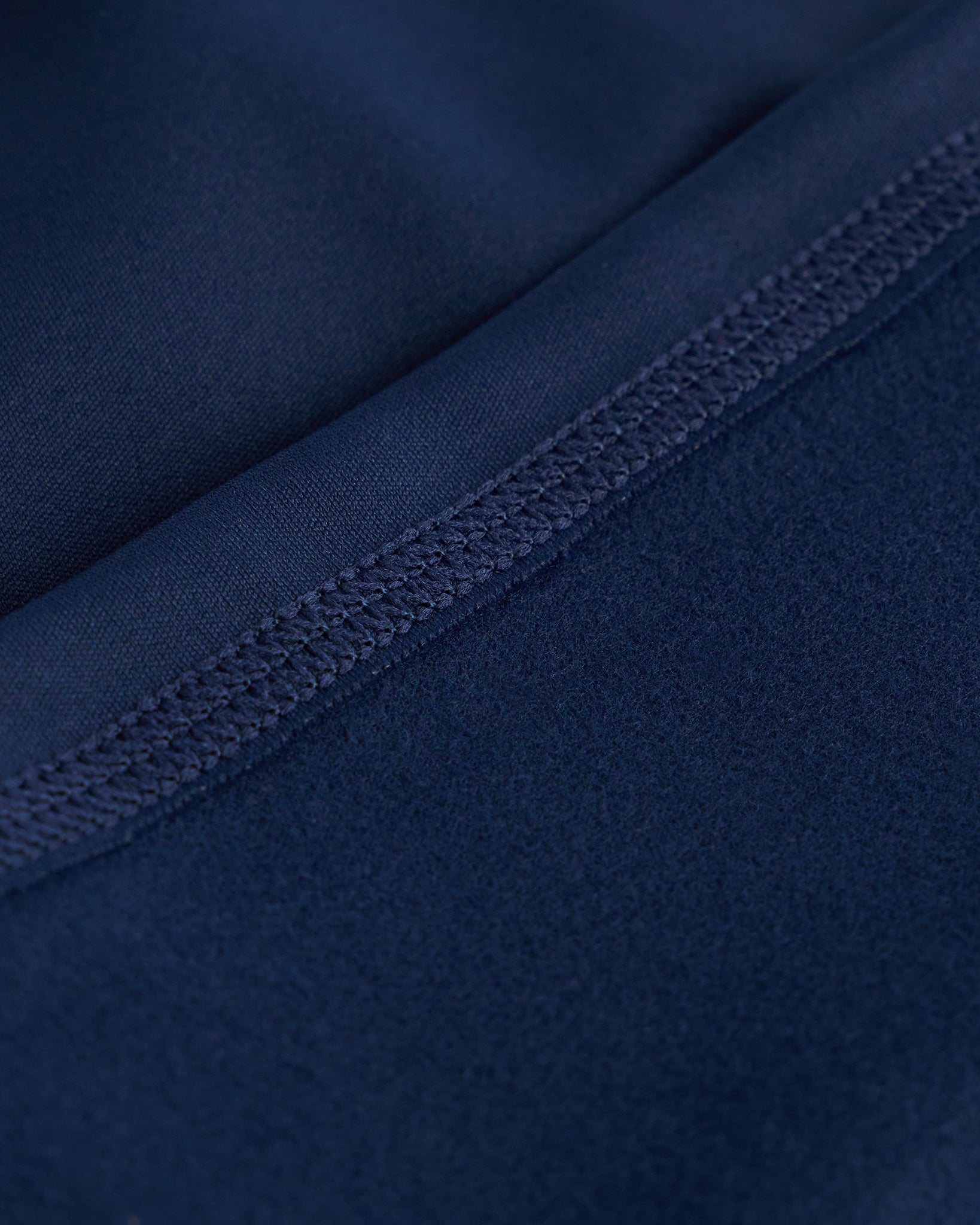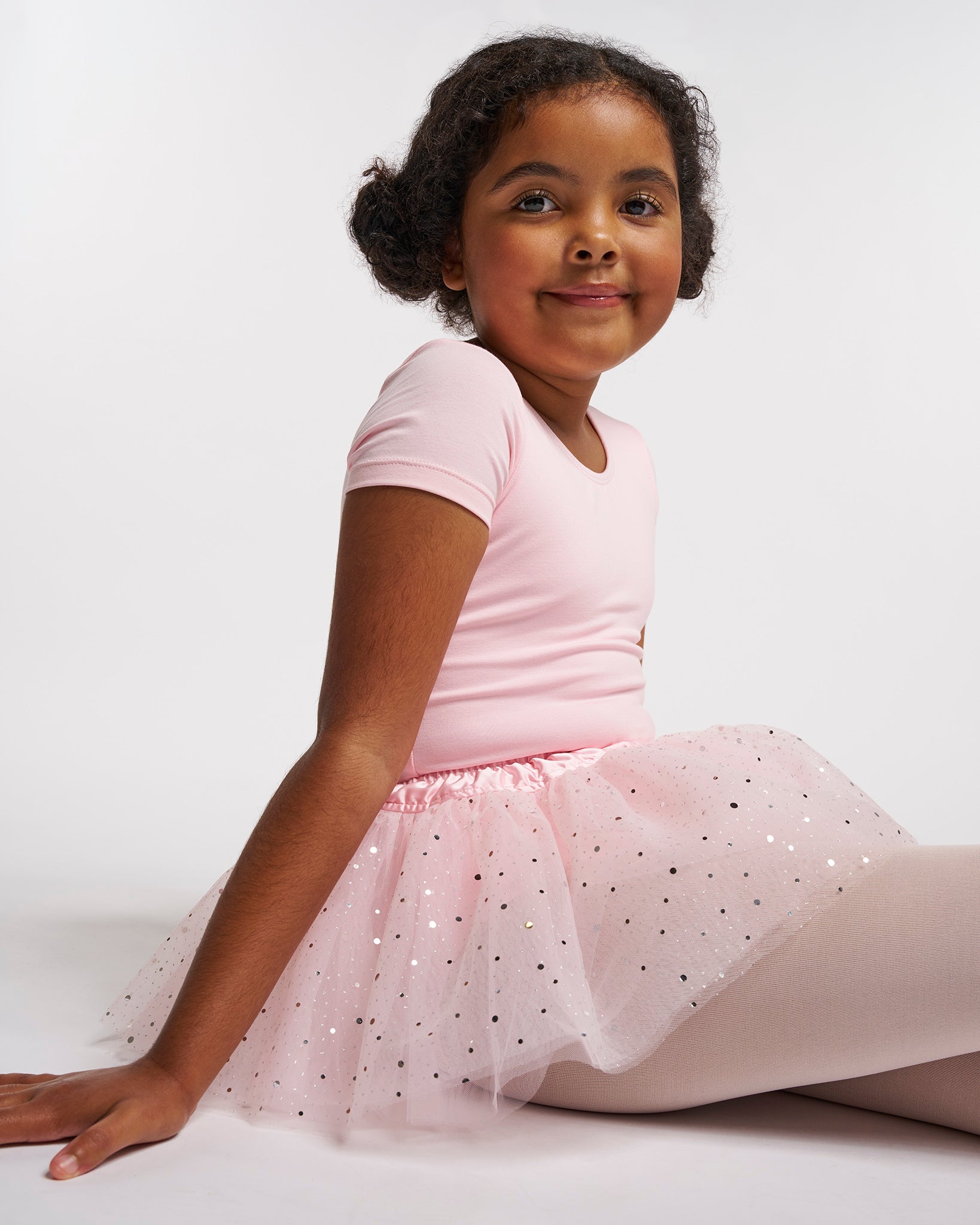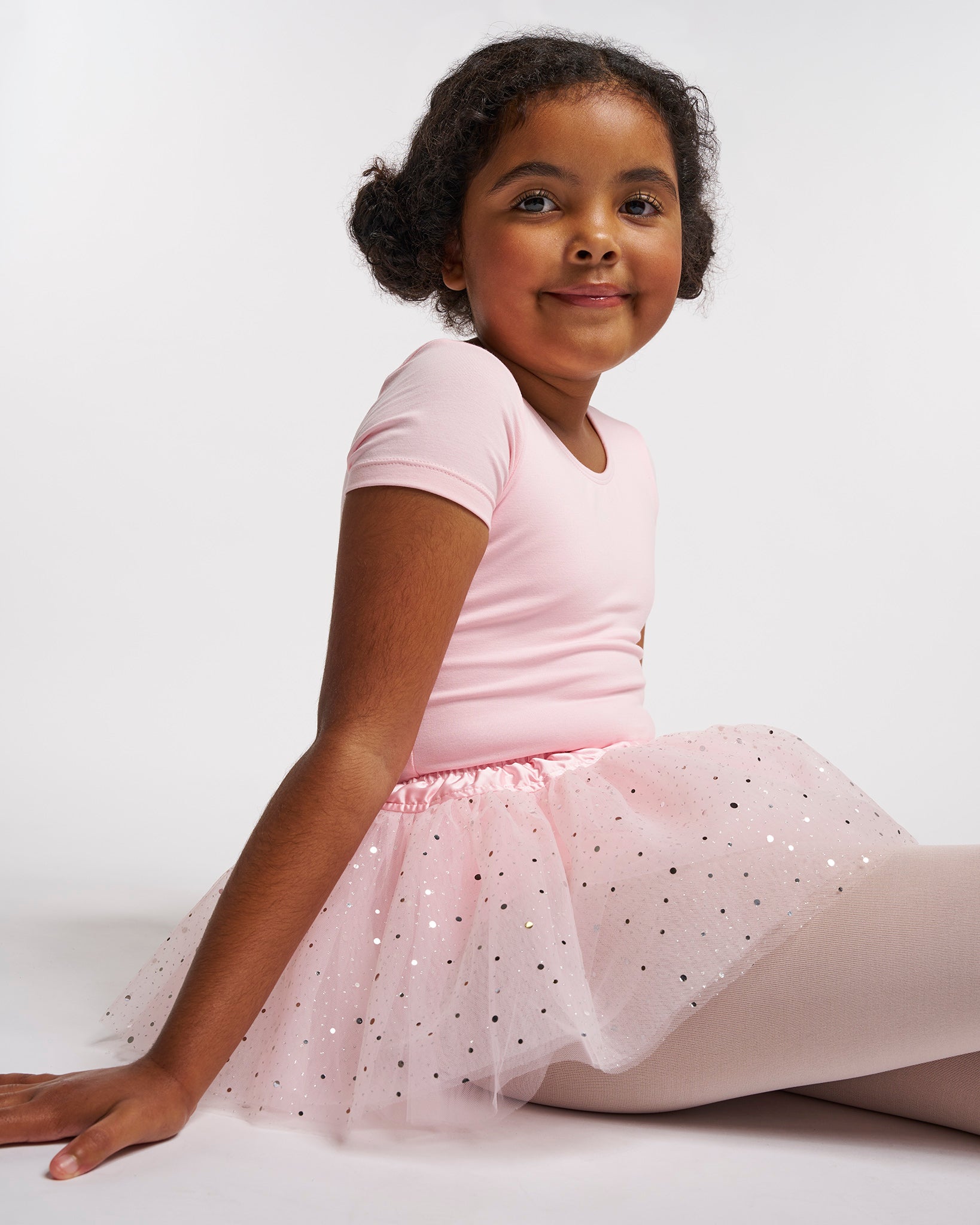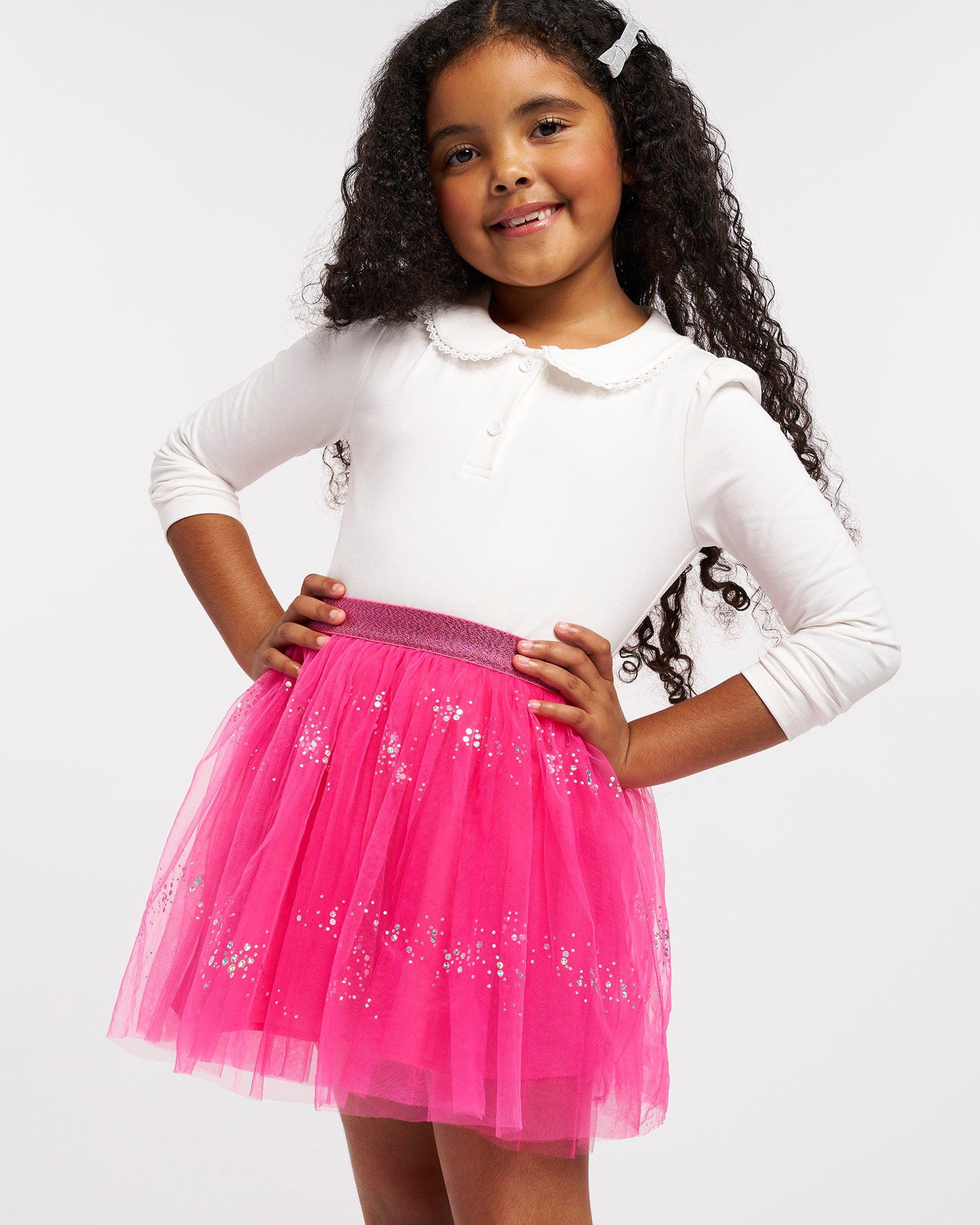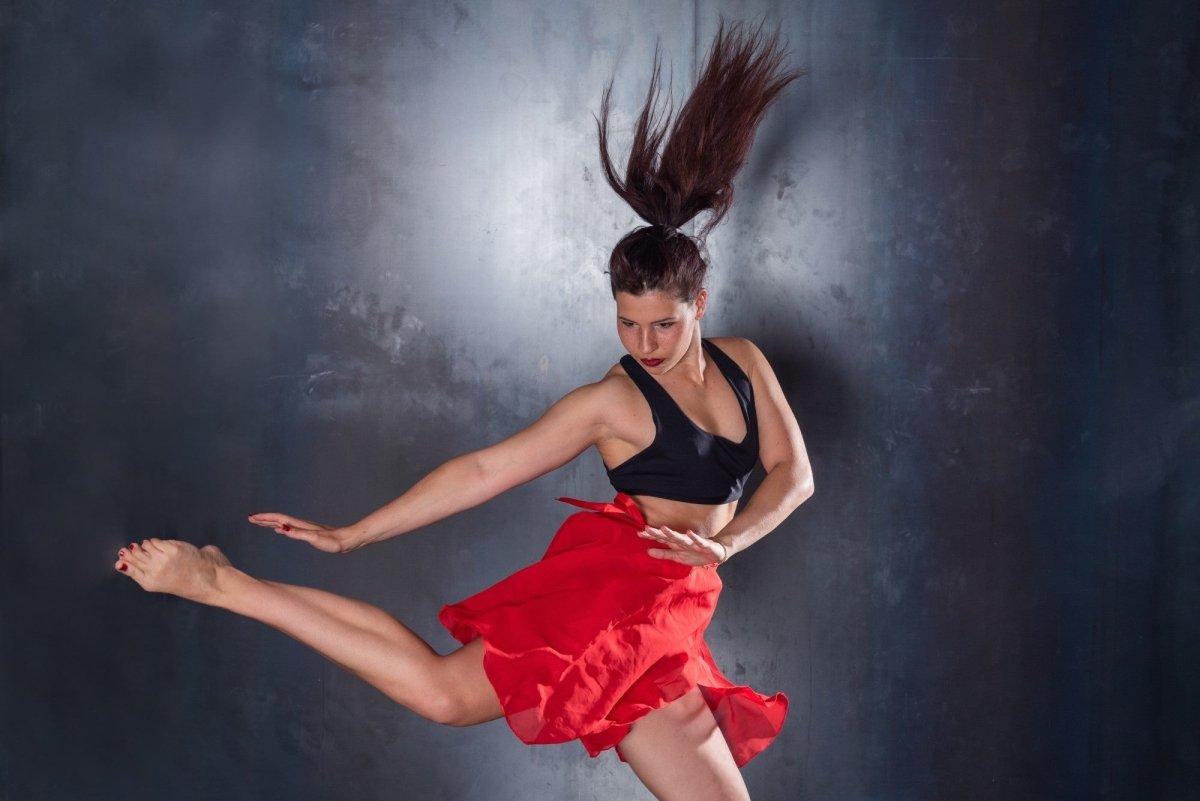Where Does Jazz Dance Trace Its Origins?
Table of contents
If you've ever seen a jazz dancer perform, you know they're full of energy, showmanship, and technique. While jazz dance is one of the most recognizable and popular forms of dance today, many are unaware of its rich historical background.
Jazz dance takes much of its influence from The Jazz Age, a memorable, unique part of American history. But looking back, there is so much more that has made this beautiful performance art into what it is today.
This article has your basic guide to where jazz dance traces its origins and how it has developed over the years.
What Is Jazz Dance?
Before diving into the origins of jazz dance, it's important to know exactly what it is. If you've never watched a jazz dancer move, you might not know how to identify this entertaining style.
Jazz dance is characterized by eccentric, exaggerated movements of the legs, arms, torso, and head. You'll often see a dancer use isolations, contractions, body rolls, and kicks to create sharp shapes and smooth movements. Specific jazz dance shoes help dancers turn, leap, and move quicker on stage.
In jazz dance, timing and emphasis on certain body parts are key to making it look as entertaining as it does. While jazz dance draws from casual dance styles, dancers must follow a strict technique when performing.
One thing that makes jazz such a widely loved form of dance is its ability to captivate the audience. You'll find yourself excitedly awaiting but never fully knowing a jazz dancer's next move. Pulling inspiration from generations past, jazz dancers are some of the top entertainers in the world.
Where Did Jazz Dance Start?
When thinking about the history of dance, African-American influence is prominent.
For centuries in African culture, dance was a form of sacred celebration. Many Black communities used dance as a way to preserve their unique identity and history. During the slave trade, millions of African slaves brought their beautiful, rich fusion of music and dance to the Americas.
While many slave owners prohibited any gatherings of enslaved people, quiet, private dancing lived on. Luckily, strict laws that placed regulations on enslaved people failed to suppress African dance and music for long.
White people in America decided that these unique dances and music were entertaining and enjoyable. These traditional African dances were now seen as comical and were often performed as a parody. This made it difficult for Black dancers to be taken seriously.
This prompted many Black performers to migrate to Europe in the 20th century. This brought a new wave of European influence on jazz dance and music. With a blend of Irish, English, and African rhythms, many performers of all ethnicities began embracing jazz as an art form.
Jazz Dance During the Great Depression

When the stock market crashed in 1929, this led to the Great Depression, a tragic time when many Americans lost their jobs and homes. To cope with the sadness of the Great Depression, many gathered in dance halls and clubs to distract themselves.
Jazz dance and upbeat music helped the average American find joy during this time. With the popularity of big band music from Louis Armstrong, Duke Ellington, and much more, the jazz scene became a vibrant part of life.
Some of the most notable dances to come from this time were the Swing, Foxtrot, Jive, Samba, and Rumba. This time period was transformative for jazz dance. What was once seen as a comical form of expression was now one of the most appreciated activities in everyday life.
Notable Early Jazz Dancers
Following the 1930s, jazz dance lived on as a fun way to unite friends, family, and strangers. Many people continued to perform the popular jazz dances on stage, in dance clubs, and at parties. The soulful, expressive form of movement stayed true even as a stricter technique began to form.
Some of the early jazz dancers like Lester Horton and Katherine Dunham worked to create a discipline out of the jazz style. Both the Father of Jazz Dance Technique and the Father of Jazz Dance, Jack Cole worked to combine modern dance techniques with jazz style.
Jack Cole was the first to create a set technique that was shown on stages and on the big screen during the 1940s and 1950s.
One of the first to open a jazz and modern dance studio in America, Katherine Dunham is another notable name. Considered as the Matriarch of Black Dance, Dunham combined many cultural influences. Today in dance studios across the world, many learn techniques that would not exist if it wasn't for her.
Another notable jazz dancer, Lester Horton was a pioneer for both dance and racial inclusivity in performance. Horton used Native American influence as well as anatomical studies to create his own unique technique.
Jazz Dance Today
Today, dancers everywhere learn techniques reminiscent of African, European, and Latin American cultures. It's important to note that without the work of African slaves to preserve their own history, jazz dance would be nowhere near what it is today.
As dancers perform various jazz routines on stage, we can still see hints of popular moves from the Swing and the Jive. Dances like the Rumba, Samba, and Foxtrot also still live on.
Not only does today's jazz incorporate movements from modern dance, but it also incorporates ballet dance. While jazz was once a free, casual style, the strict technique has become an important part of today's stunning performances.
Learn How to Dance Jazz

Jazz dance is certainly a beautiful part of many cultures. Not only are the movements fun and exciting to watch, but they also tell an important story of the past. By following techniques and movements from generations gone by, jazz dancers today put on quite the show.
If your dancer is ready to learn how to dance jazz, check out our dancewear shop and get them ready today.






